Barayagal Choir Wellbeing Exchange Tour 2023
Barayagal is an intercultural collective of singers that gathers to sing songs of culture and stories. Directed by Yuwaalaraay songwriter Nardi Simpson, the choristers sing to the place we are in and to the places we all come from.
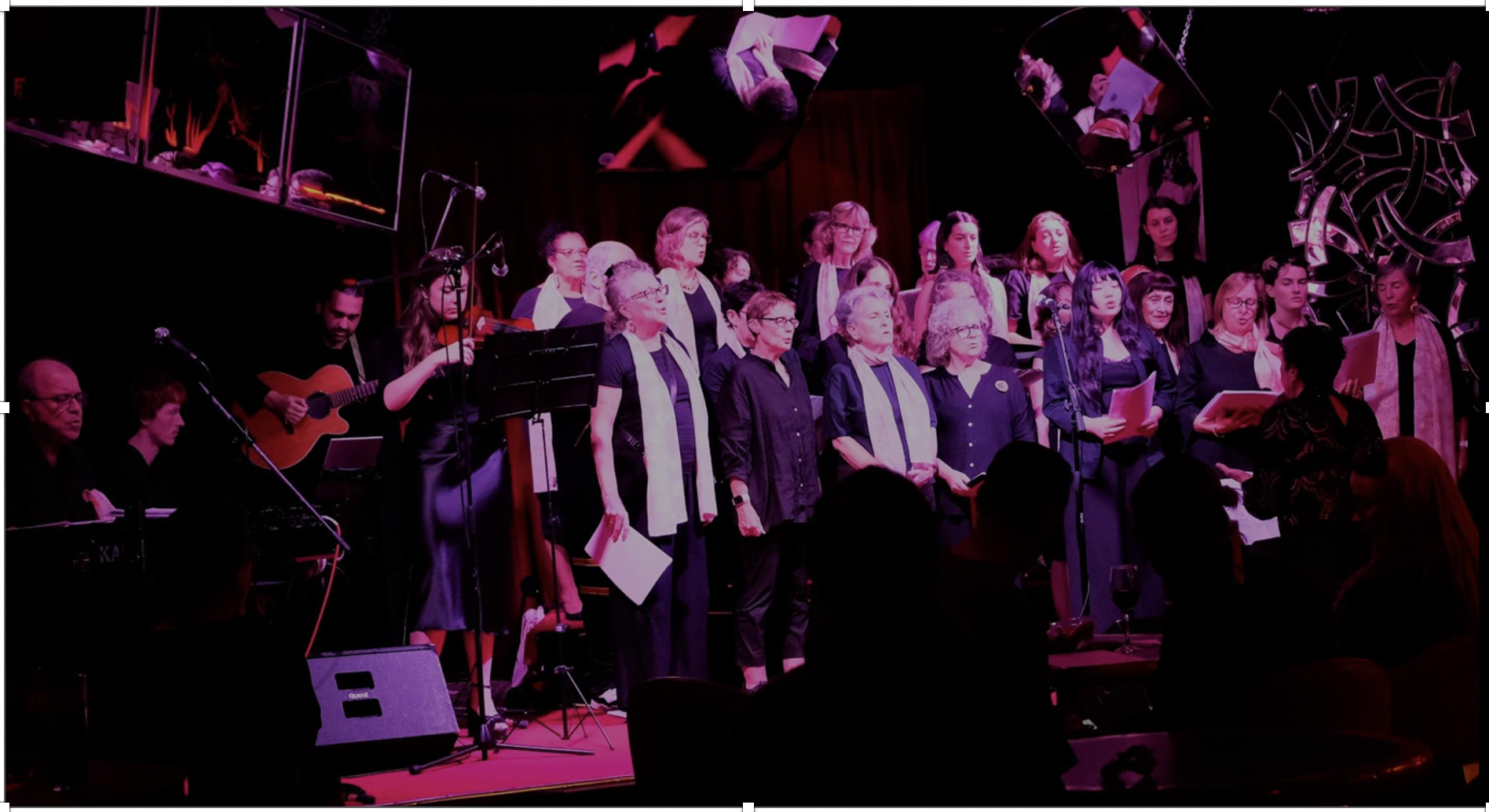
The Barayagal choir establishes a regular ‘meeting place’ of song each Wednesday evening 6pm -7:30pm during university semester at the Redfern Community Centre, 29-53 Hugo St, Redfern.
Barayagal is about friendship, culture sharing and togetherness with 1st nations and non-Indigenous people of Sydney University, Conservatorium students and the wider Sydney Aboriginal and Torres Strait islander communities. Barayagal performs at festivals and cultural events.
SoundCircle – is a Sydney Conservatorium chamber music class: Intercultural Aboriginal Music Ensemble (IAME). The class is directed by 1st Nations performers Nardi Simpson Yuwaalaraay, and Matthew Doyle Dharawal / Marrawarri. In this weekly class, the 1st Nations directors share their cultural stories with the students, and the students respond with their musical ideas, mainly through improvisation. Songs by the directors, are also notated. SoundCircle performs at cultural events with their 1st Nations directors, and in this case, the ensemble class travels with their director, Nardi Simpson to her Yuwaalaraay homelands in north west NSW, accompanying the Barayagal choir. Conservatorium students are encouraged to enrol in this chamber elective class each semester.
Tour 2023 April 12-16
In April ’23, the Barayagal Choir , Nardi Simpson and SCM Aboriginal Music Ensemble SoundCircle, travelled to Nardi Simpson’s Yuwaalaraay homelands for a ‘wellbeing exchange’ with the 1st Nations elders and communities of Walgett, Narran Lake, Lightning Ridge and Brewarrina. For this we say and sing ‘gaba ngiyani bawildandaay (when we are singing we are happy).
Nardi Simpson musical director
Dr Kevin Hunt co-ordinator/facilitator
Crystal Wang, 1st yr Bmus Jazz Performance – voice
Noah Brooks, 1st yr Bmus Jazz Performance -piano
Matthew Dobell-Brown 1st yr Bmus Jazz Performance -piano
Jenna Lewis 4th yr Bmus Improvised Music -saxophone, voice, guitar
Charlotte Gaal 2nd yr Mus ED – violin, bass clarinet
Umberto Debellis 4th yr Bmus Hons Jazz Performance – guitar
Touring members of the Barayagal Choir
Jennifer Rowley Kathryn Silvester Noella Lopez
Jan OLoughlin Annie Fenwicke Kim Bulkeley
Kaleena Briggs Angela Collins Kathryn Millard
Matt McMiles Maree Chellos Susan Atkinson
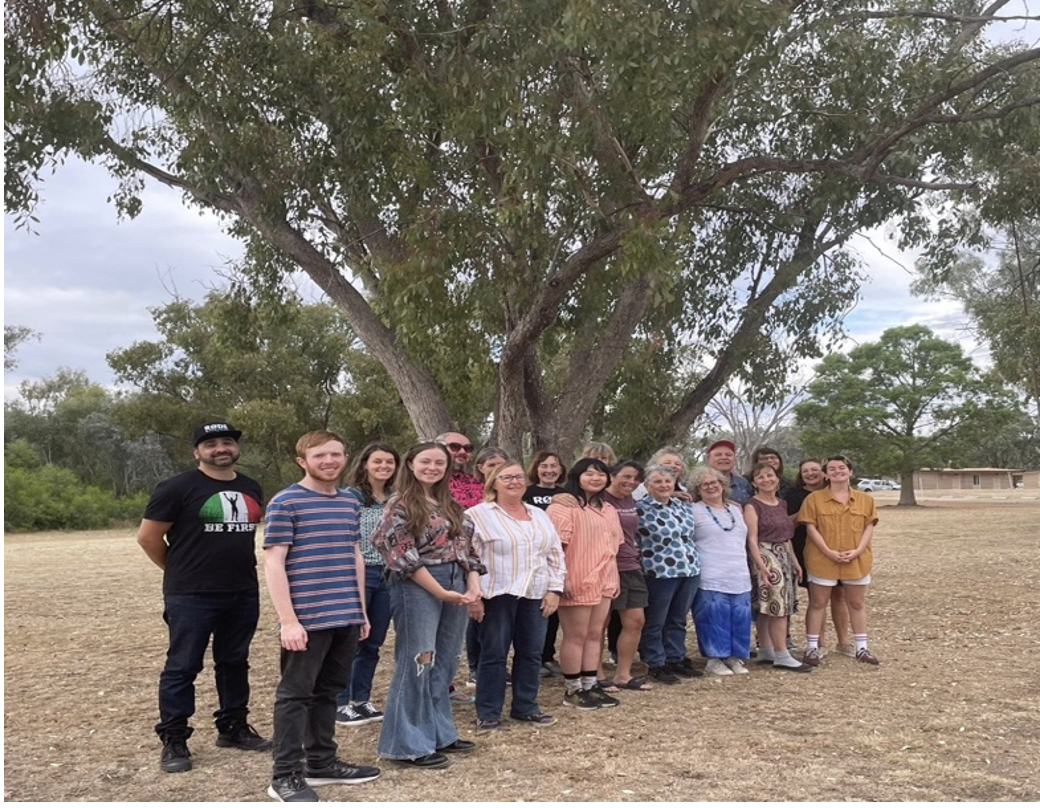
Wed 12th April – Lightning Ridge
After driving 10 hours north west on Tuesday 11th April, and settling into our accommodation on the Barwon River close to Walgett, we began our exchange with a workshop bright and early the following day at the Tin Camp Studios, in Lightning Ridge.
Barayagal and SoundCircle collaborated with local Lightning Ridge school students and teachers at the Tin Camp studios, to record a song of Nardi’s ,Yaama – meaning hello, g’day. Yaama is a learning song for the Yuwaalaraay language. OutBack Arts and the Sydney Conservatorium of Music, sponsored this collaboration to provide an opportunity for the local musicians and the Conservatorium musicians to record a song for a local school project.
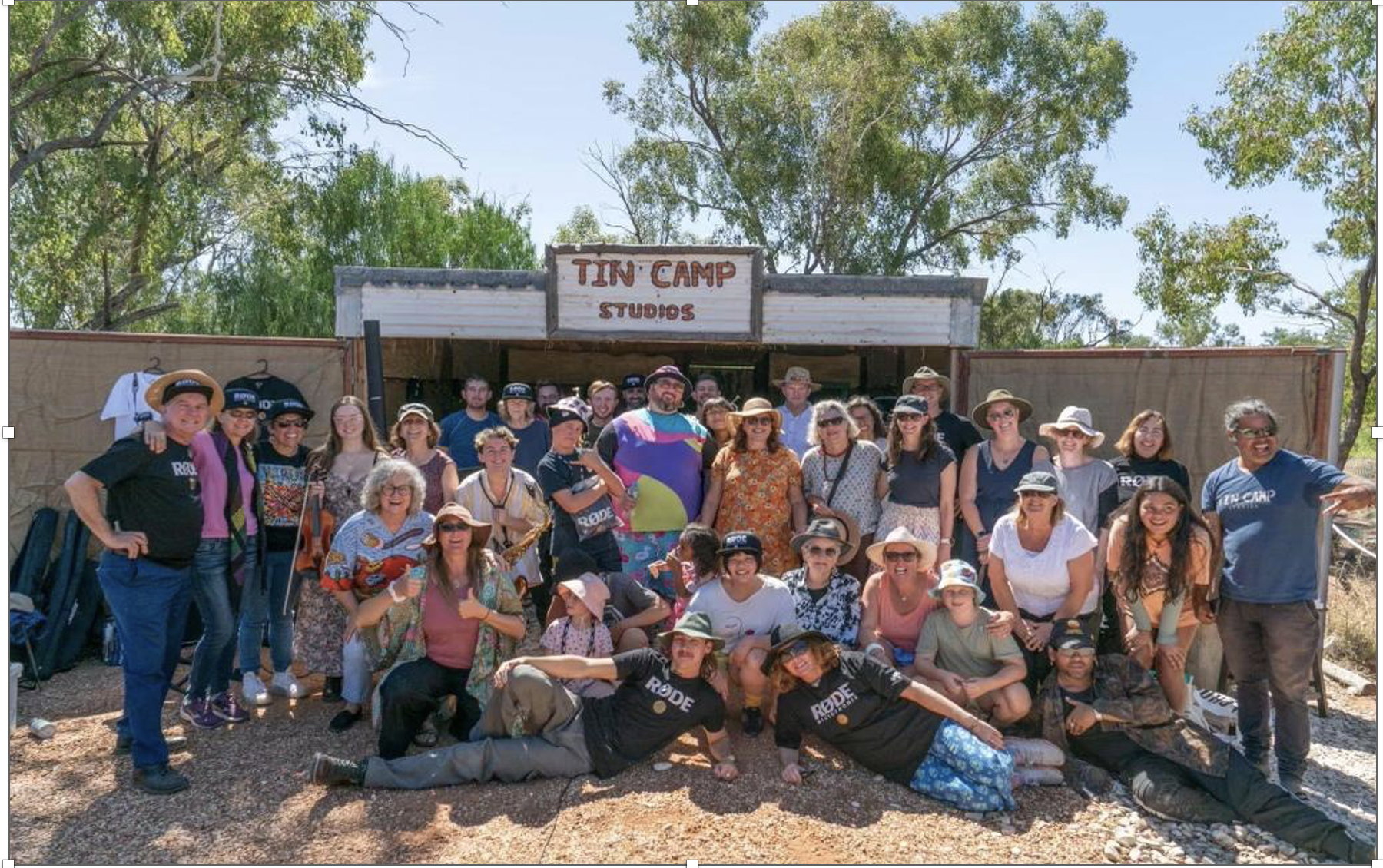
After lunch with the Yuwaalaraay elder Trina Brown Simms, Barayagal and SoundCircle conducted a workshop in the Bowling club with local Lightning Ridge Aboriginal elders.

The songs in this workshop by Nardi Simpson are offered as gifts to the community. The energy of sharing of the songs with the locals, then transpires back to Barayagal and SoundCircle, and the feeling is an overall shared, wellbeing exchange.
After grocery shopping for the next day’s lunch in Narran Lake National park, SoundCircle and Barayagal set up back at the Tin Camp Studios for a night of performances. Four sets of music with local performers, SoundCircle , Barayagal choir and The Stiff Gins. The Stiff Gins are a highly acclaimed songwriter-performer duo of Nardi Simpson and Kaleena Briggs Wirradjuri / Yorta Yorta. Kaleena Briggs also sings in Barayagal. Nardi and Kaleena have written and performed their music for over 20 years. The Stiff Gins is one of our Nations great 1st Nations groups with several awarded recordings.
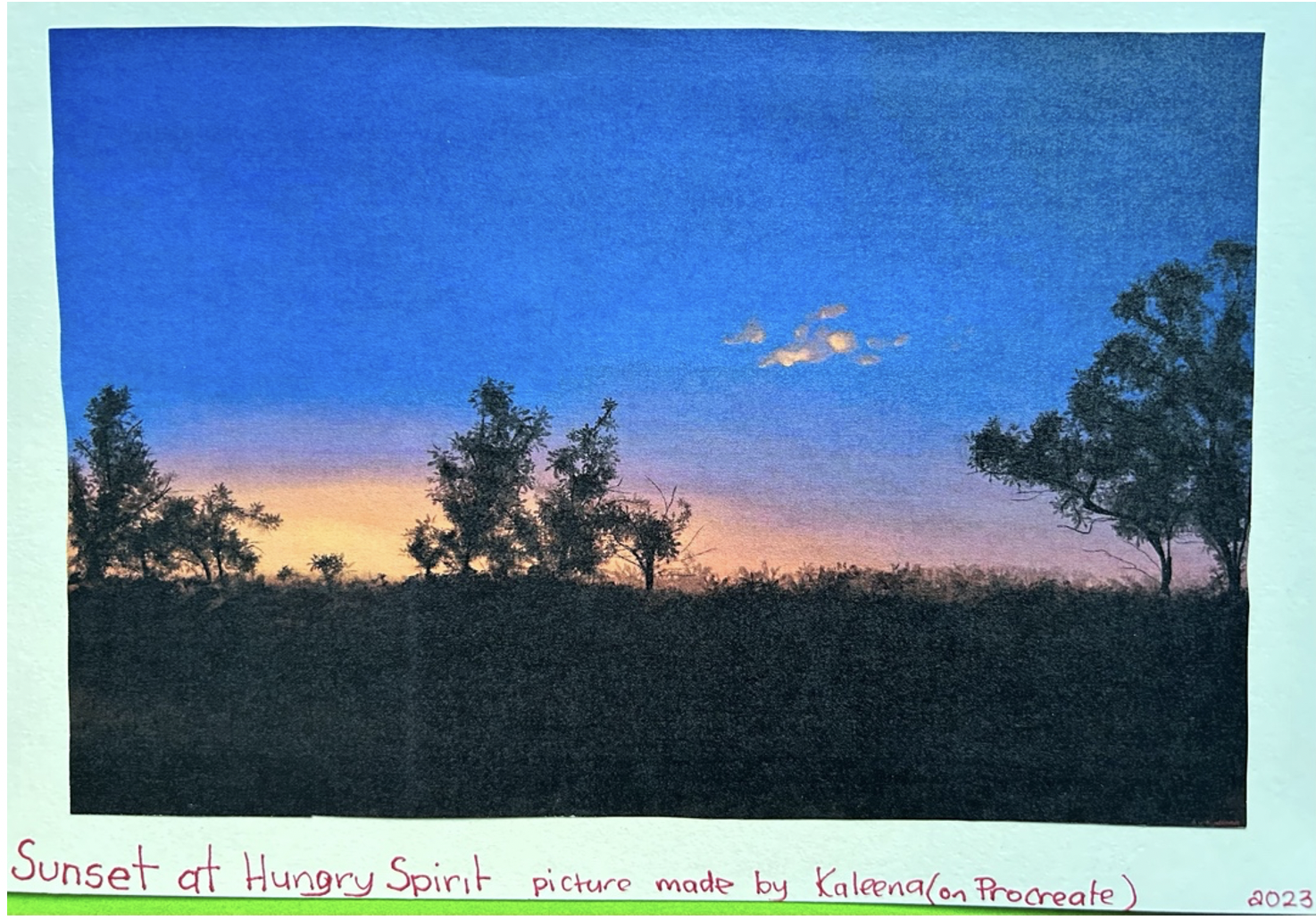
After the performance, SoundCircle and Barayagal and the bus driver Max, had a relaxing ‘soak’ in the Lightning Ridge bore bath, under the stars.
Thurs 13th April Narran Lake
On Thursday 13th April, we travelled 1.5 hrs over country to the Narran Lake national park . This is a most sensitive area for realising the depth, age and continuation of Aboriginal spiritual ways of life. At this special place, elders Brenda McBride and Rhonda Ashby shared the creation story of Narran lake.

NARRAN. Creation Story
The non-Indigenous people of Barayagal and SoundCircle are most fortunate and privileged to be granted a visit to this most special of cultural places, with the guidance and permission of the local elders Brenda McBride and Rhonda Ashby.
Barayagal and SoundCircle performed several songs at Narran Lake by Nardi Simpson, that reveal the spiritual reality of the significance of Narran Lake : Dharriwaa ; Yaggera Mayra ; Yilaaluu; Mimmii. SoundCircle then jammed on some bluesy tunes which provided some surprising entertainment for all!

The Narran Lake wetlands are a meeting place where thousands of people from surrounding areas have gathered to enjoy the abundant resources, to trade and to participate in cultural activities. The reserve continues to be an important resource for the local Aboriginal Community, both for educational and cultural purposes. It is also a place where wetland ecology is closely monitored and studied.

As a ‘safe keeping’ send off from country, Brenda McBride conducted a smoking ceremony for all.

Brenda McBride – smoking ceremony Narran Lake 13th April ,2023.
FRI 14/4
On Friday 14th April, Barayagal and SoundCircle conducted a workshop of song learning at the Walgett Aboriginal Medical Service (AMS) for the local community as guests of local elders Virginia Robinson and Wendy Spencer (CEO DEG Dharriwaa). At the Walgett AMS we also engaged in a discussion about the serious breakdown of the drinking water supply in Walgett. Bottled water transported into the town was the only means of drinking water for an estimated population of 2145. Walgett’s water treatment plant had failed to handle turbidity and blue-green algae in the Namoi River. Virginia Robinson appeared on ABC TV Q&A, to convey the seriousness of the ongoing community health problem to the nation. Through Barayagal’s performance earnings, we were able to donate money to the urgent funding appeals set up by the Dharriwaa Elders Group (DEG) in Walgett :
DEG’s Organisational Support Appeal: https://www.givenow.com.au/dharriwaasupportappeal
DEG’s Food and Water Appeal: https://www.givenow.com.au/foodandwaterappeal
DEG’s Covid-related Work and Relief Appeal: https://www.givenow.com.au/dharriwaaeldersgroupcovid
SAT 15/4
On Saturday 15th April, we travelled to the very special Baiame’s Ngunnhu, the Brewarrina Fish Traps, to perform at the Family & Culture day of Baiamies Ngunnhu festival. We were invited guests of the Brewarrina Local Aboriginal Land Council and elder Lily Shearer Marrawarri / Ngemba.
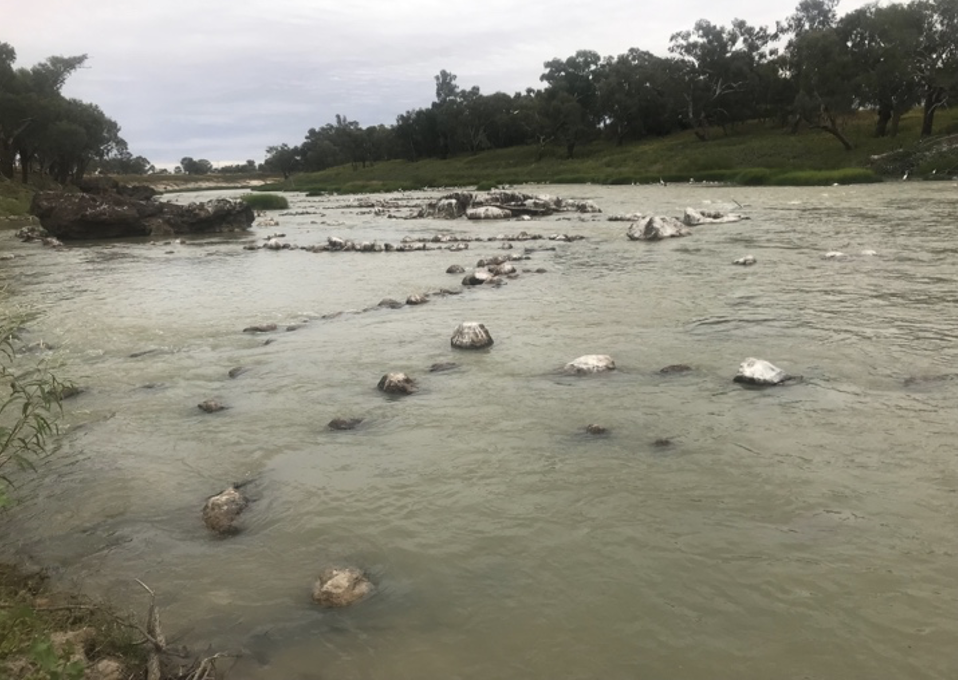
The Brewarrina Fish Traps, or as they are traditionally known Baiame’s Ngunnhu, are a complex network of river stones arranged to form ponds and channels that catch fish as they travel downstream. Known as one of the oldest human-made structures in the world, the local Ngemba people share the traps with other tribes including the Muruwari, Baakandji, Weilwan, Barabinja, Ualarai (Yuwaalaraay) and Kamilaroi.
During sunset, SoundCircle ,Barayagal and the Stiff Gins performed on the banks of the Barwon River, adjacent to Baiame’s Ngunnhu.
This was our final performance and the most special one for SoundCircle. At this performance the SoundCircle. found a new way to play with the Barayagal choir, as a more united sound, instead of in an accompaniment role. Perhaps the instrumentalists arrived at this way of playing by putting themselves freely into the music, as each song became their song. This is a result of being together in music for four days in workshops and performances each day with Nardi Simpson and local people of the communities.
Perhaps more importantly, Charlotte, Crystal, Jenna, Umberto, Matthew and Kevin, recognised they were learning about themselves in letting the songs lead them, and in this letting go’ with the 1st Nations locals and elders, SoundCircle received the generosity of the land and it’s people, and responded with their musical hearts in an exchange that will never be forgotten.
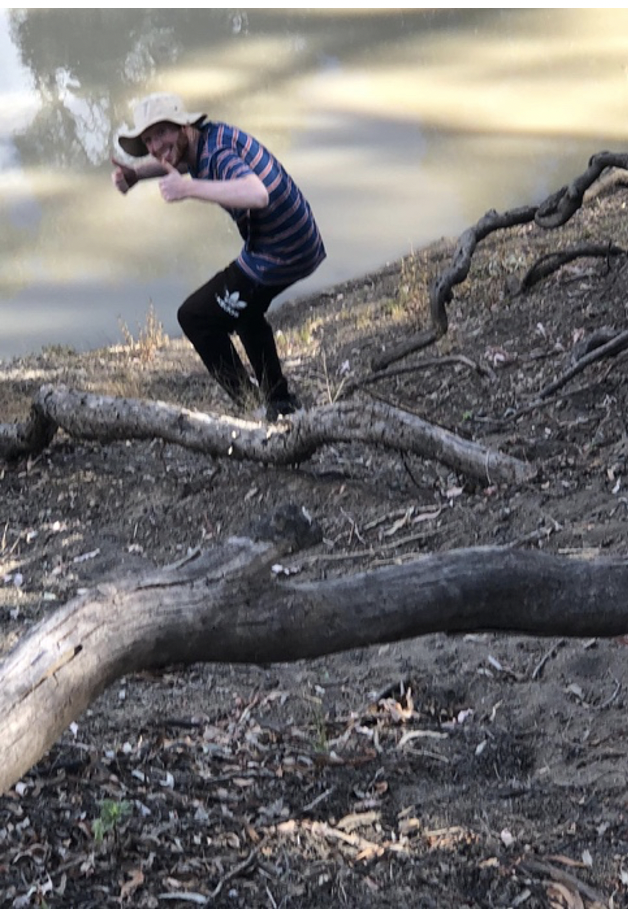
 Touring SoundCircle : front row – Jenna Lewis, Crystal Wang, Charlotte Gaal;
Touring SoundCircle : front row – Jenna Lewis, Crystal Wang, Charlotte Gaal;
back row – Umberto Debellis, Kevin Hunt, Matthew Dobell-Brown.
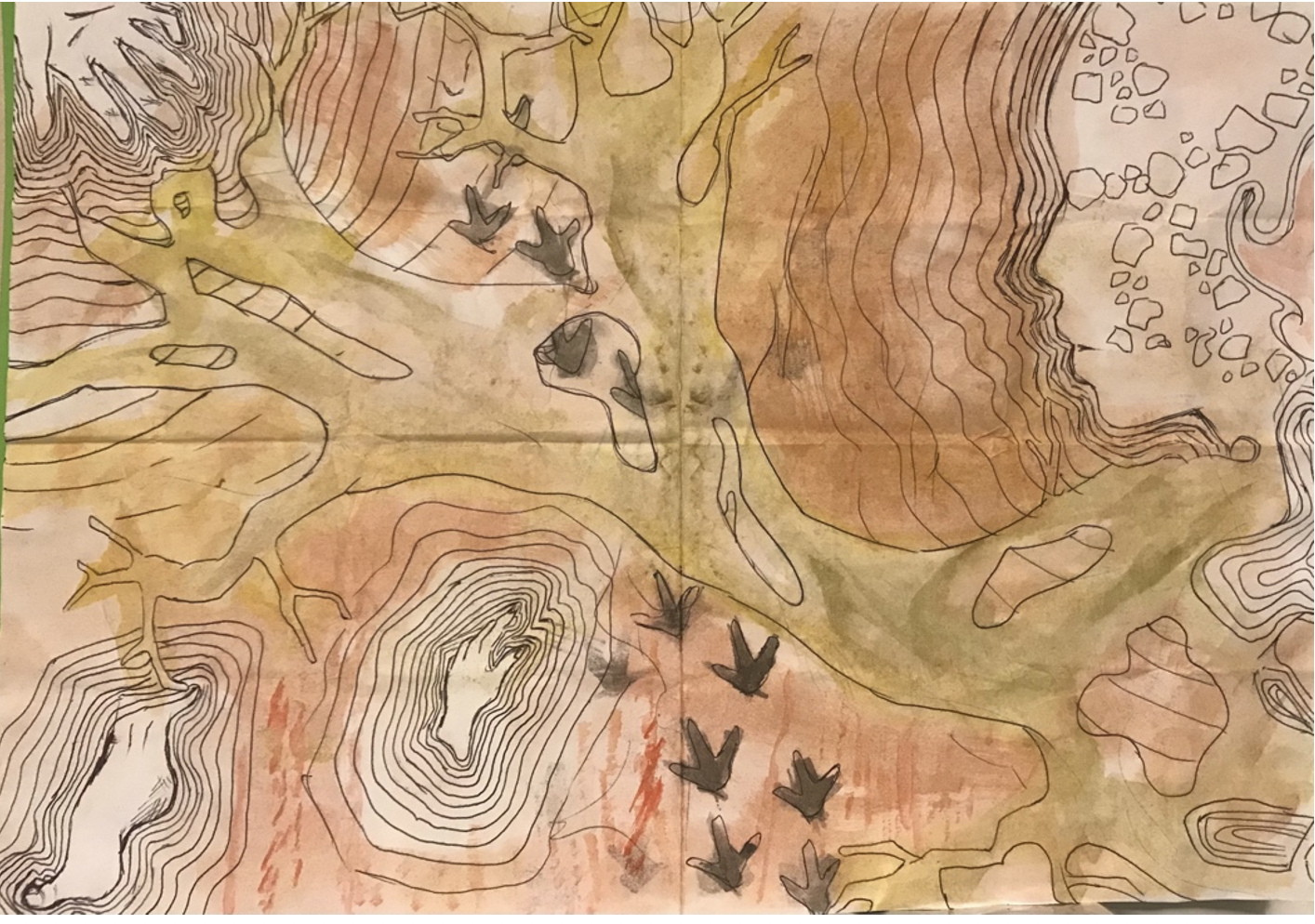 Creation grounds – Narran Lakes- Crystal Wang
Creation grounds – Narran Lakes- Crystal Wang
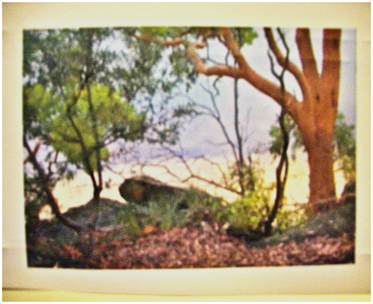



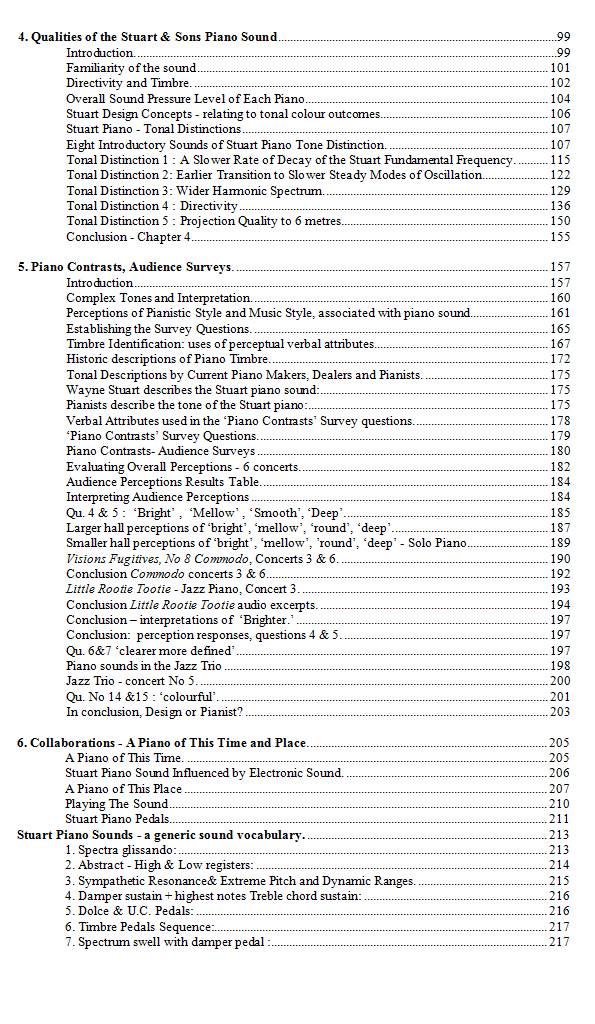
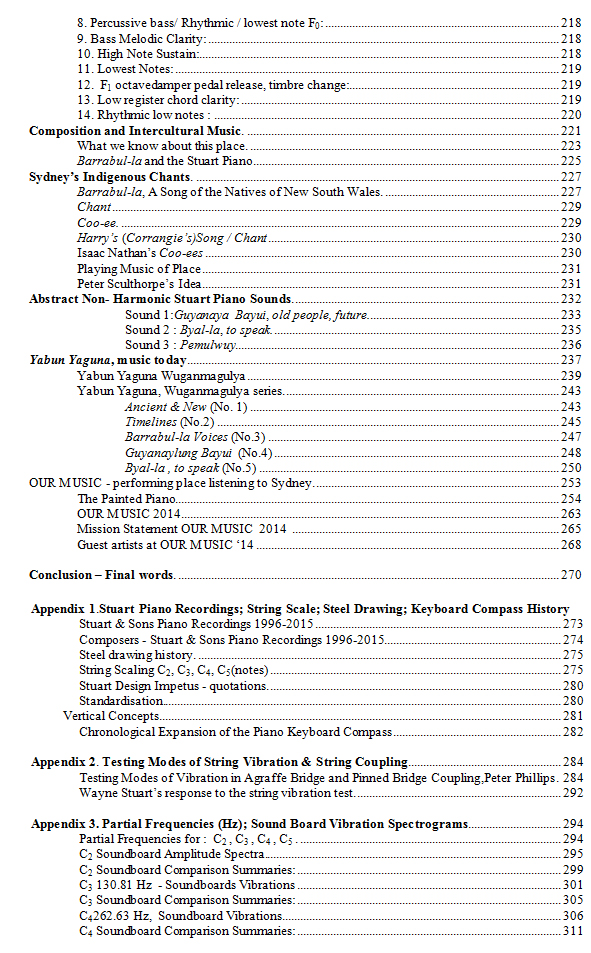
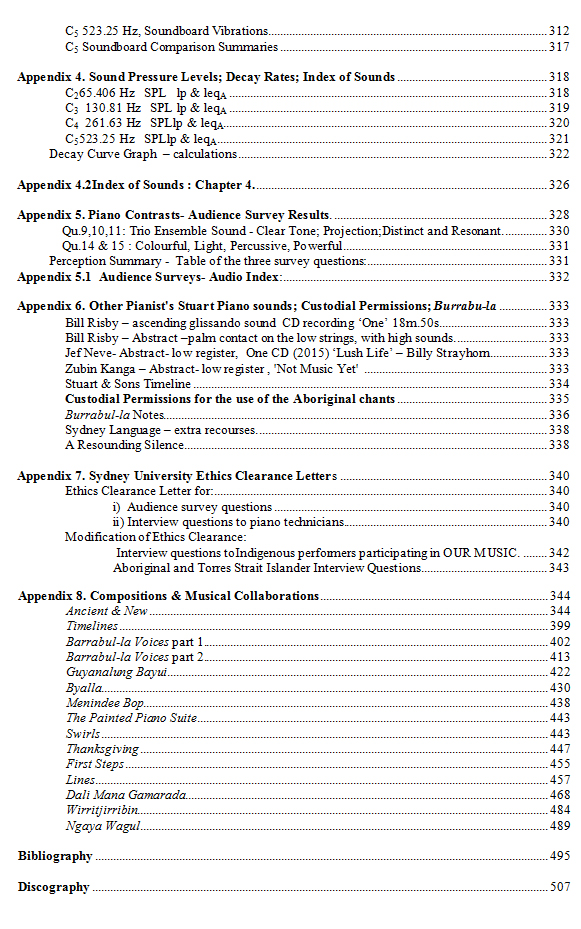







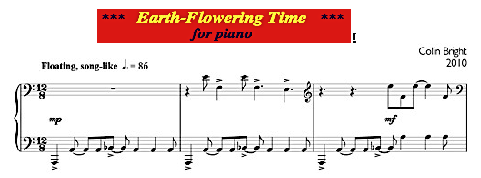
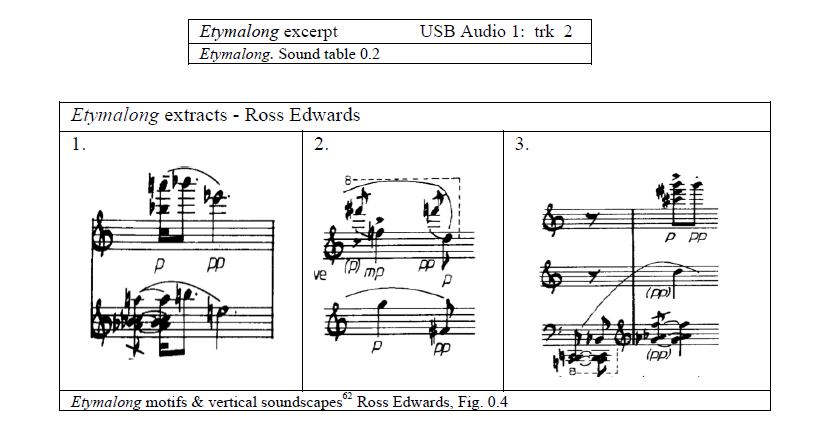
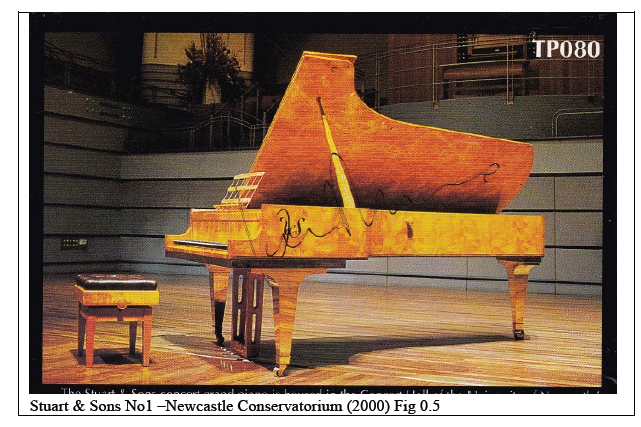
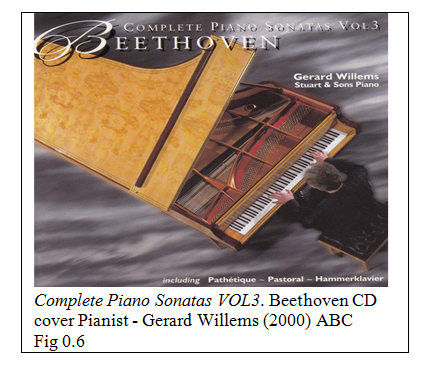
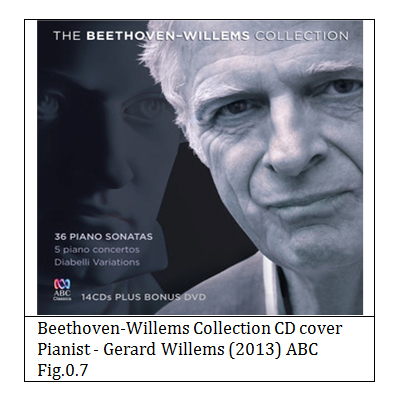

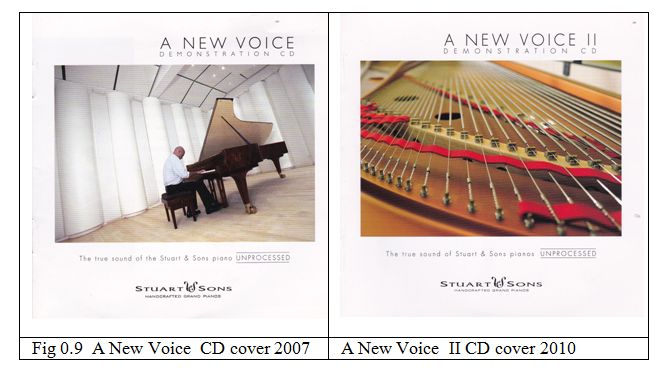

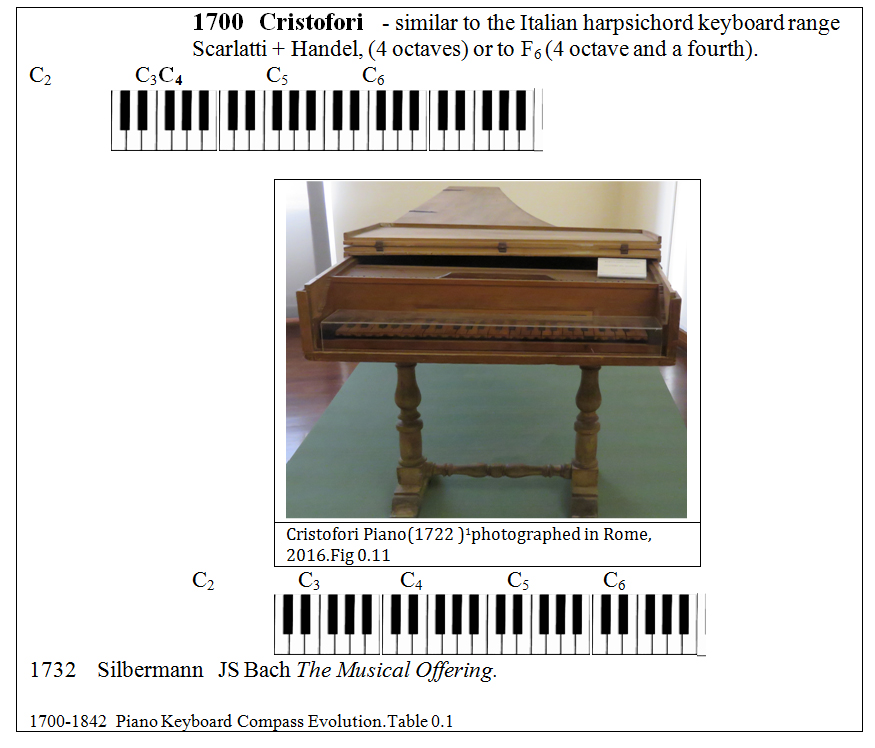

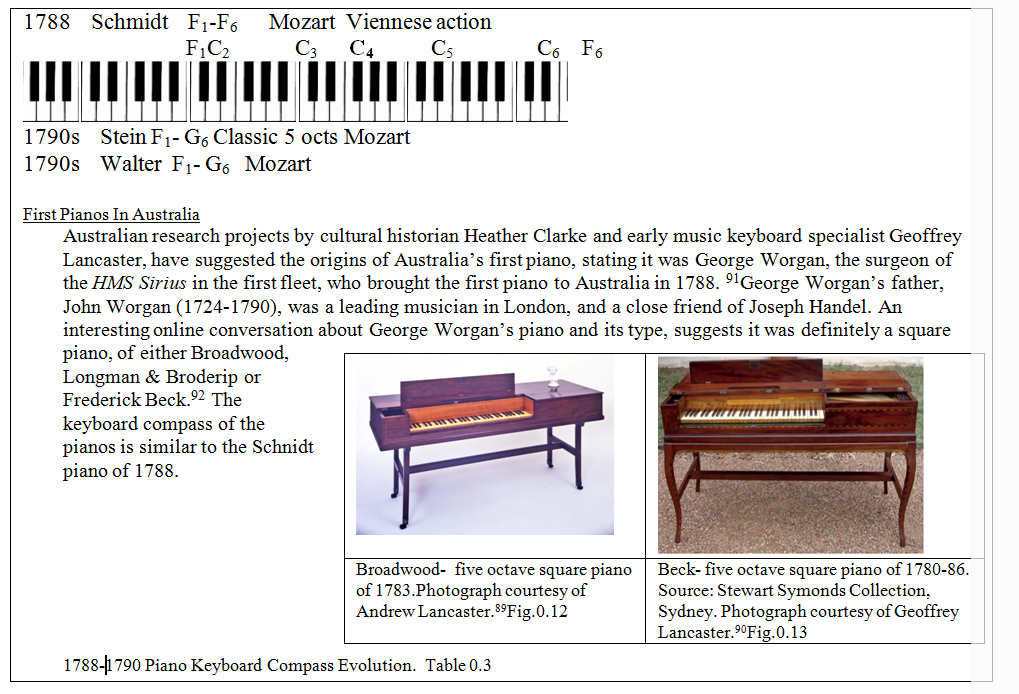



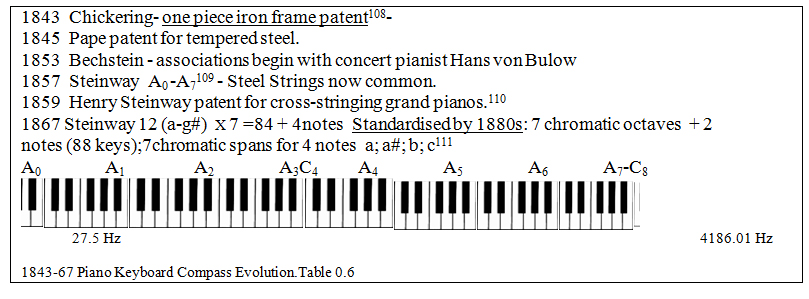
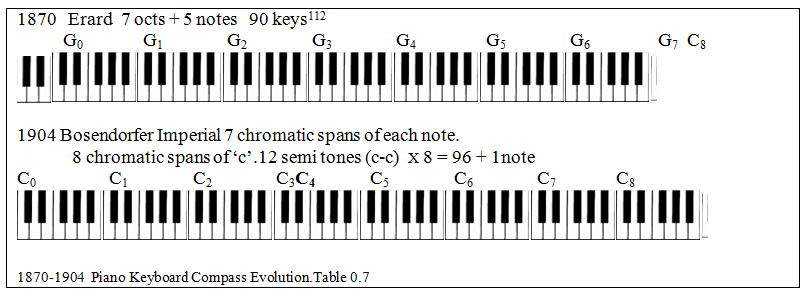
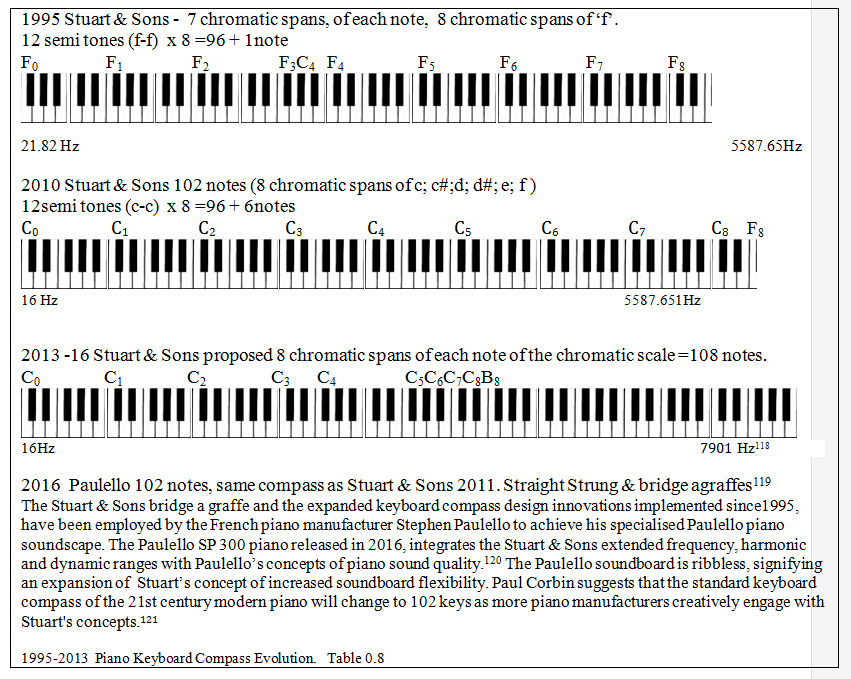
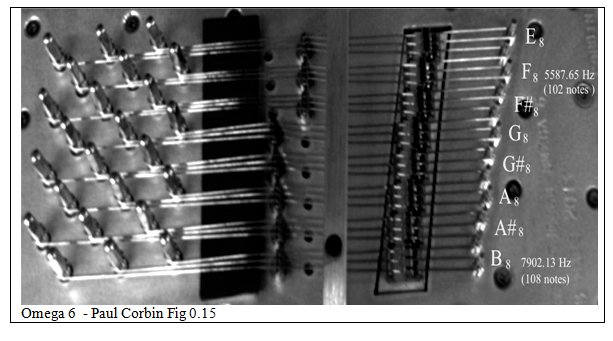


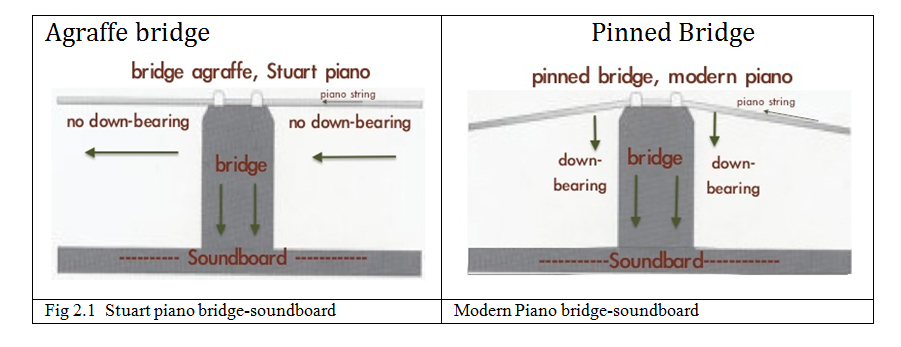
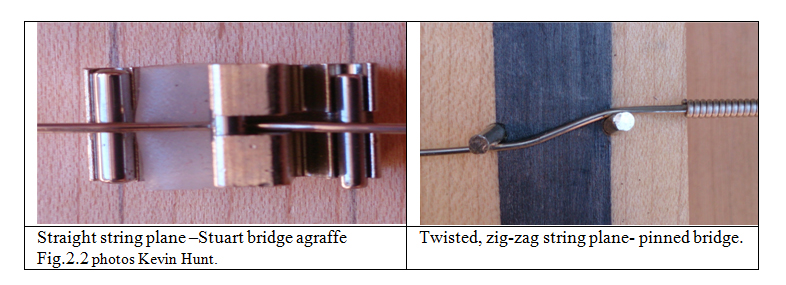
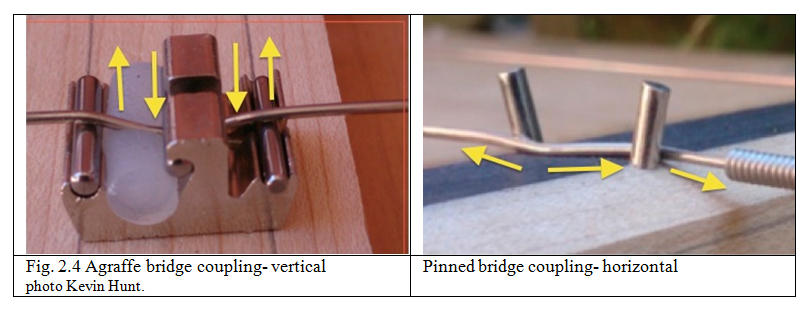
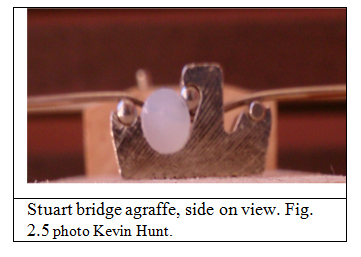
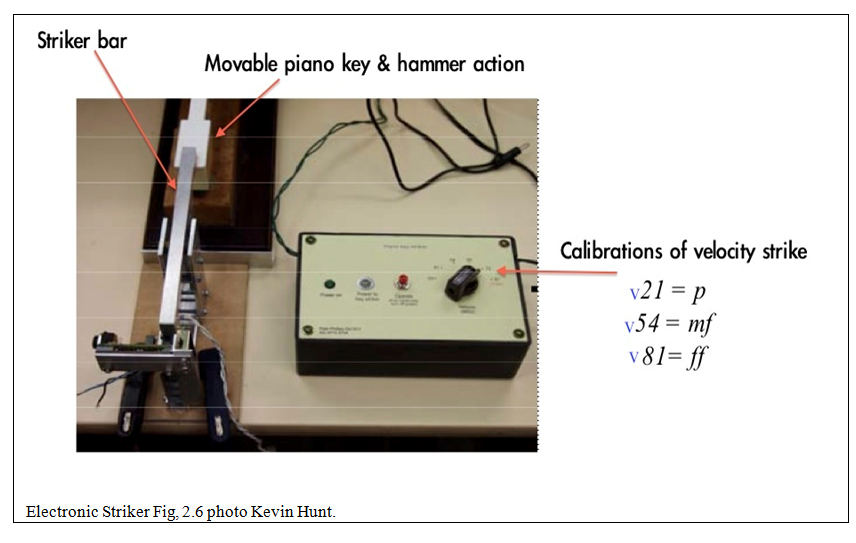
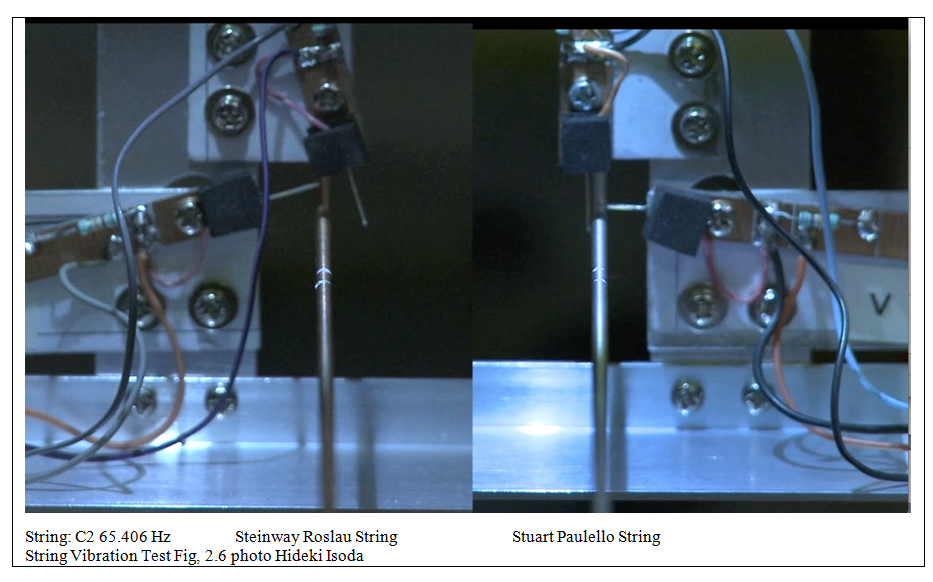

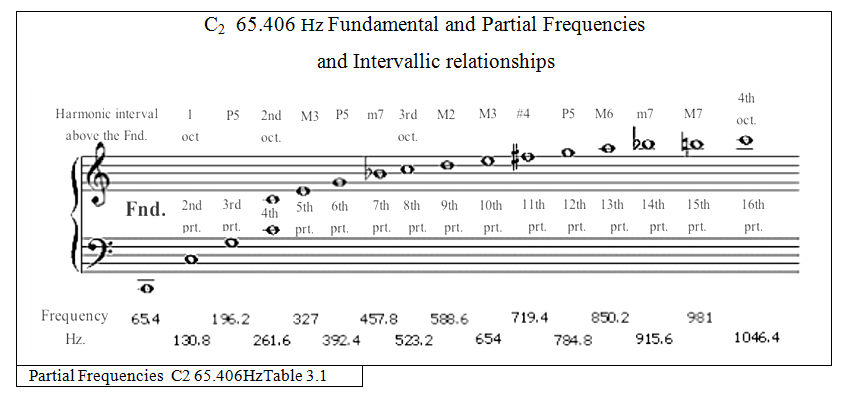
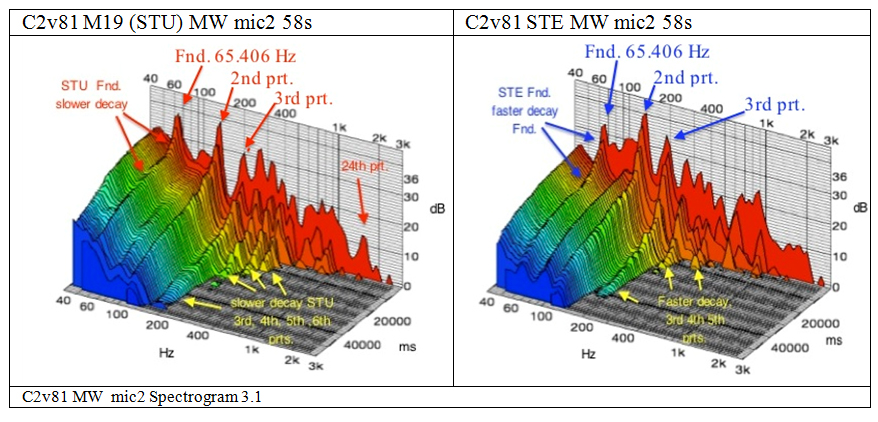
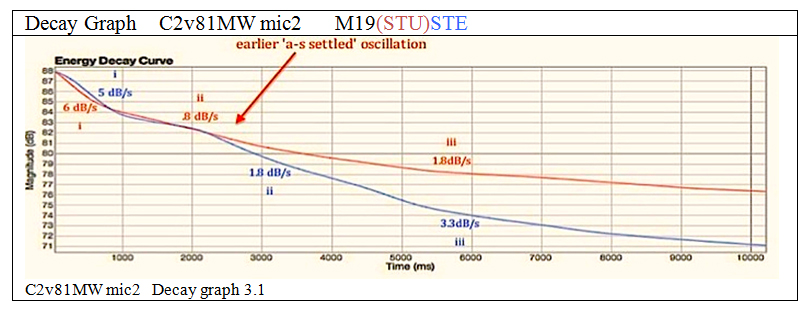
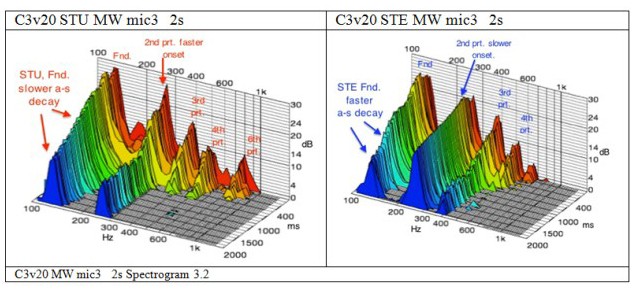

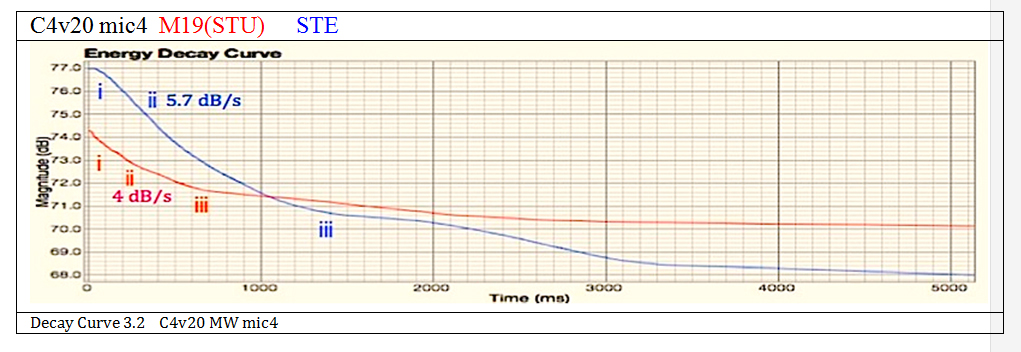
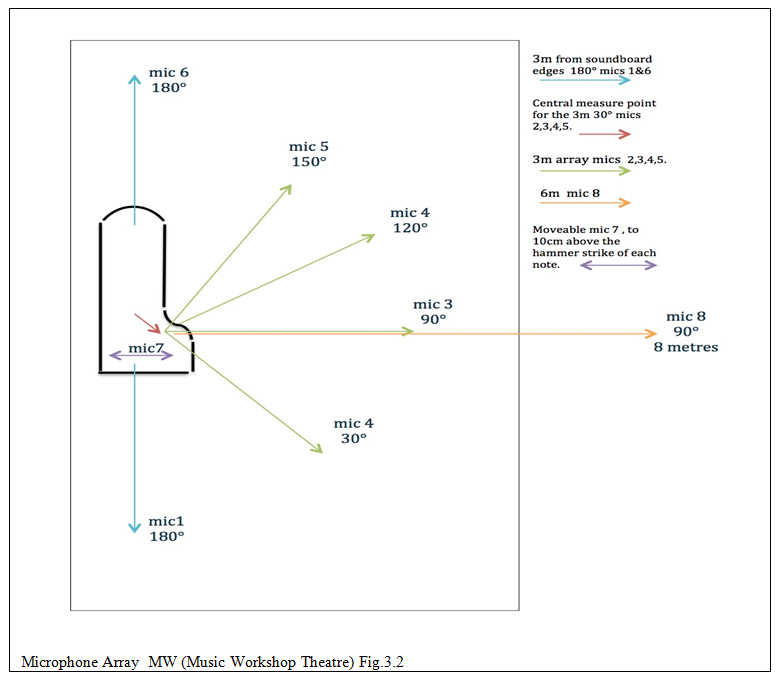
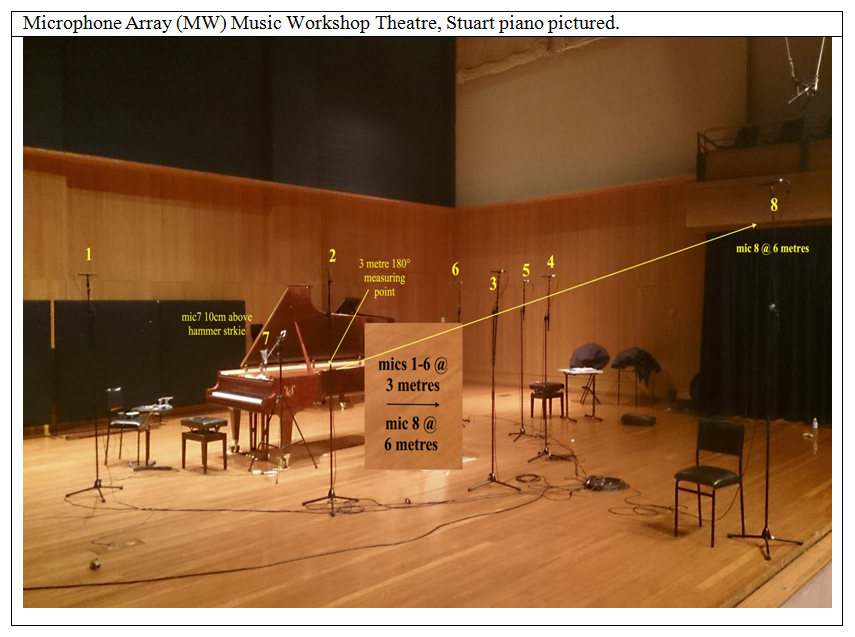
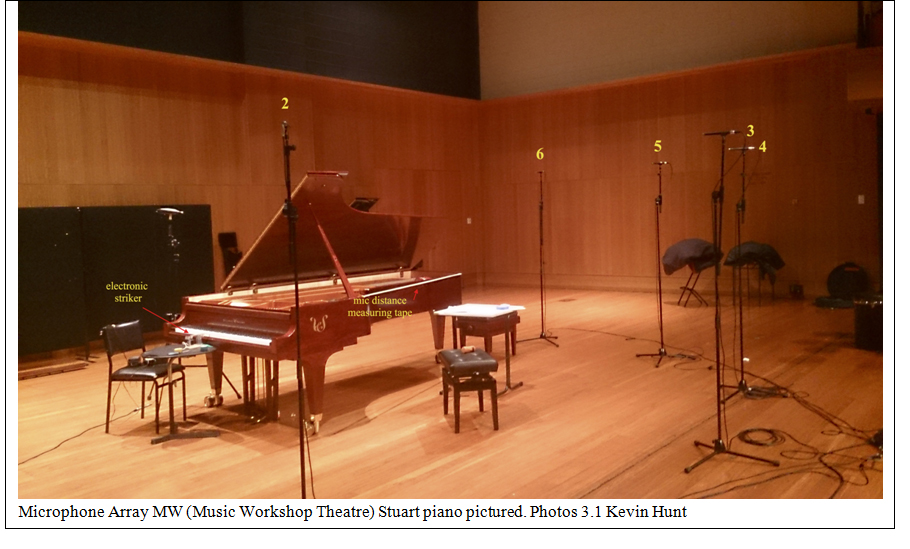
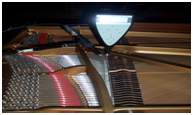
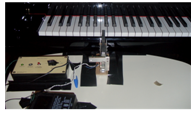
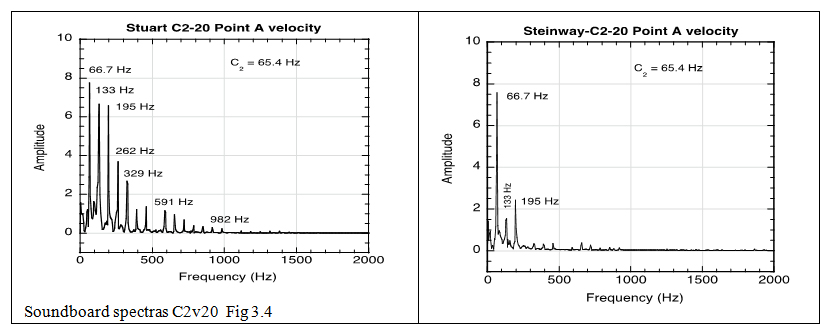
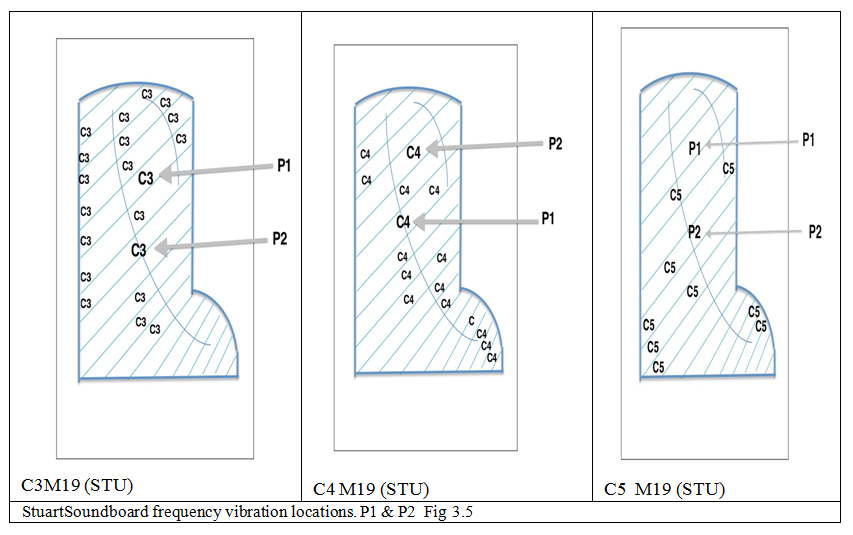
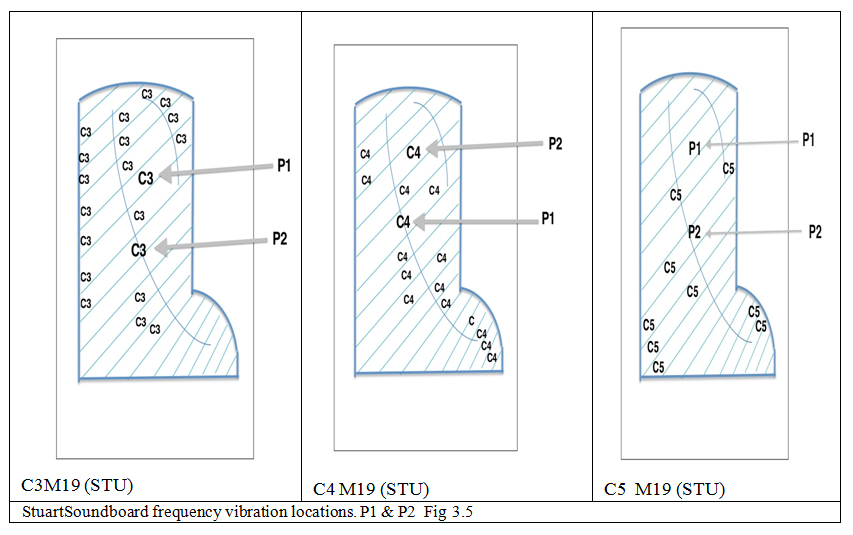
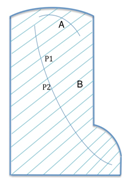
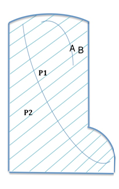


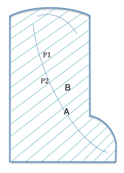

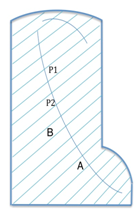
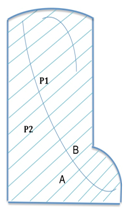

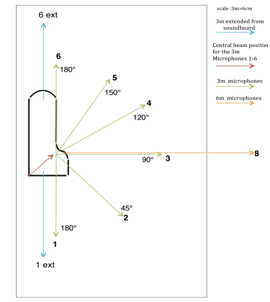
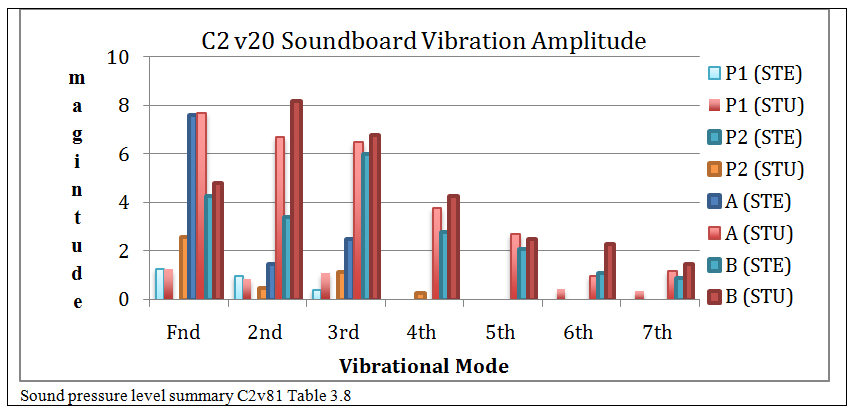

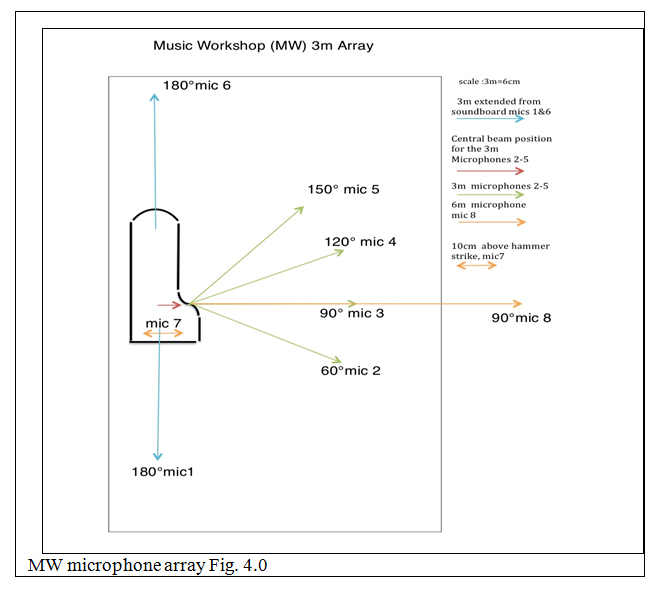

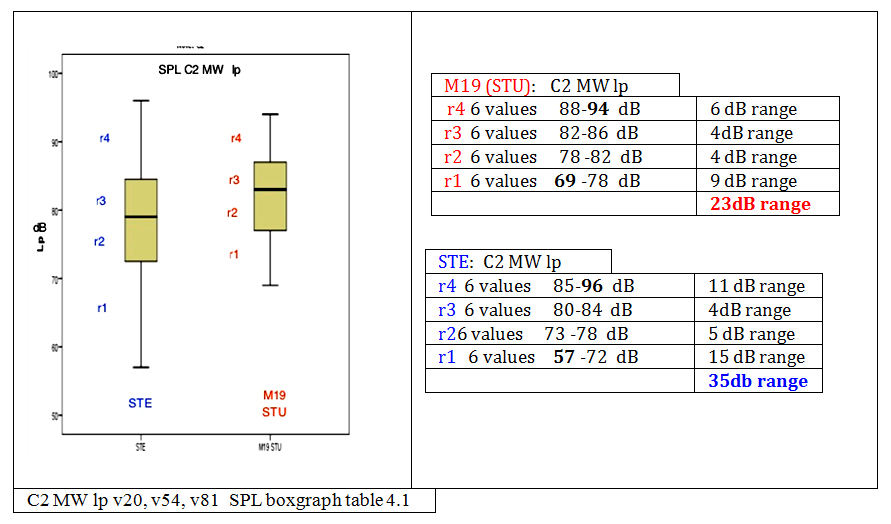

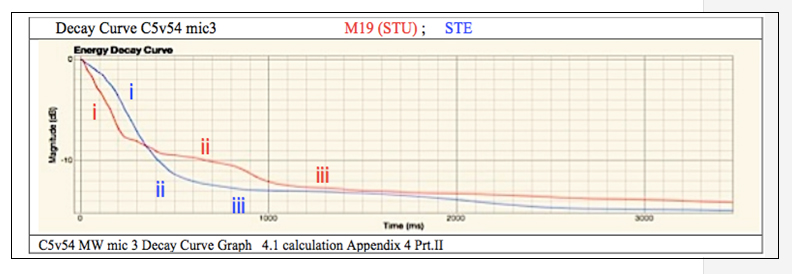


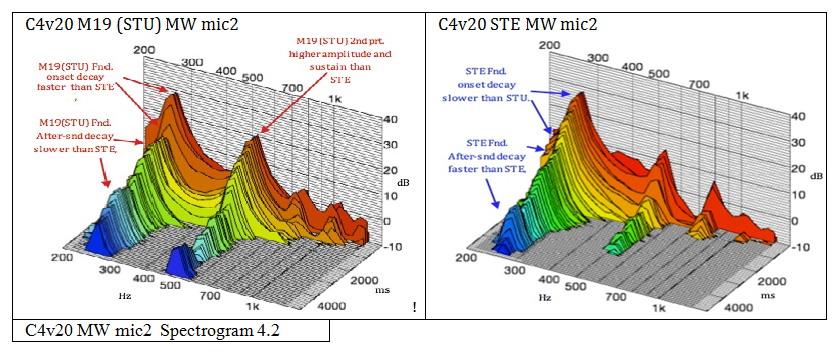



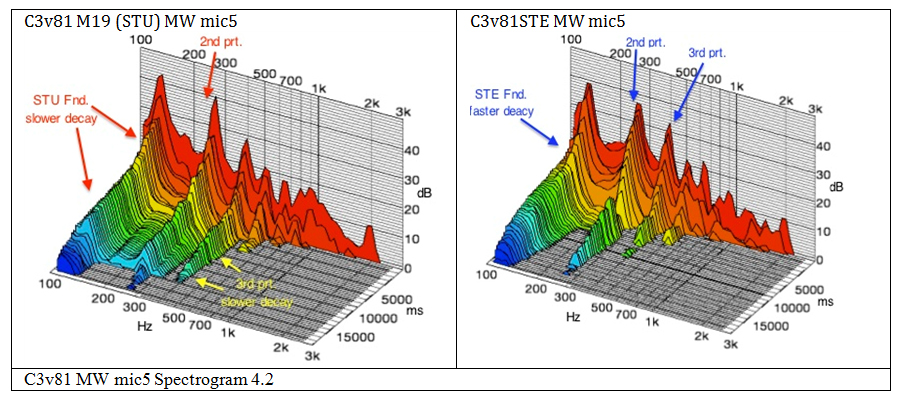



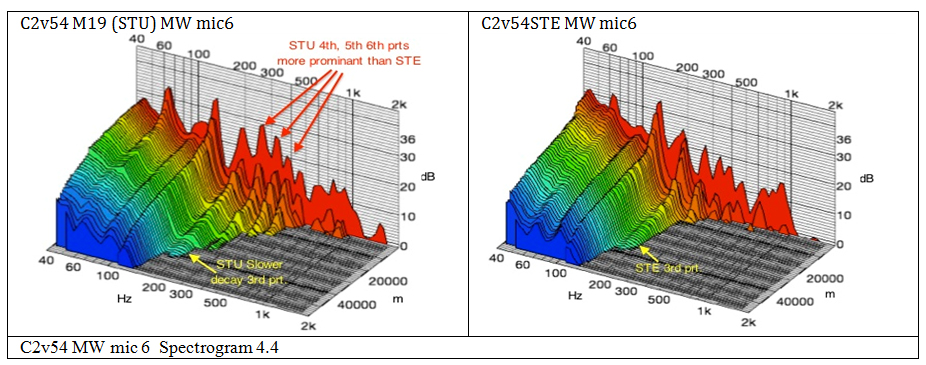

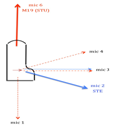

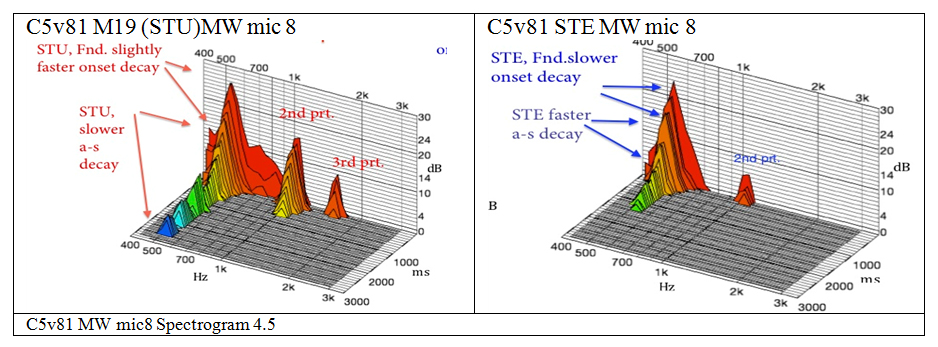


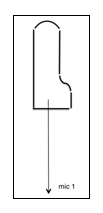




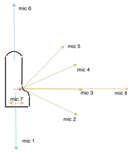

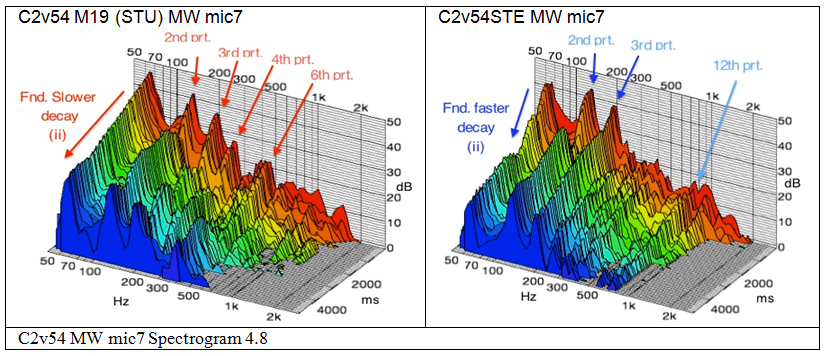

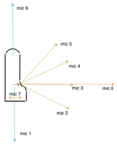

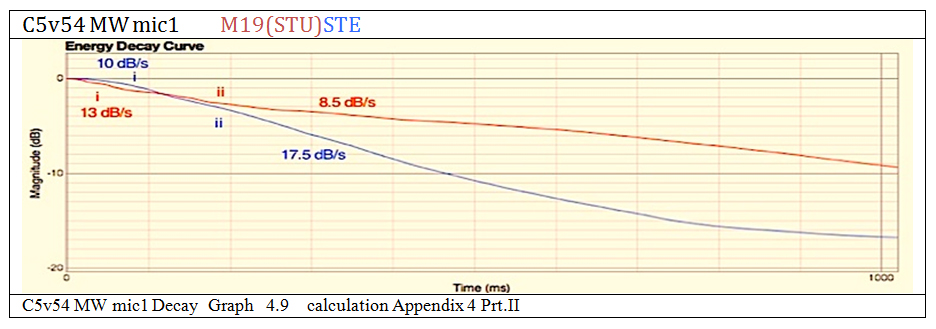
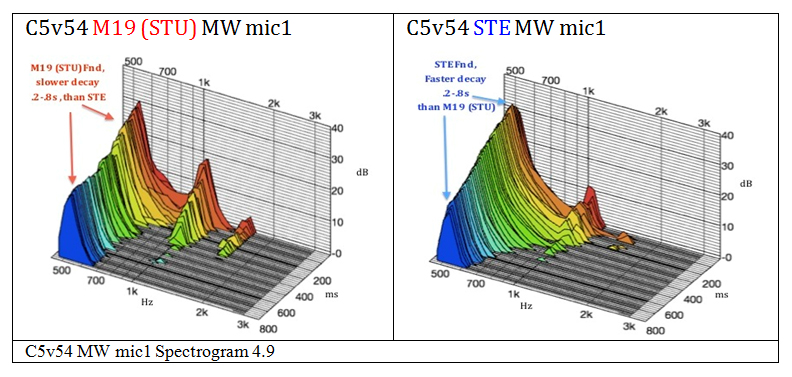

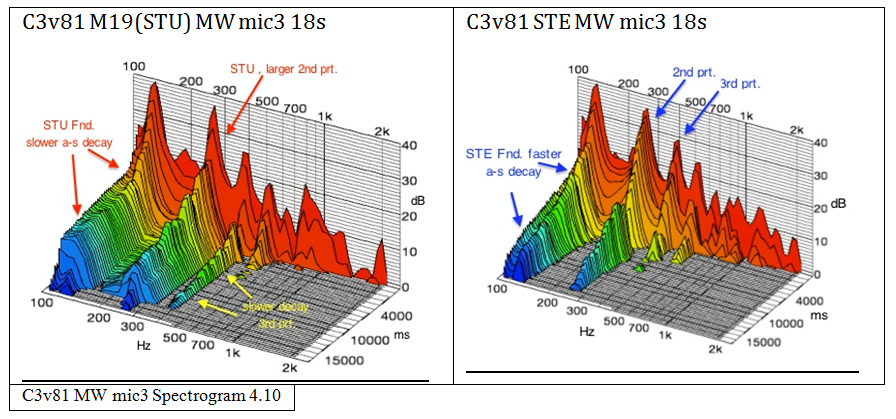


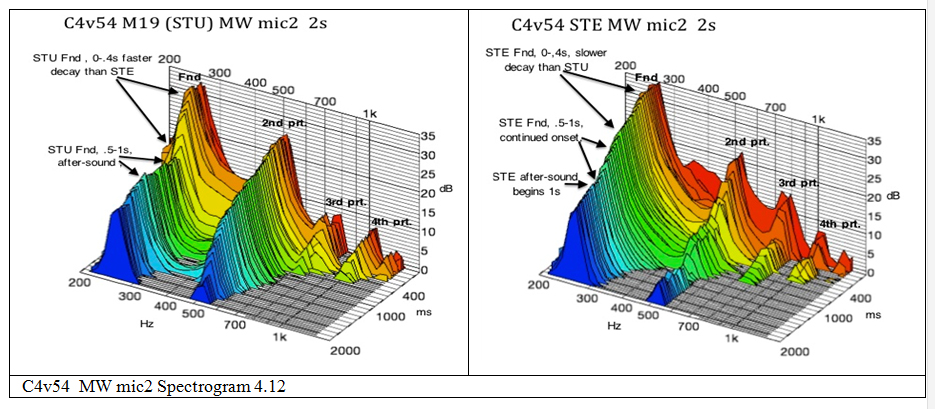
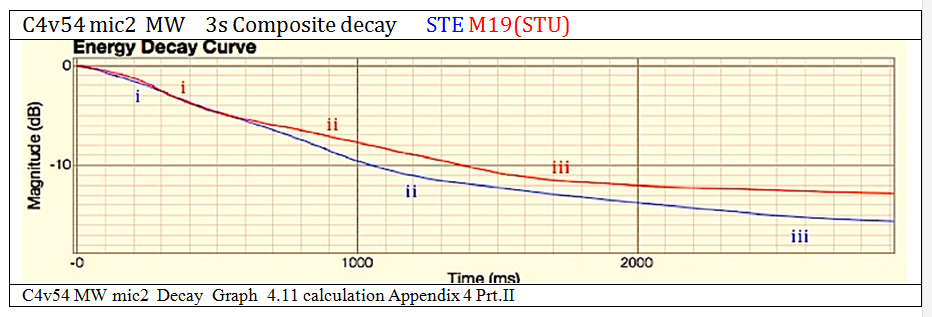

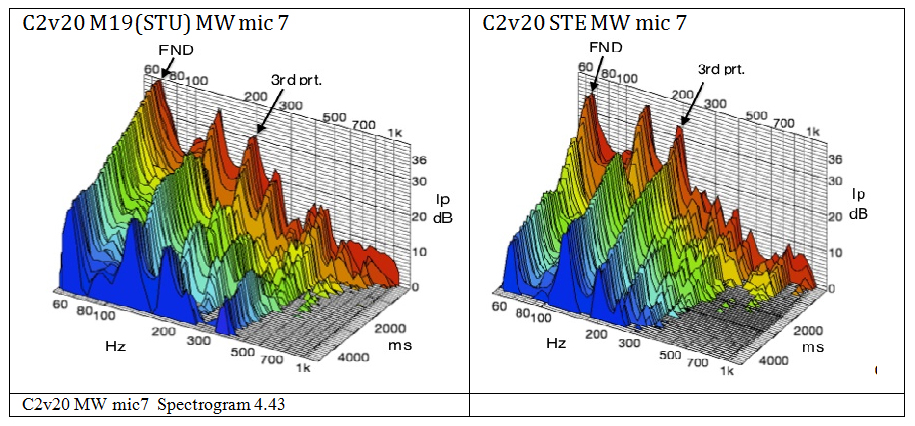



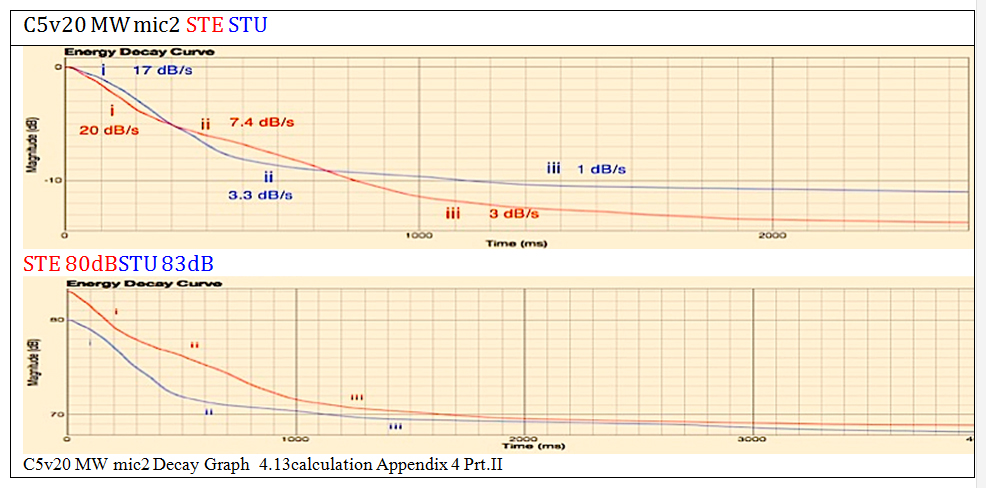

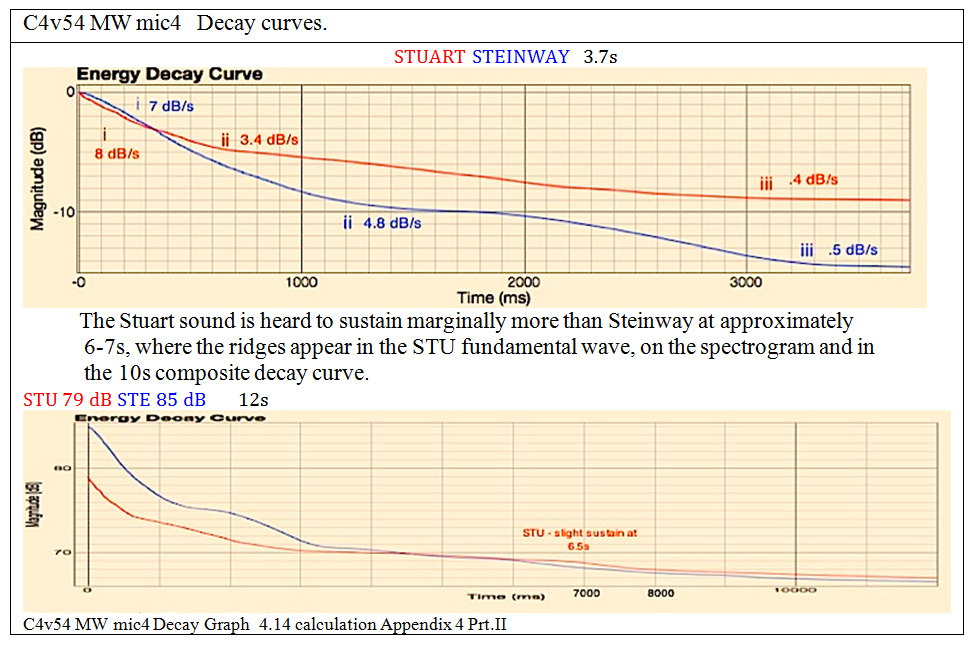
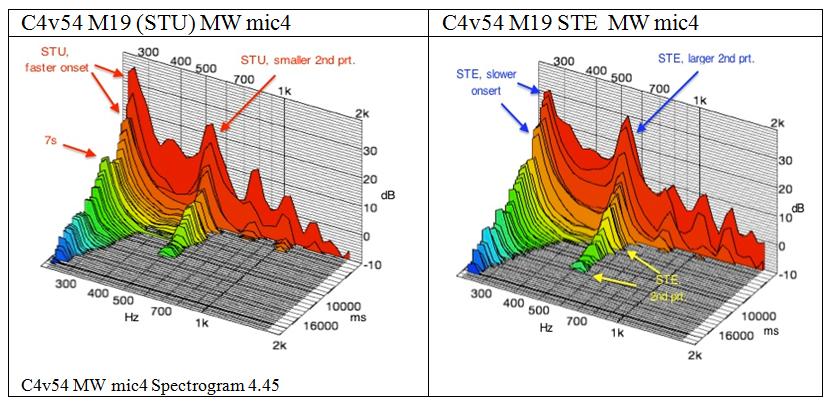




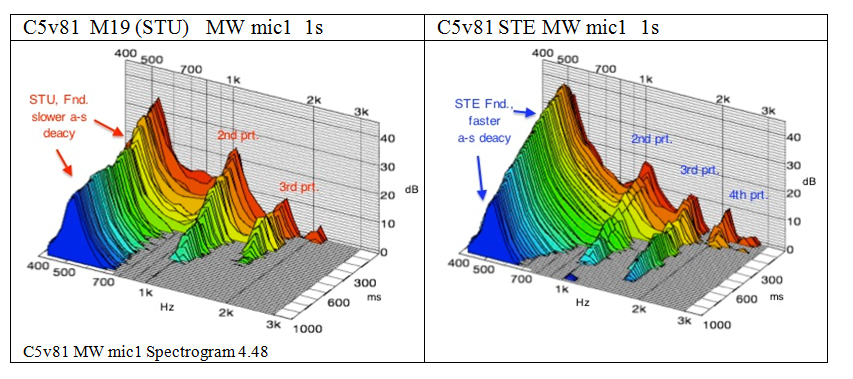


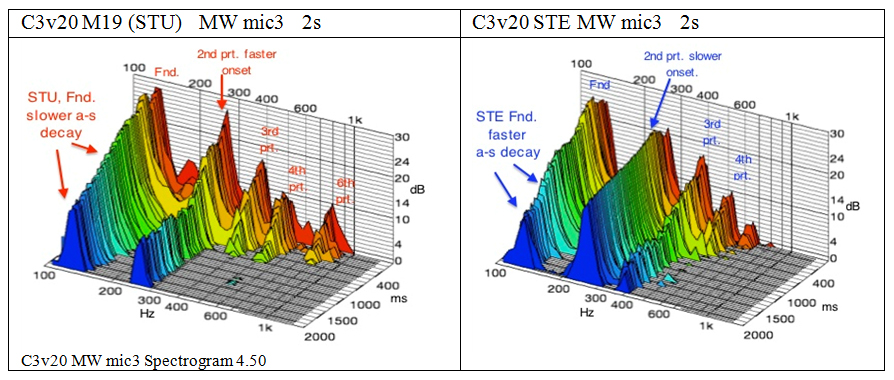
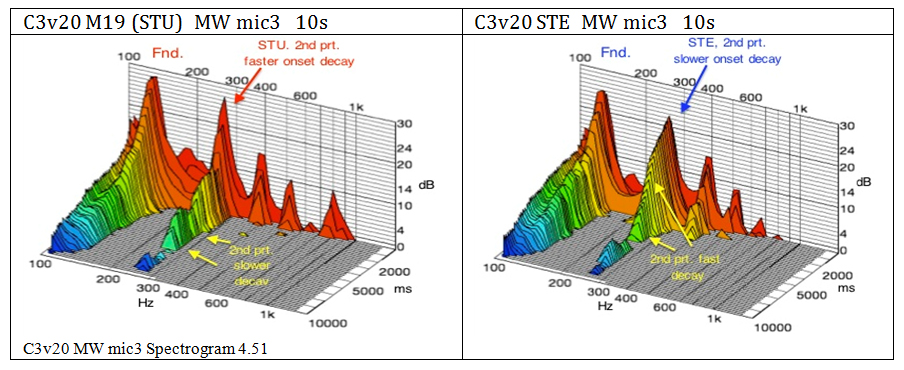

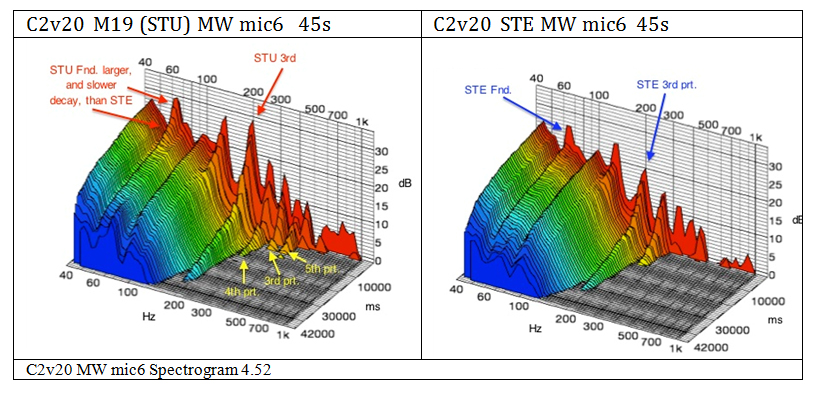
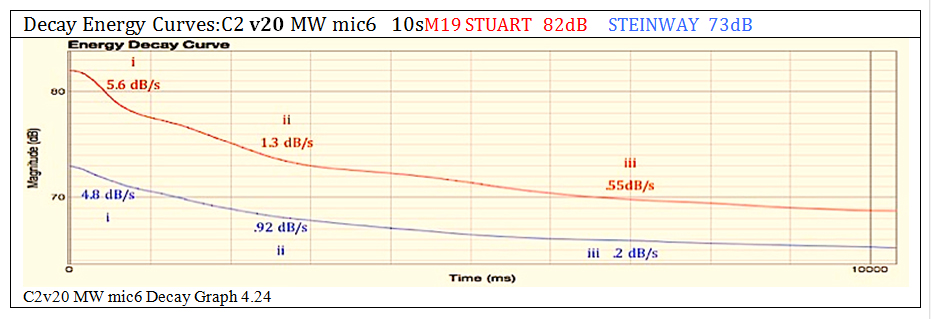

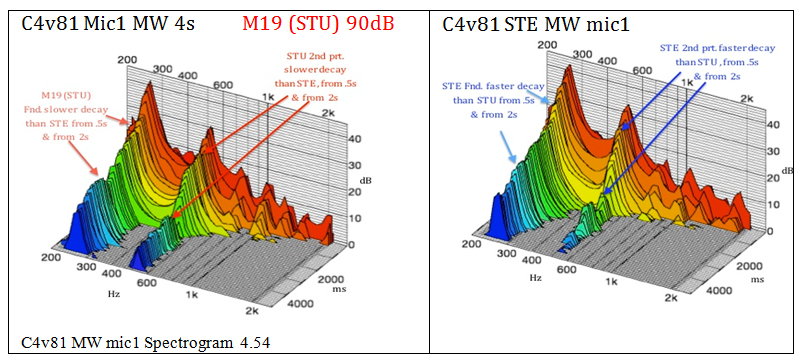

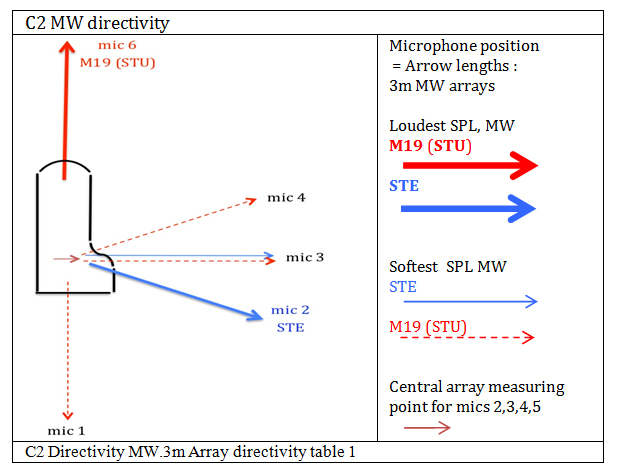
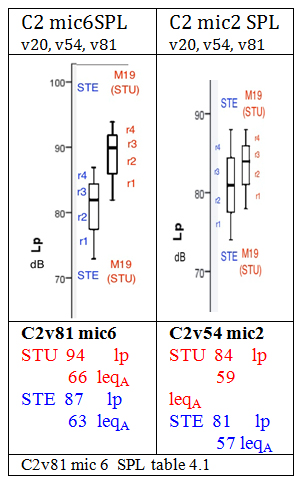
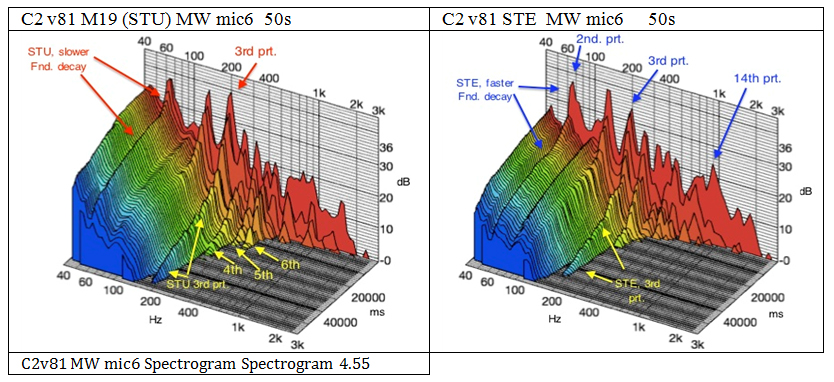





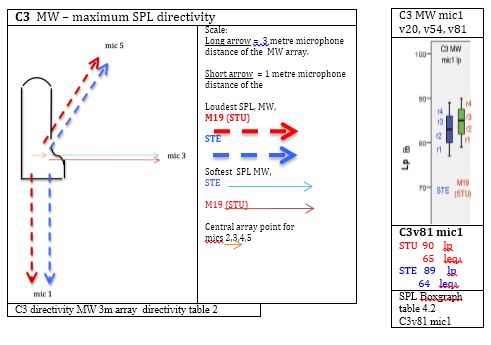

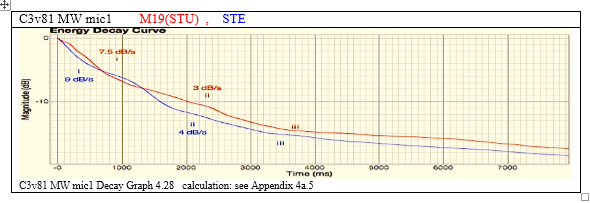
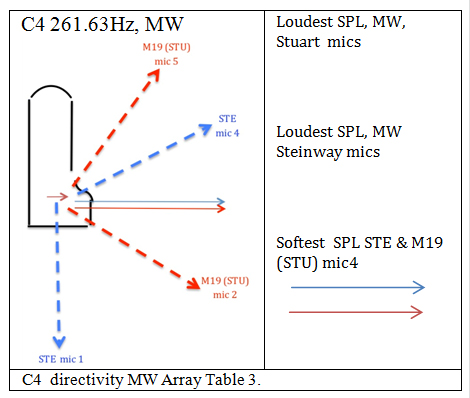
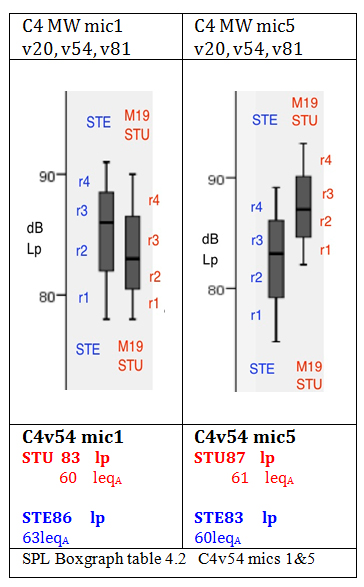
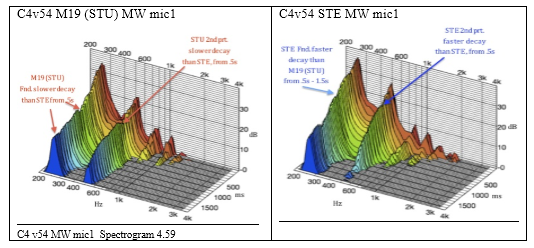
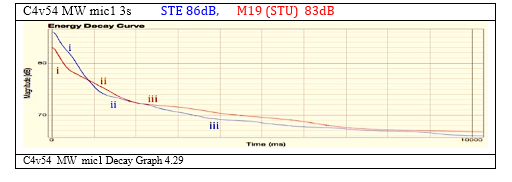
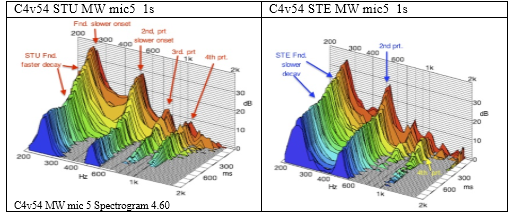
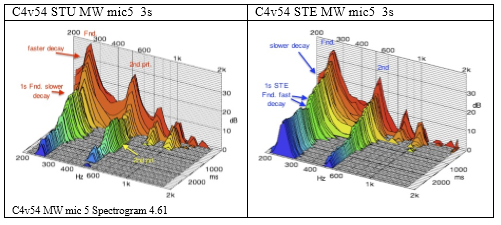

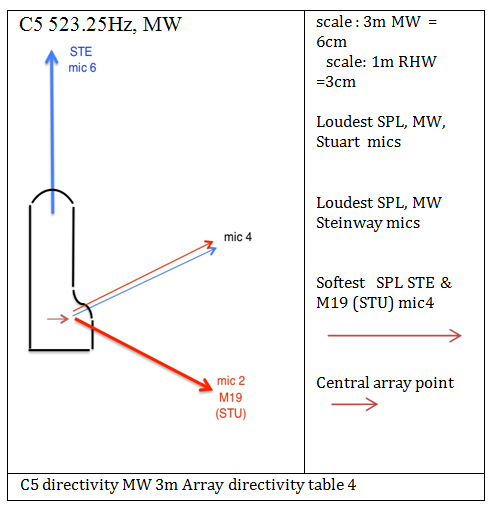

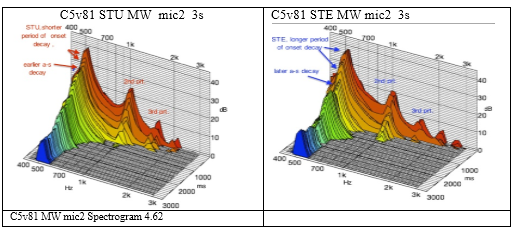

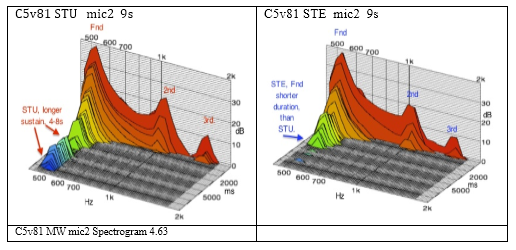
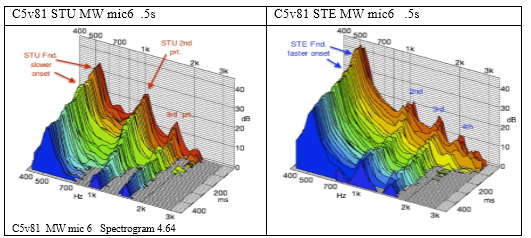

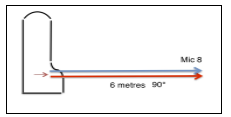
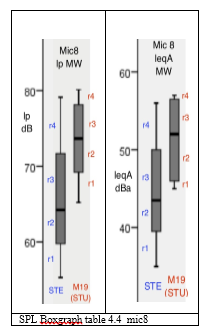
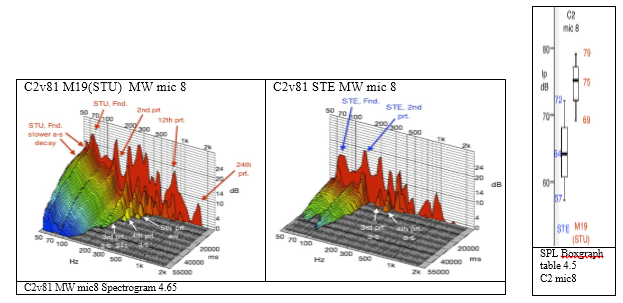


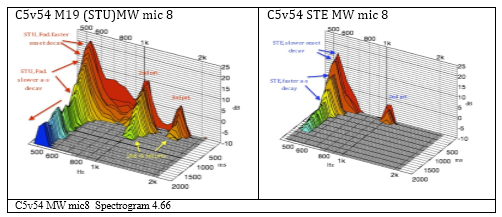


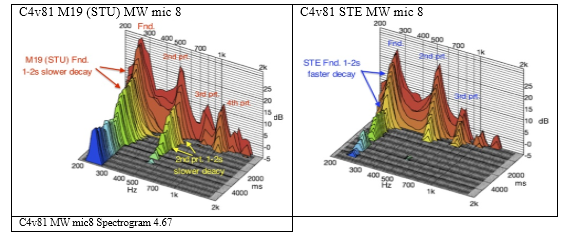

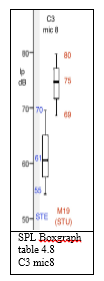

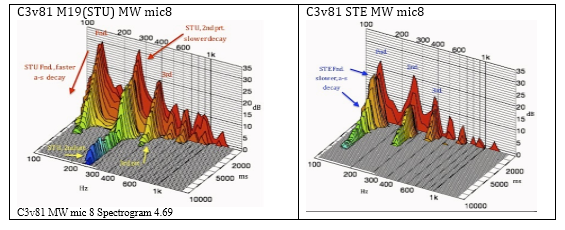

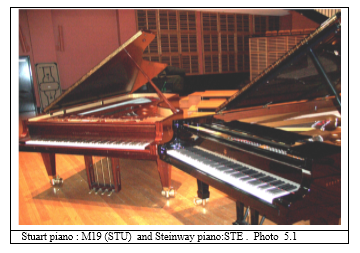
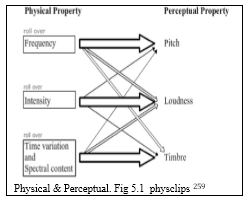


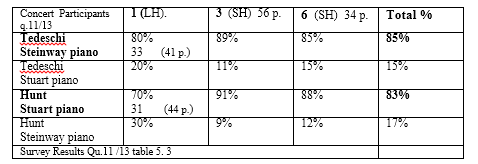

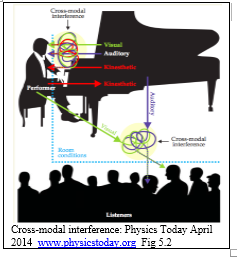
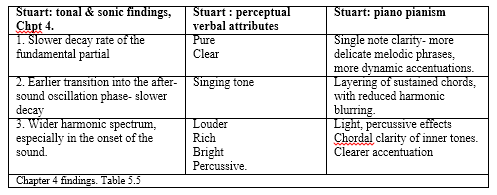

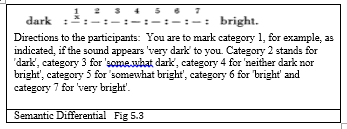
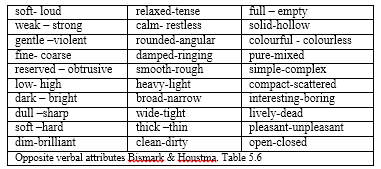





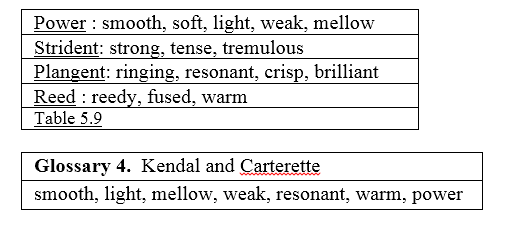














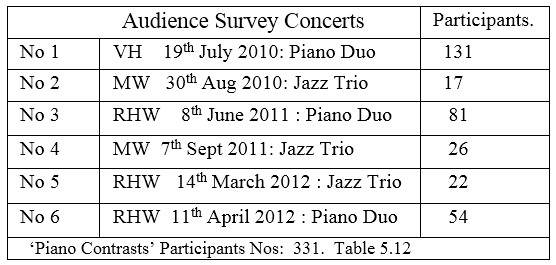
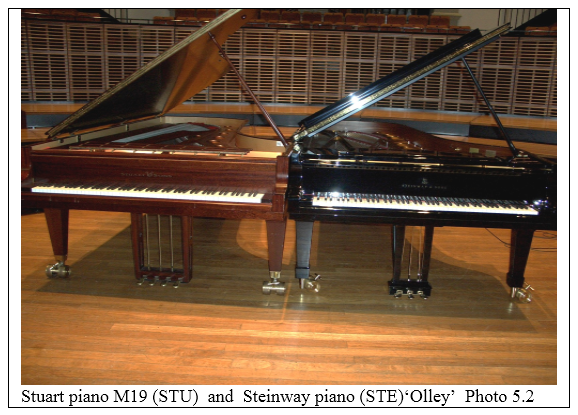
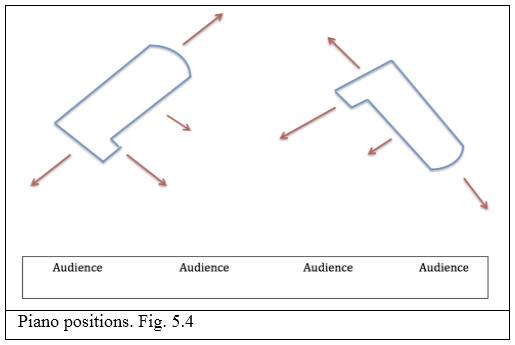
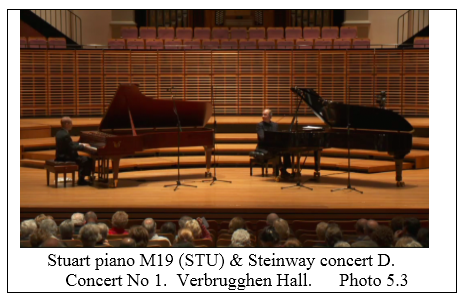

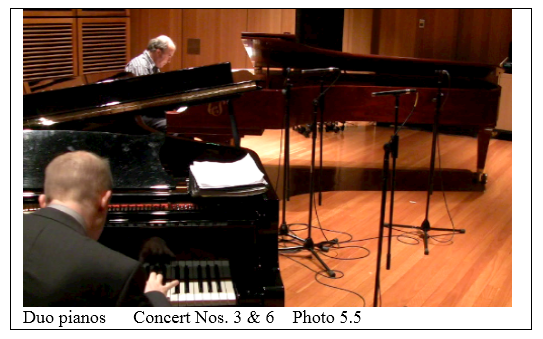
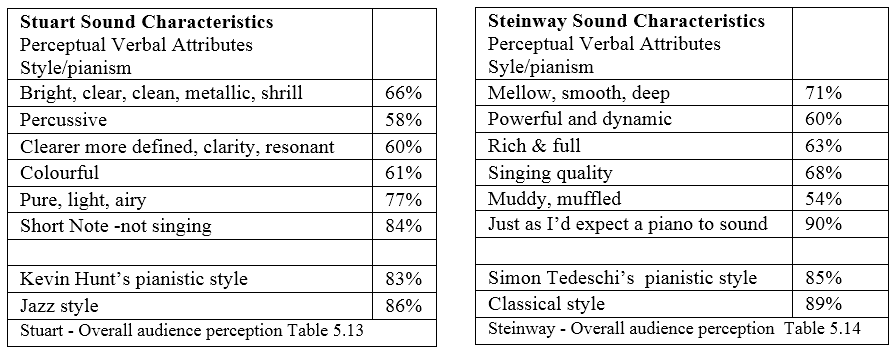
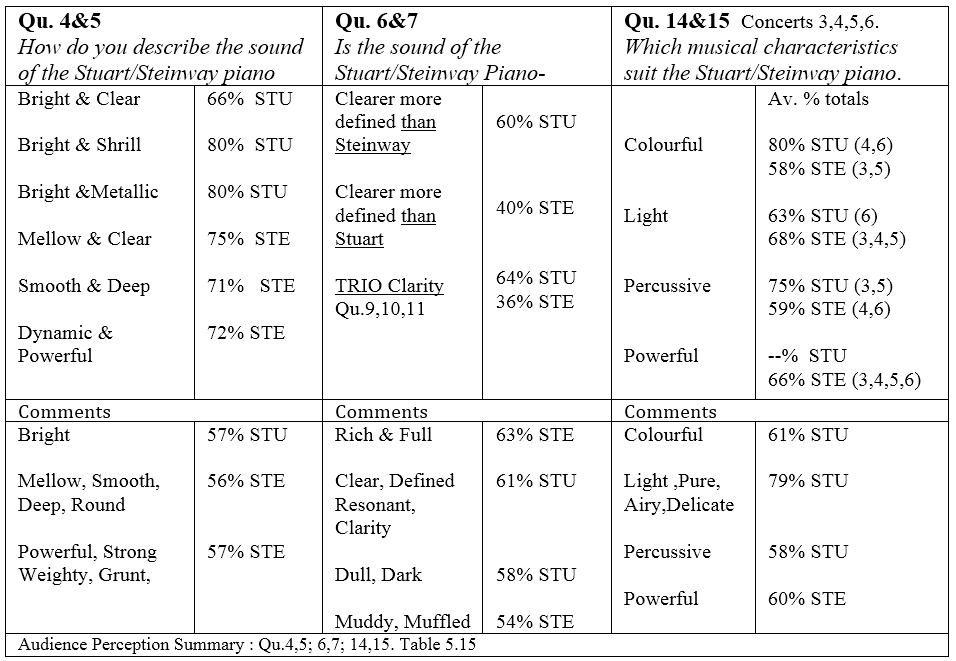
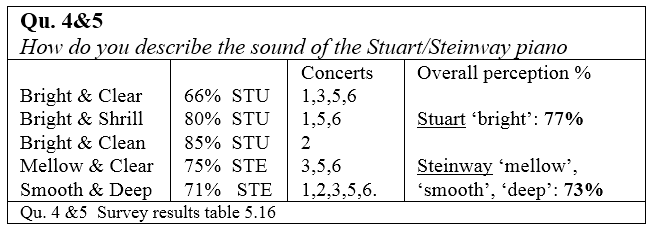


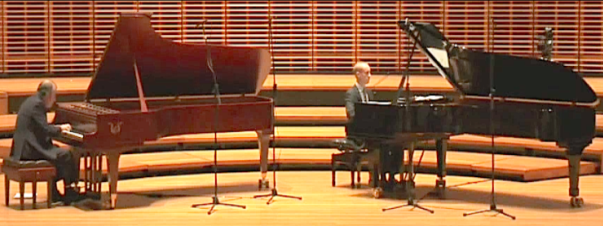


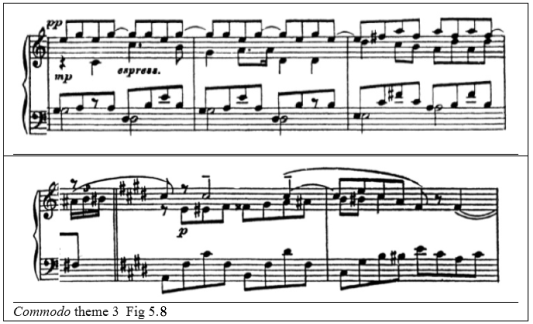
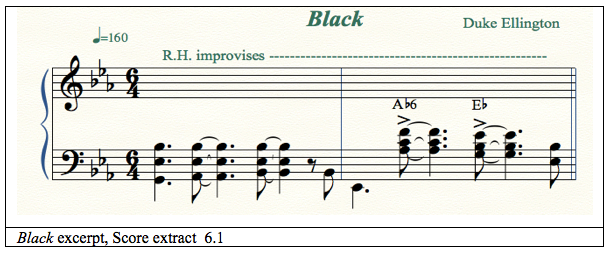
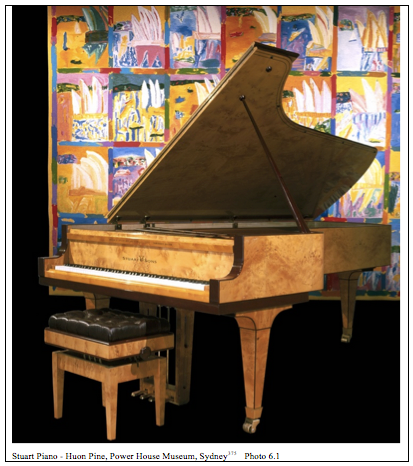
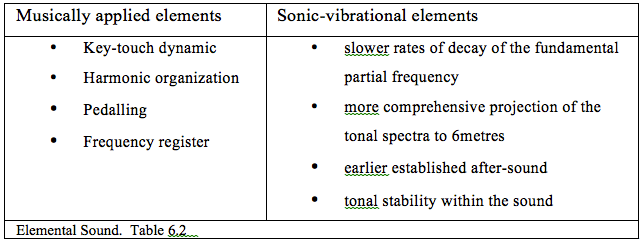
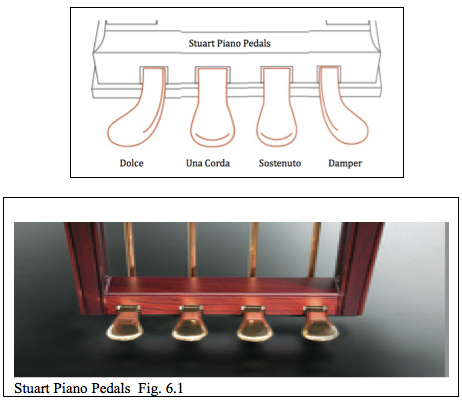
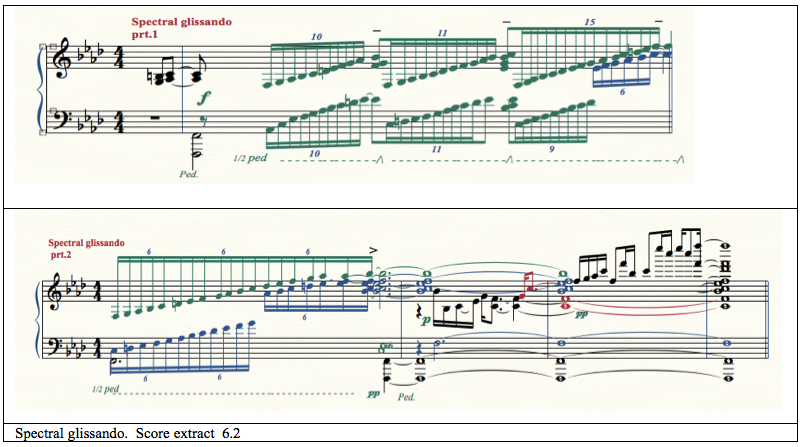


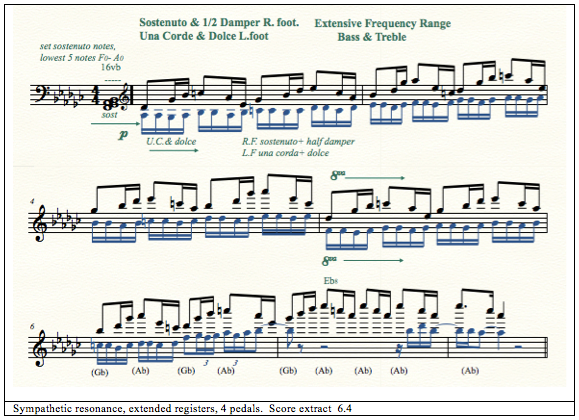

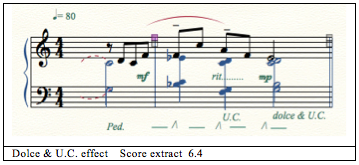


















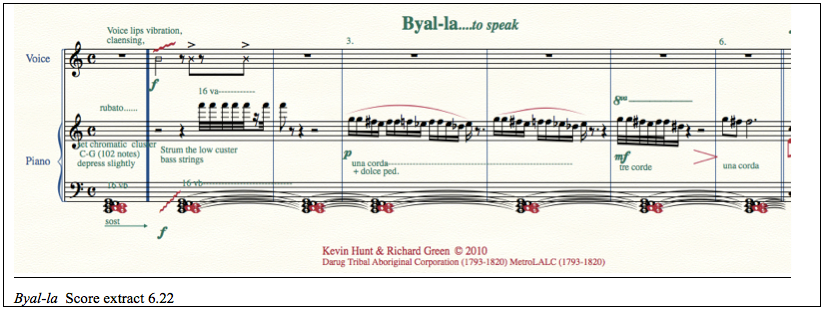


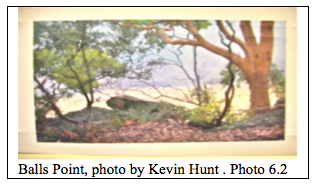
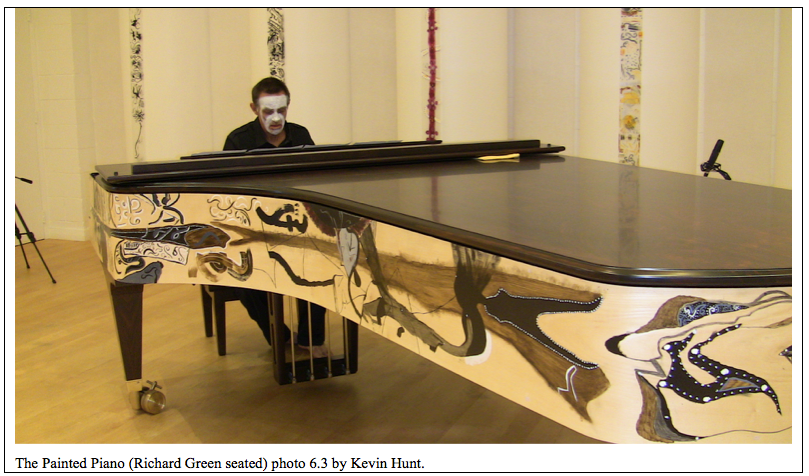

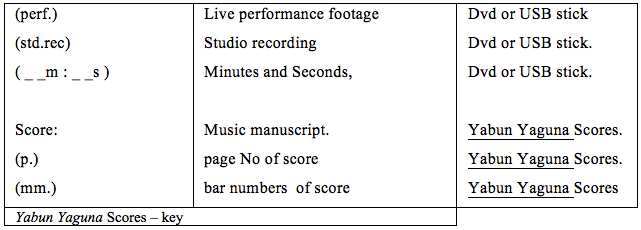

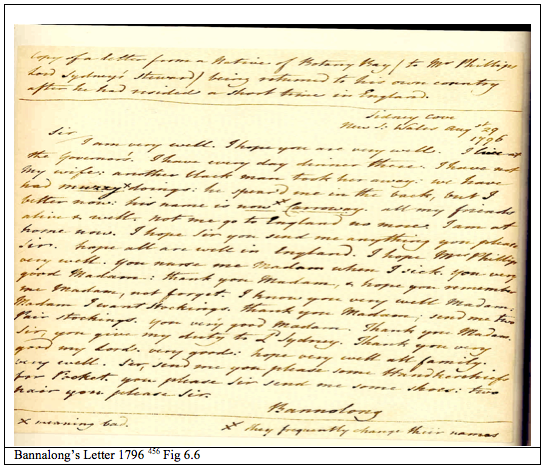






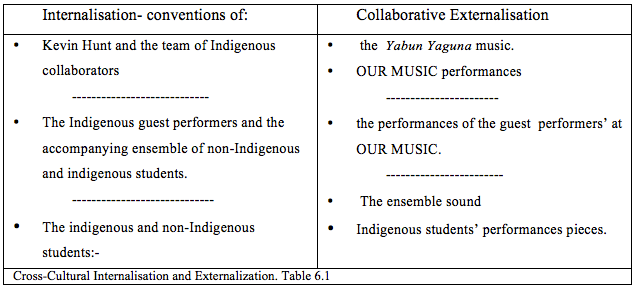


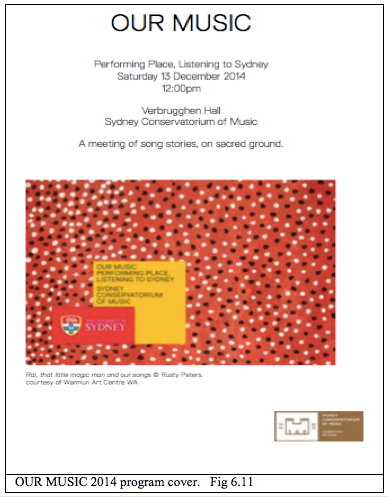
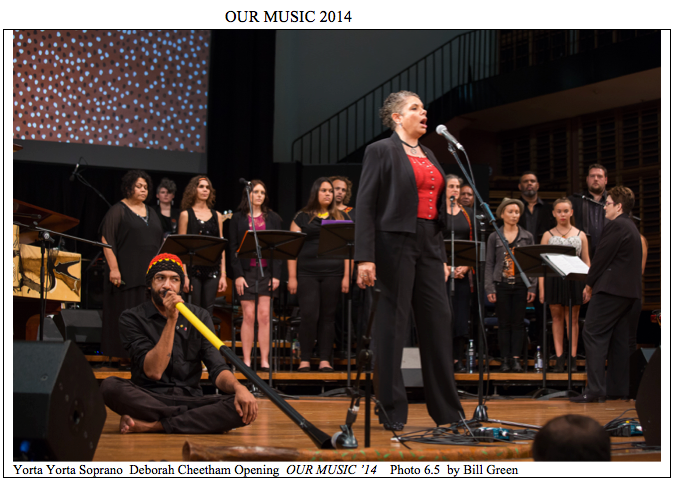

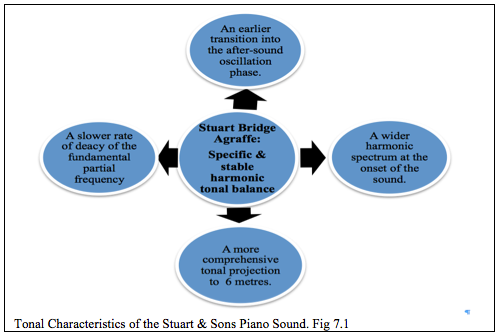
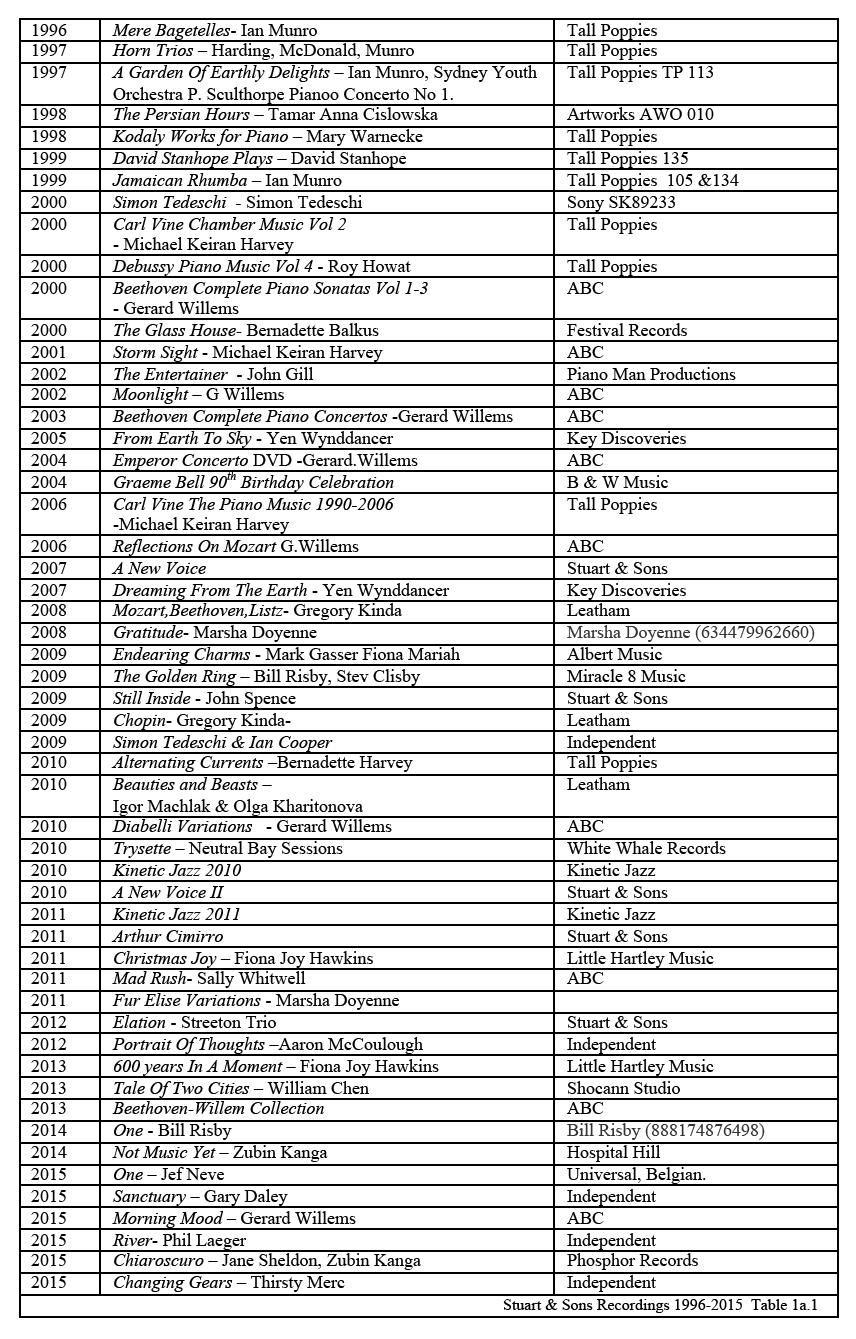

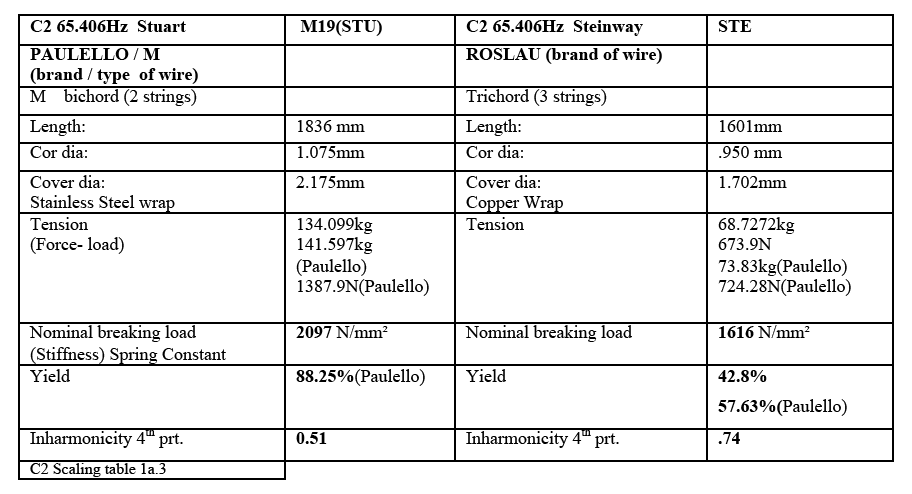
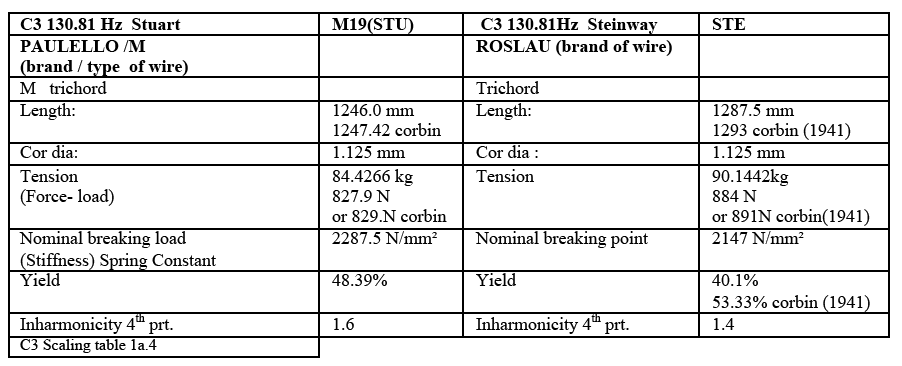




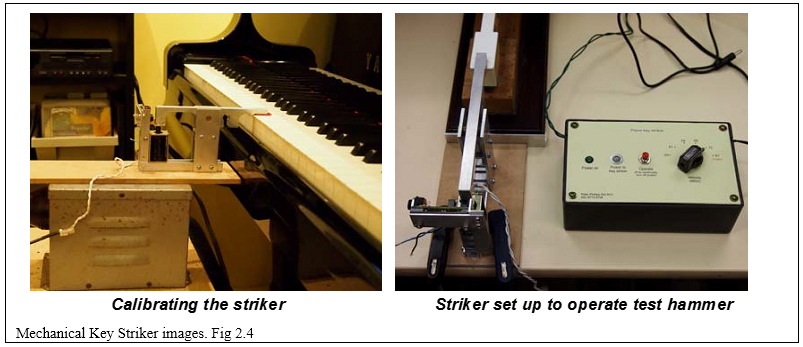
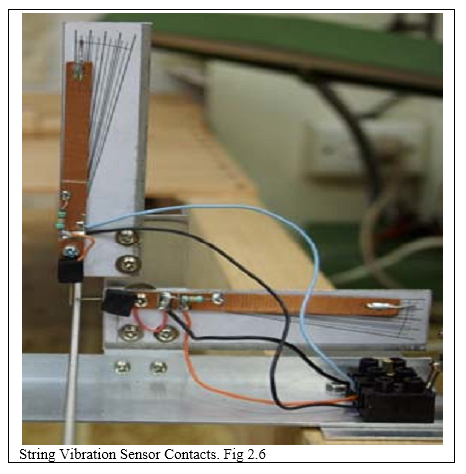
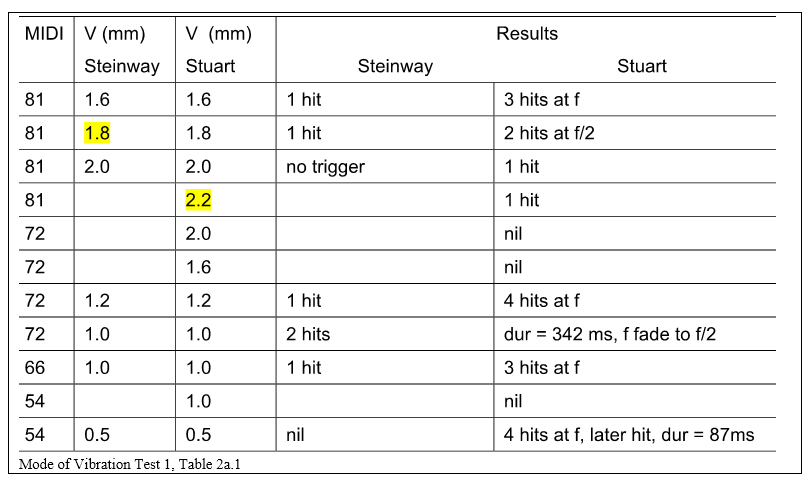

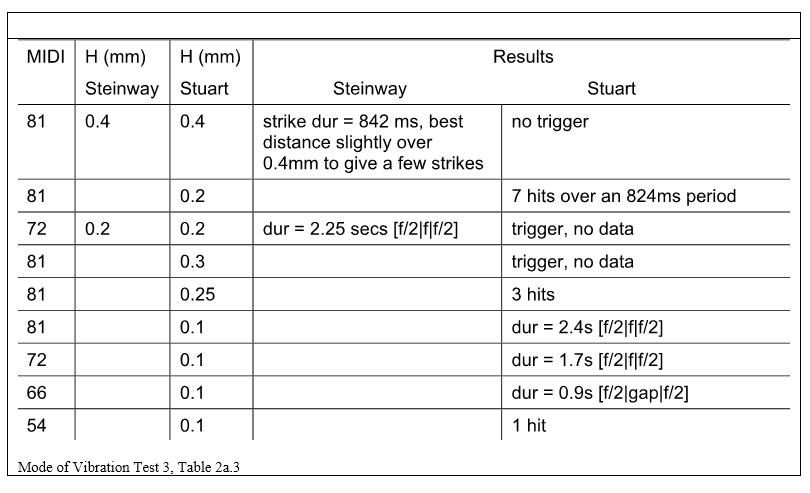
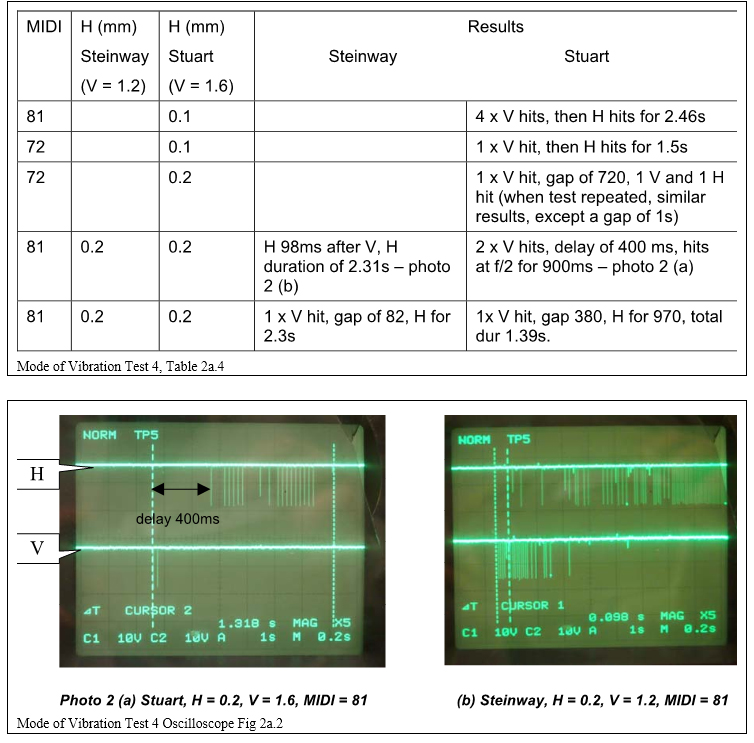
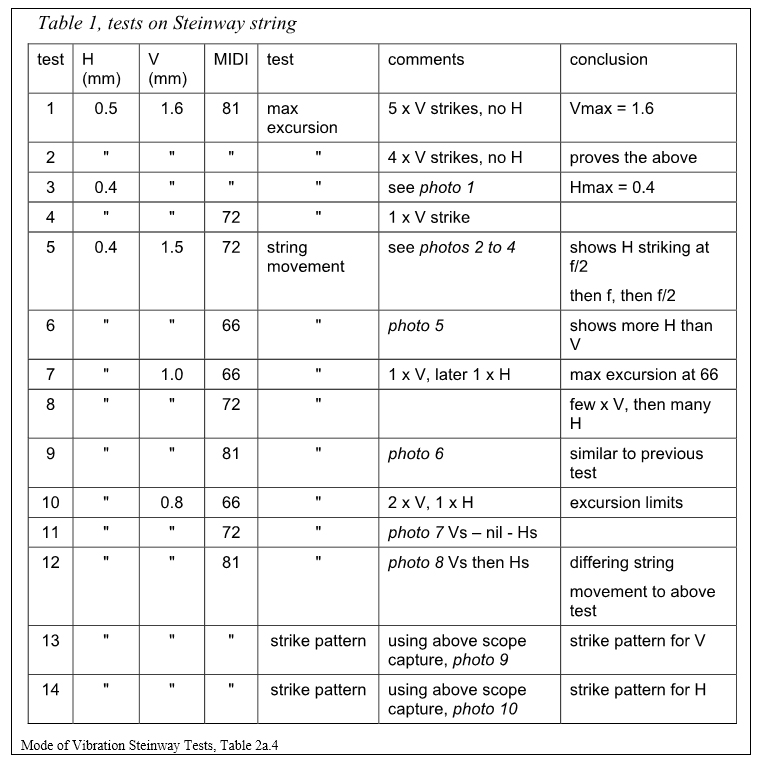


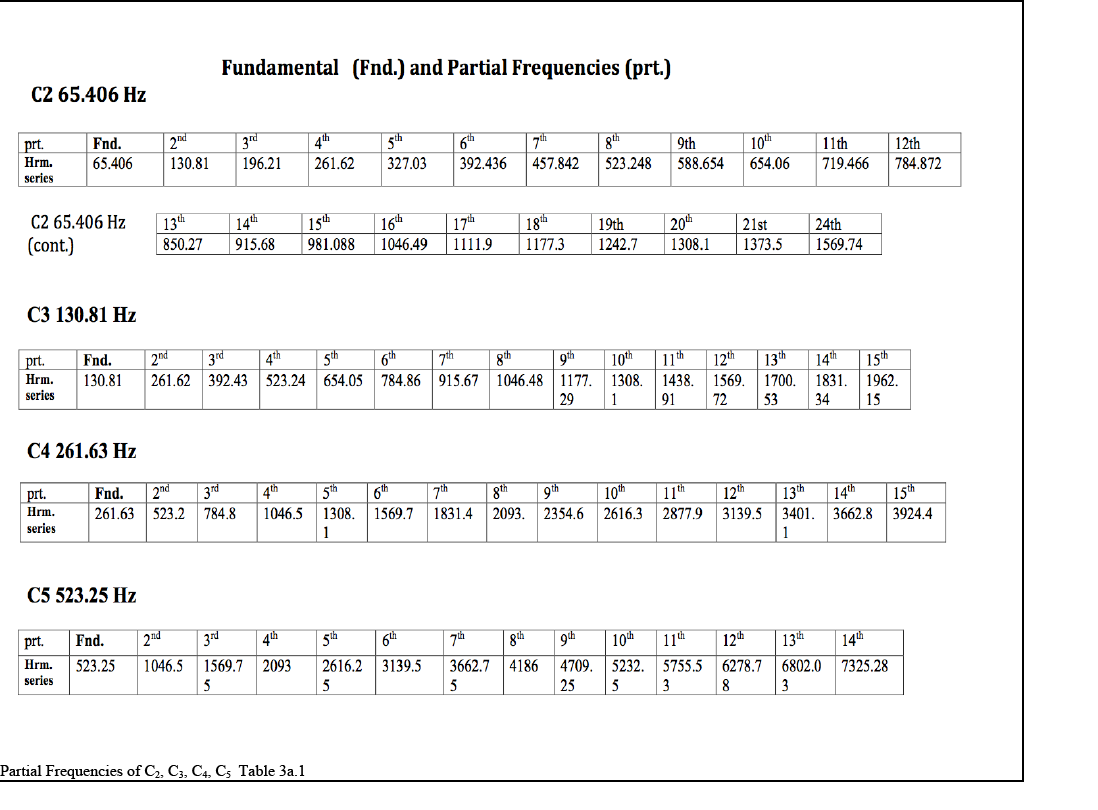

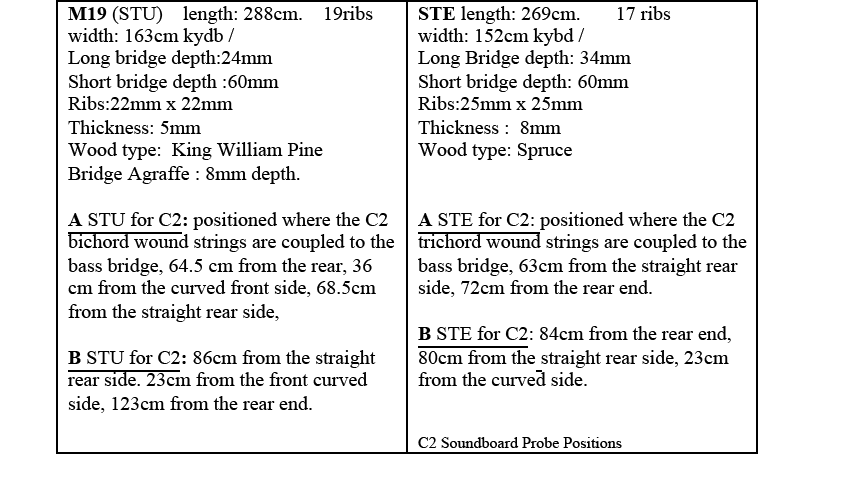























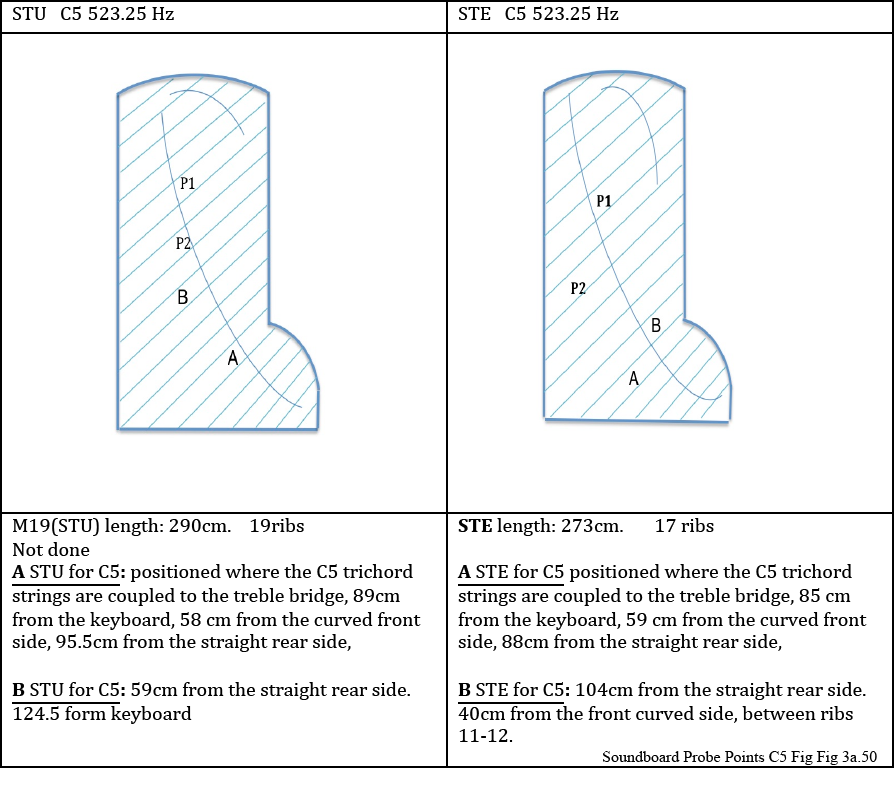

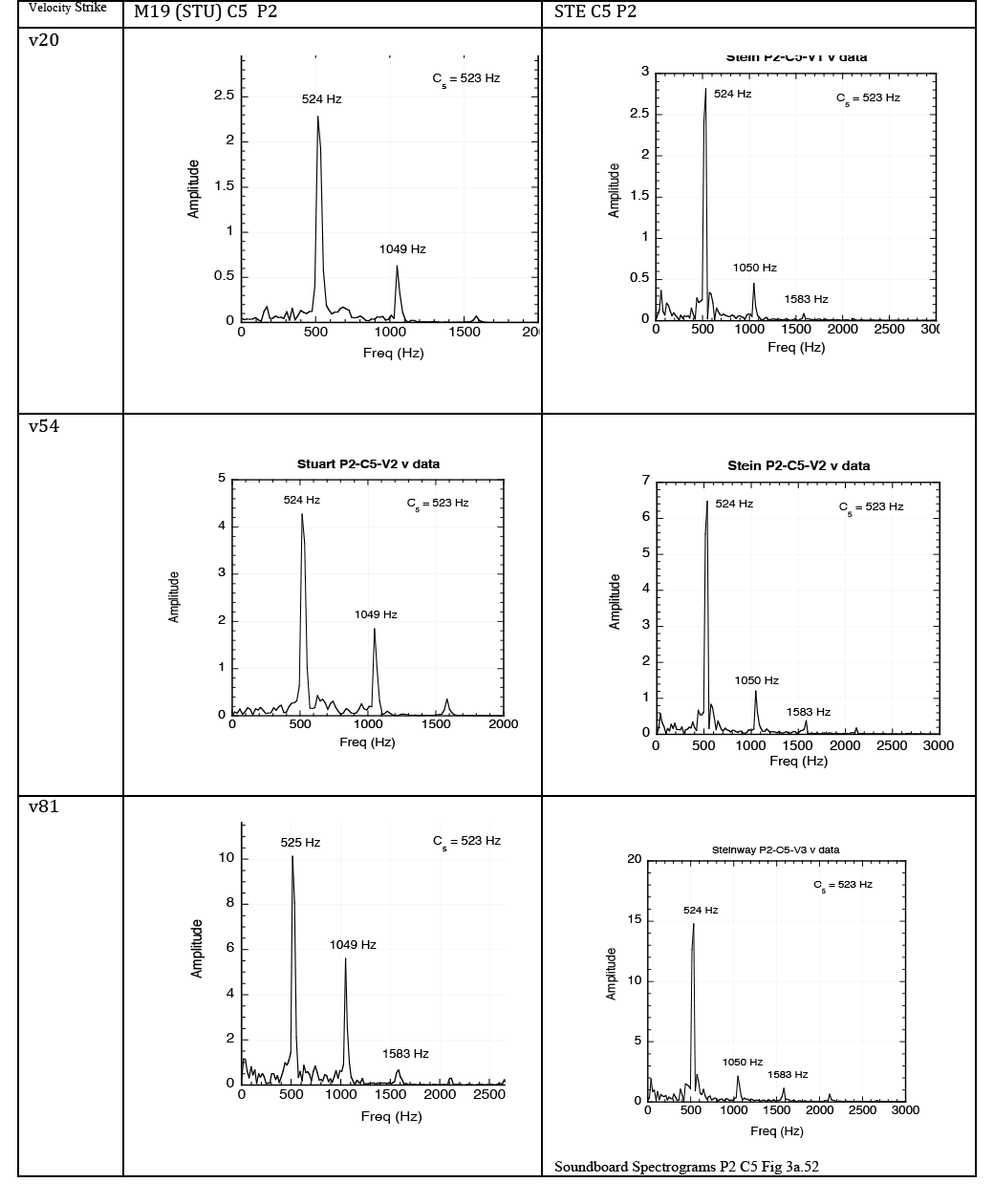
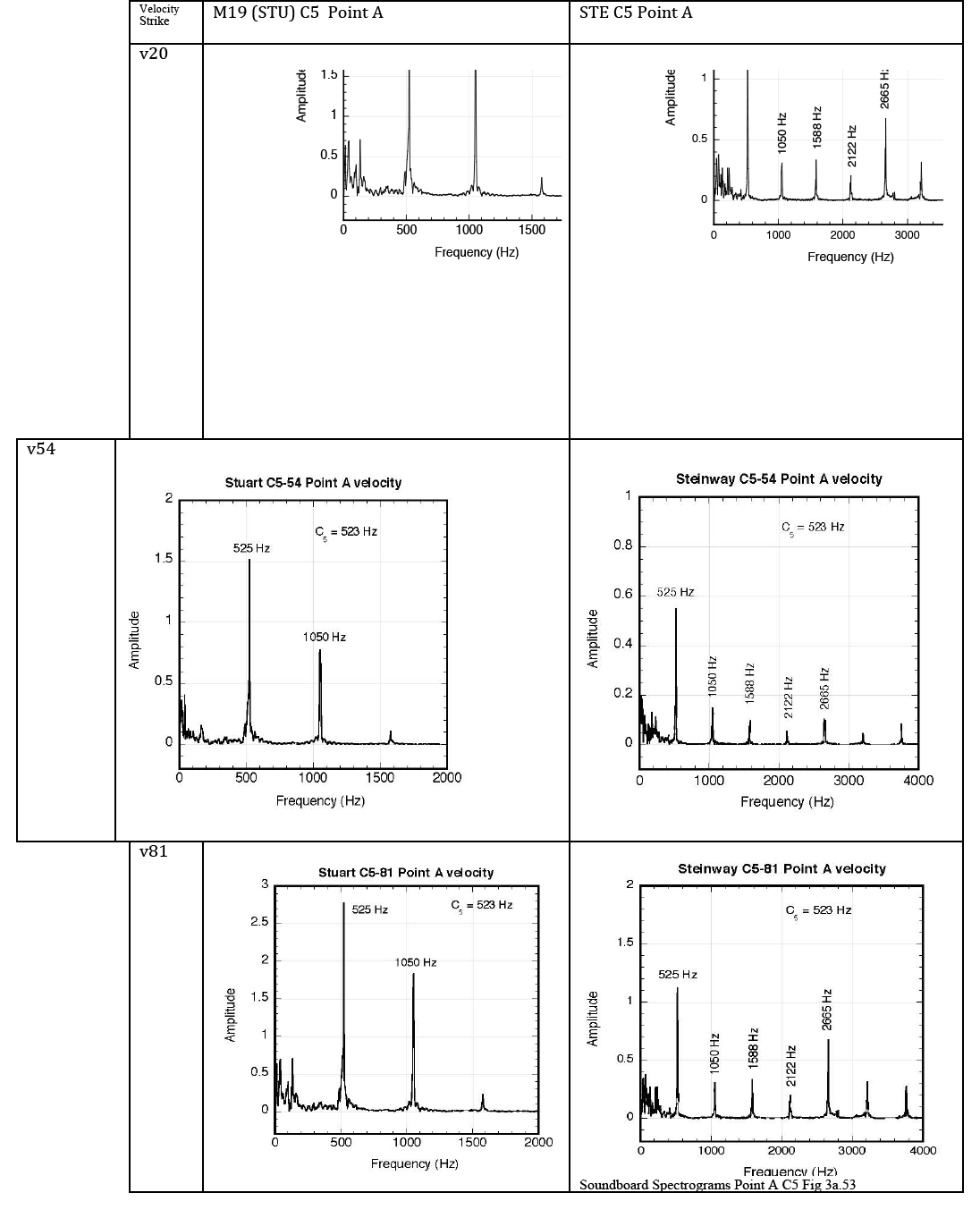
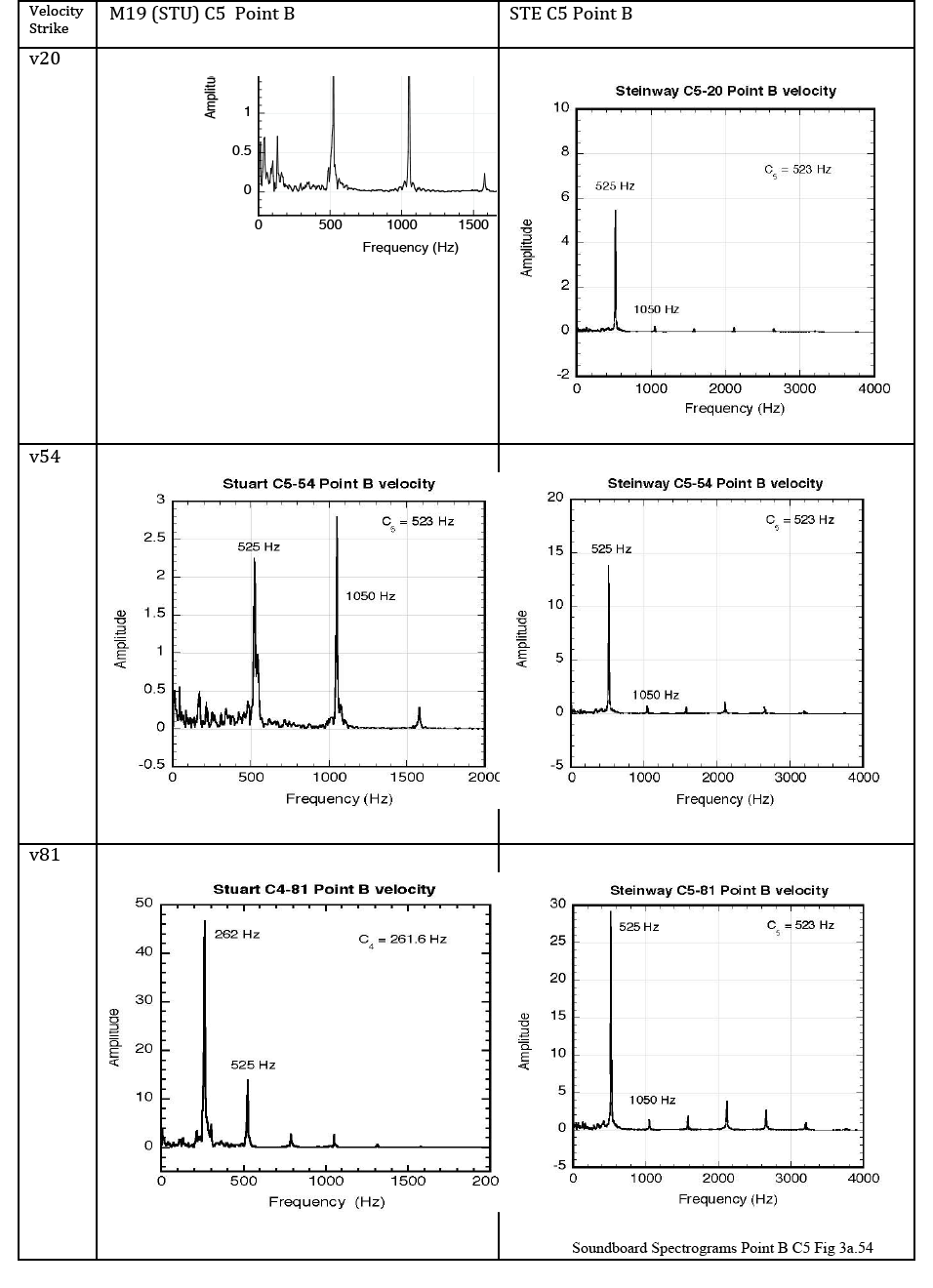

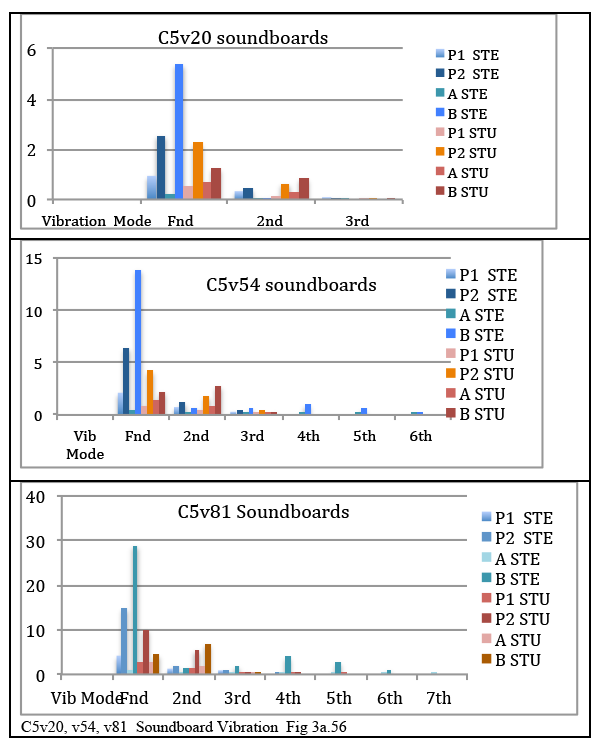


















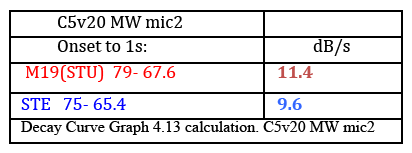











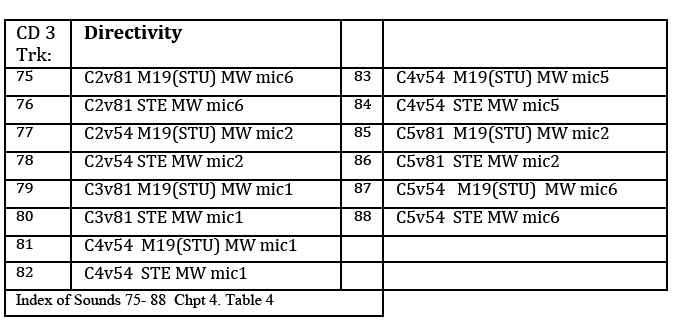



















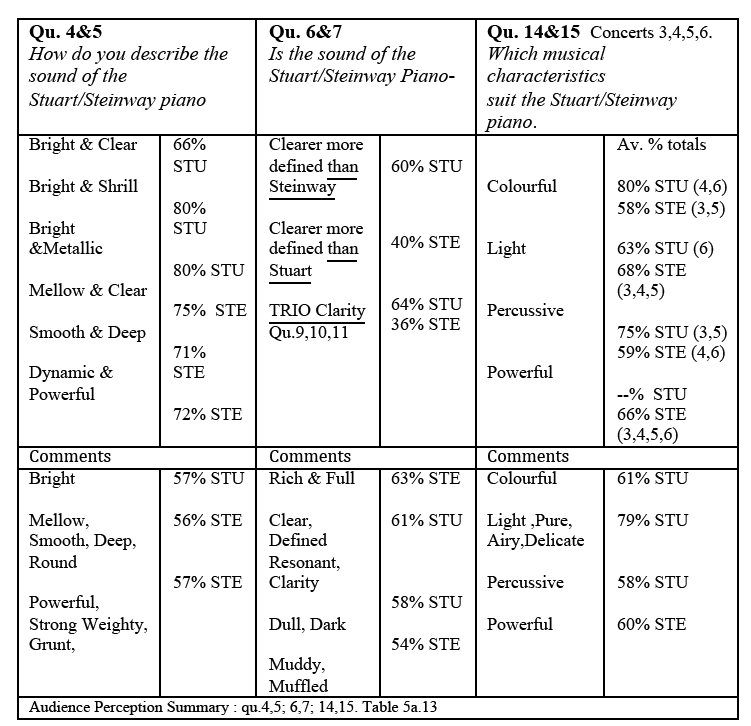






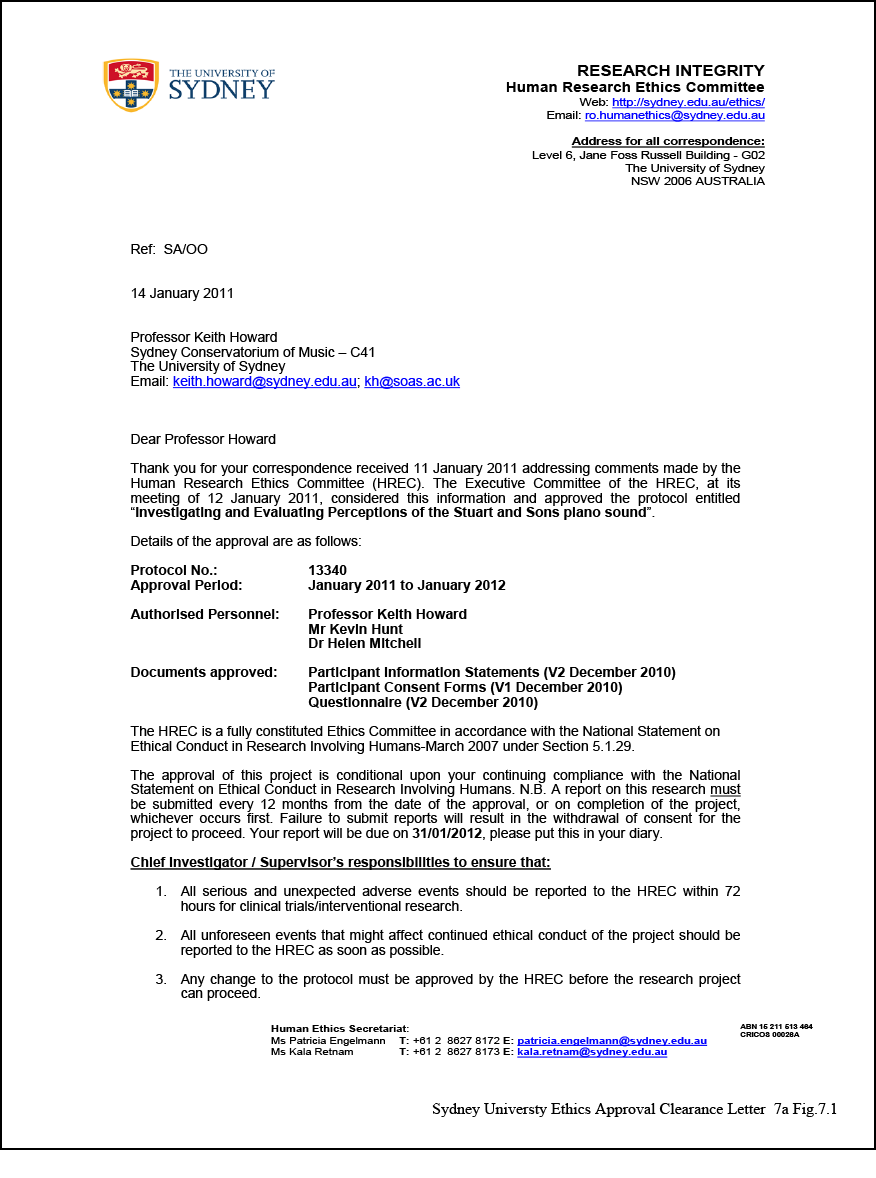

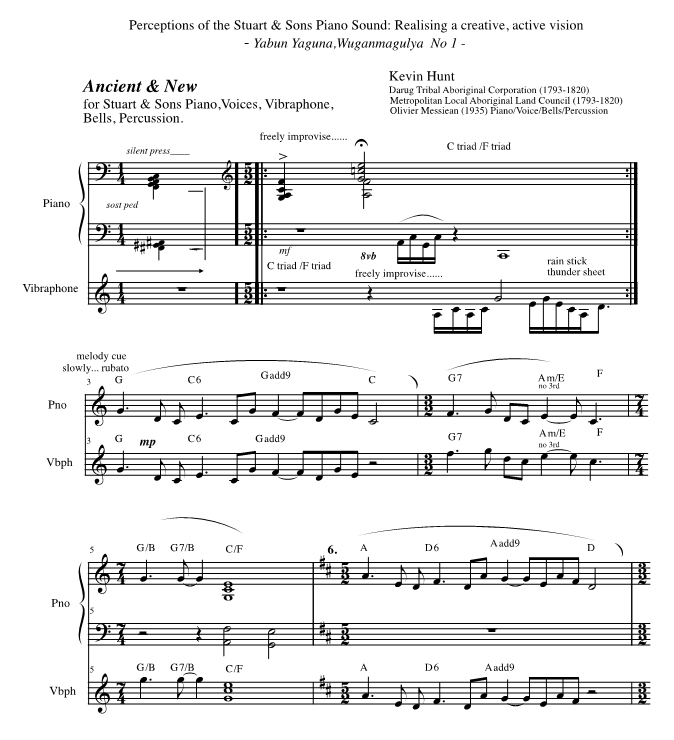
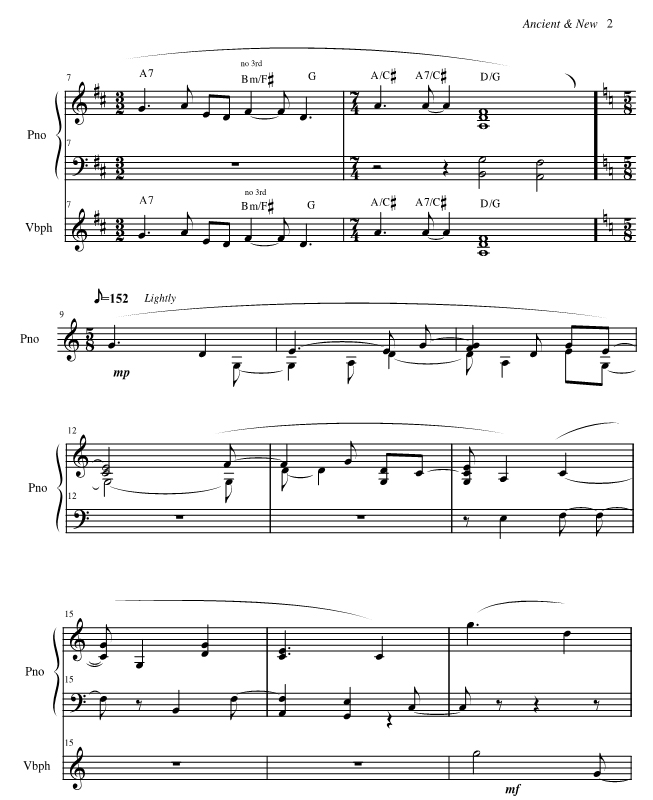


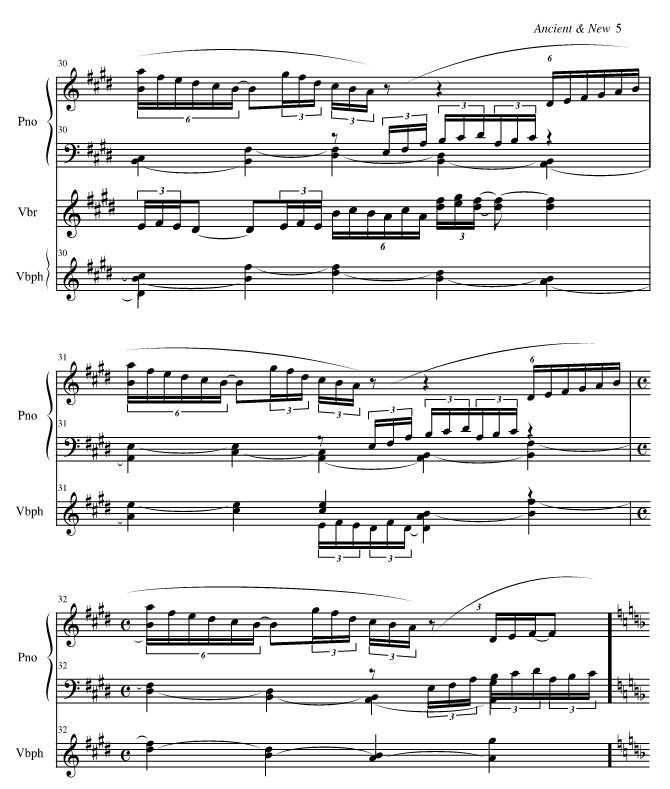
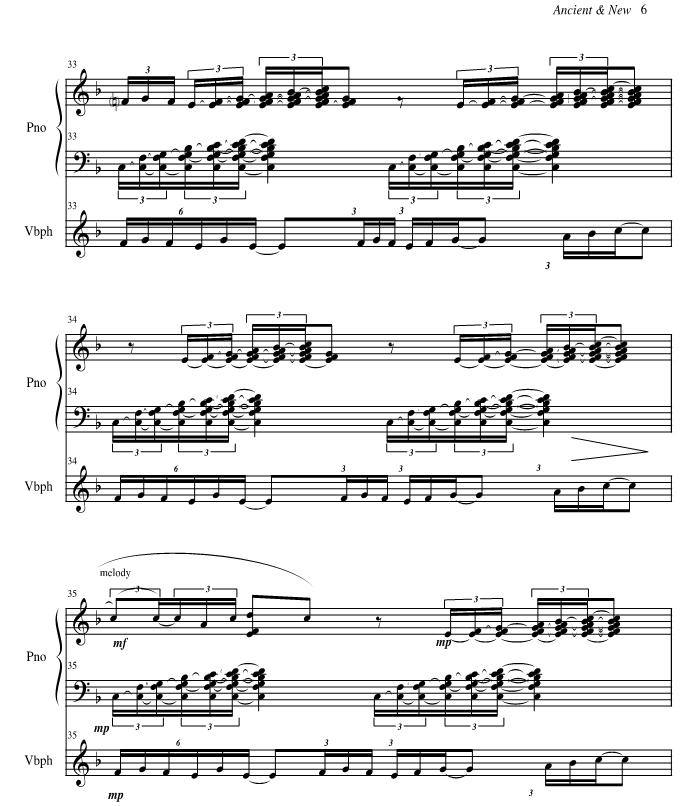
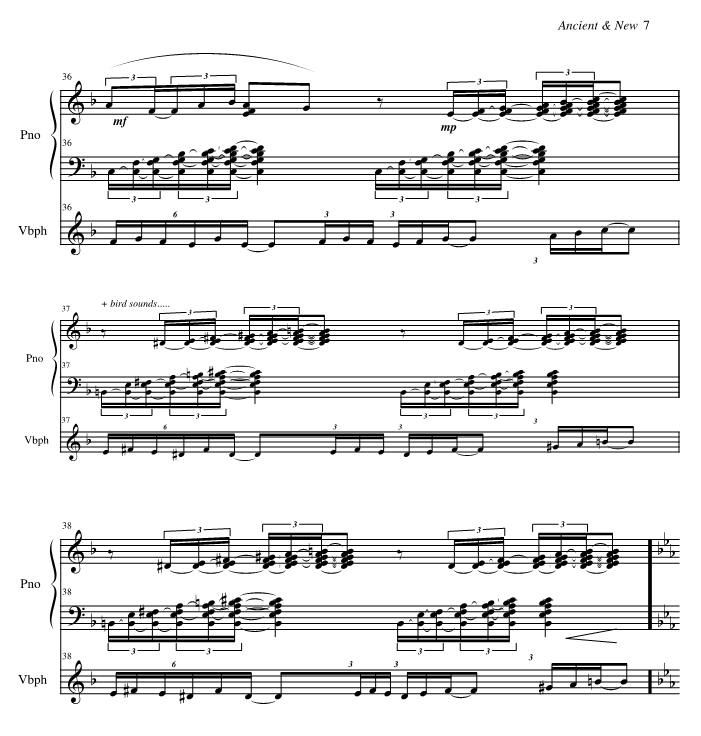
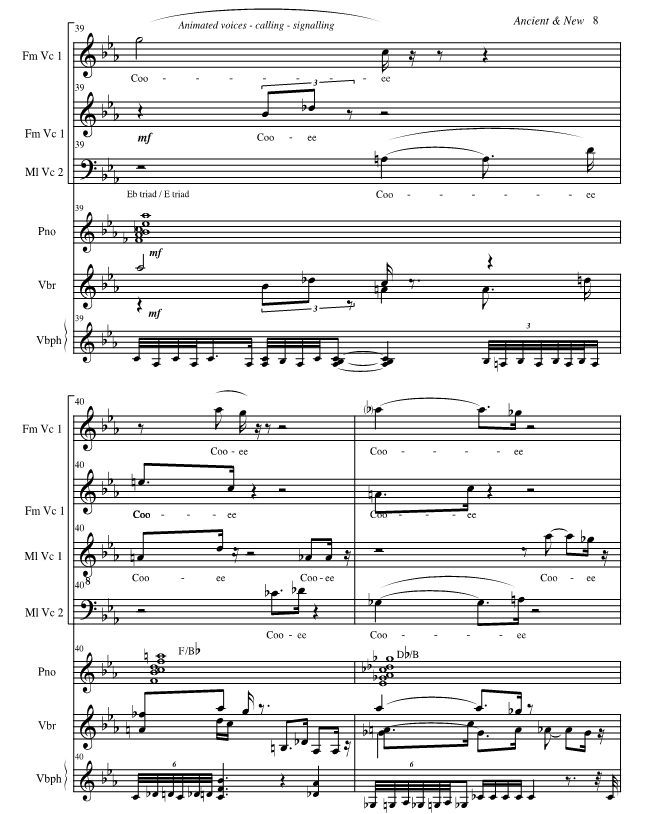
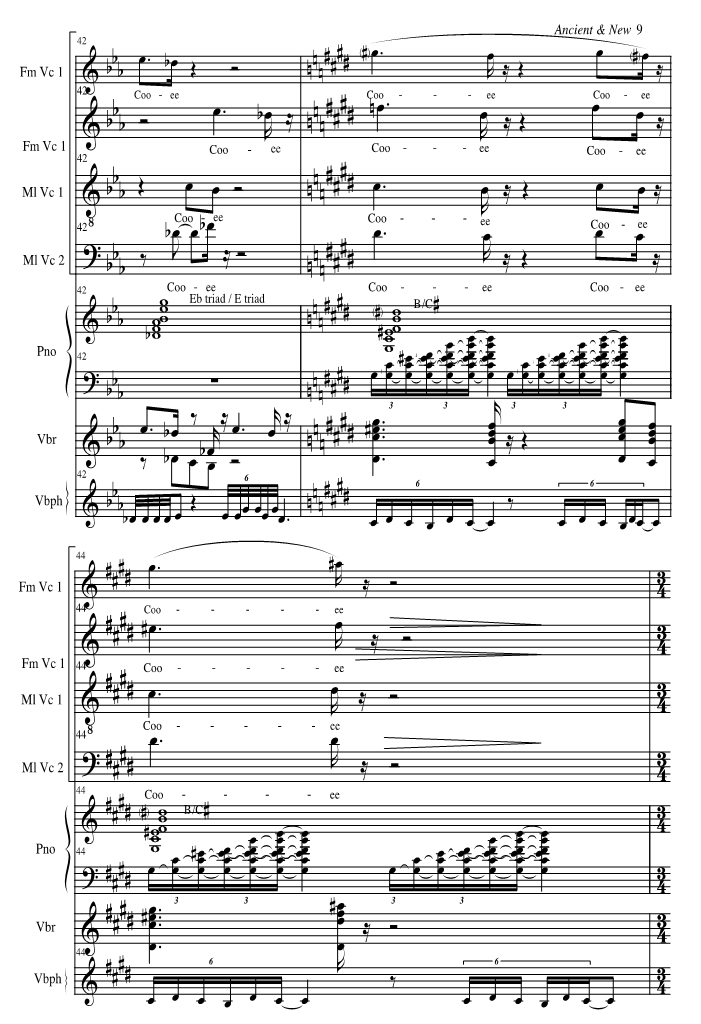

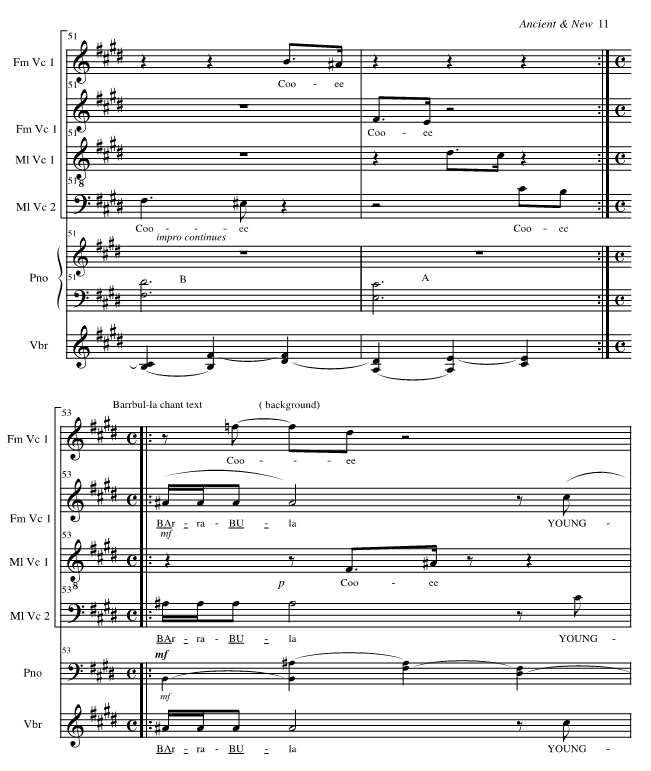
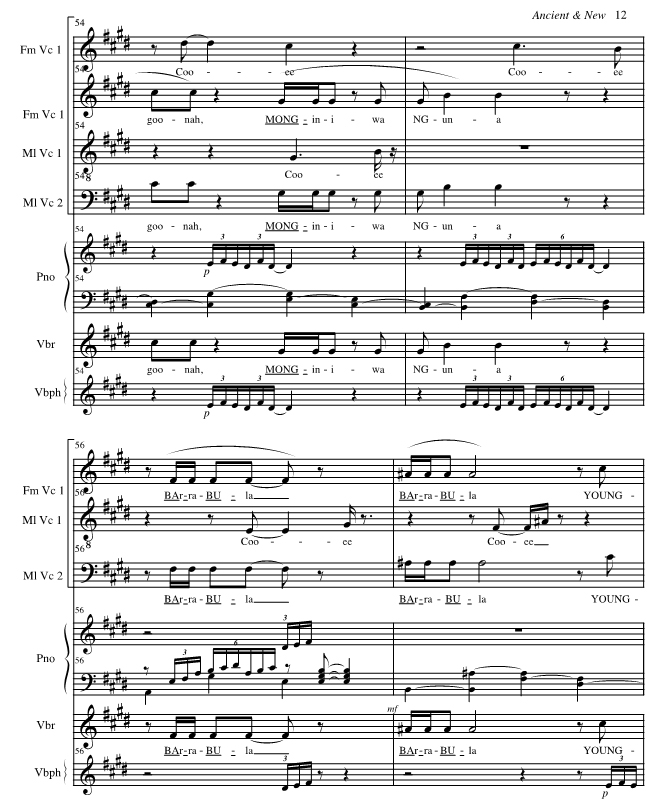
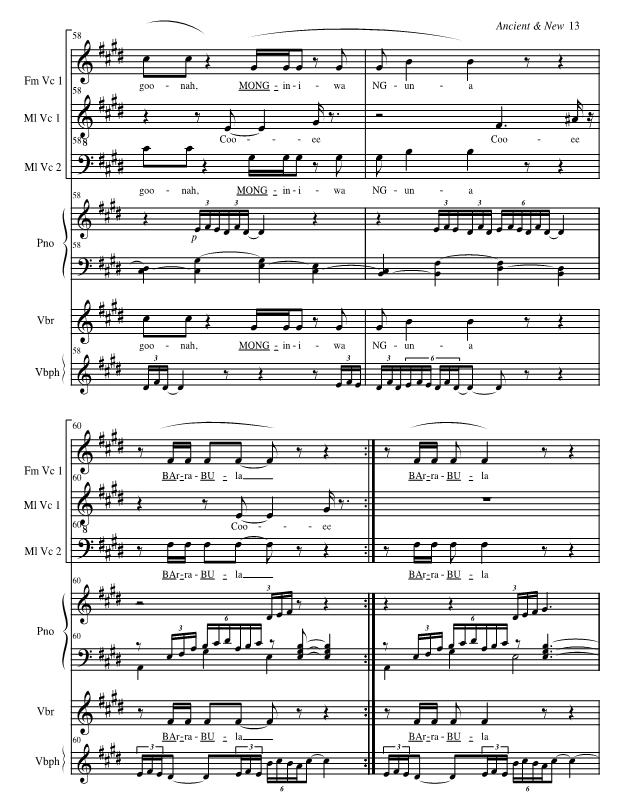
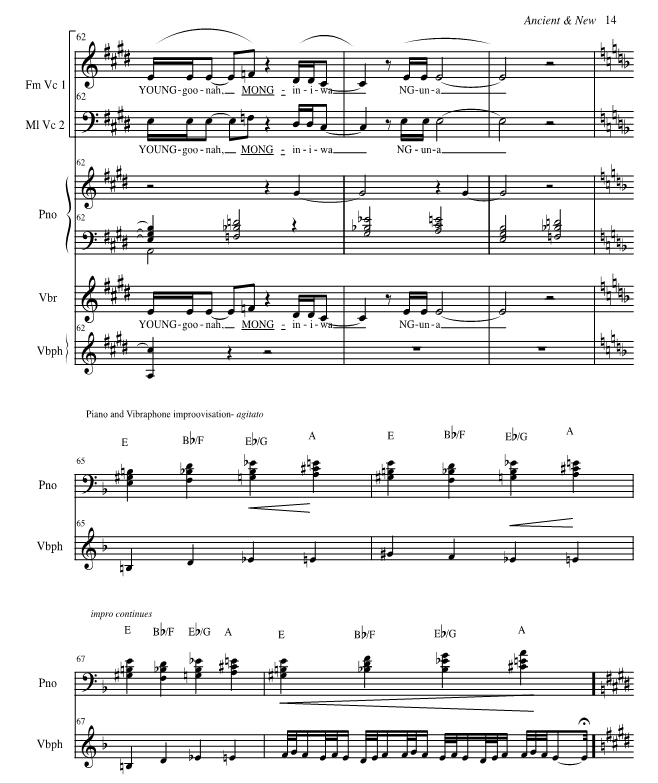
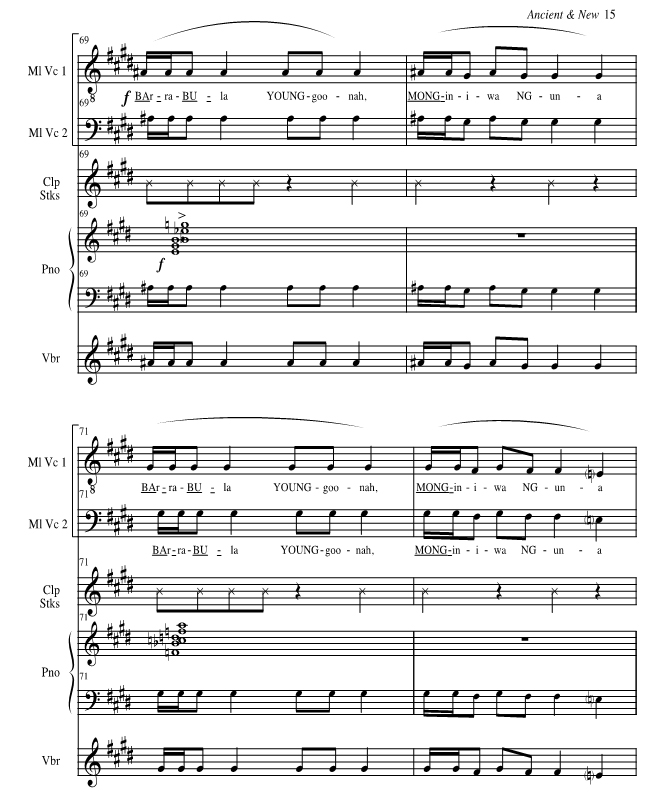
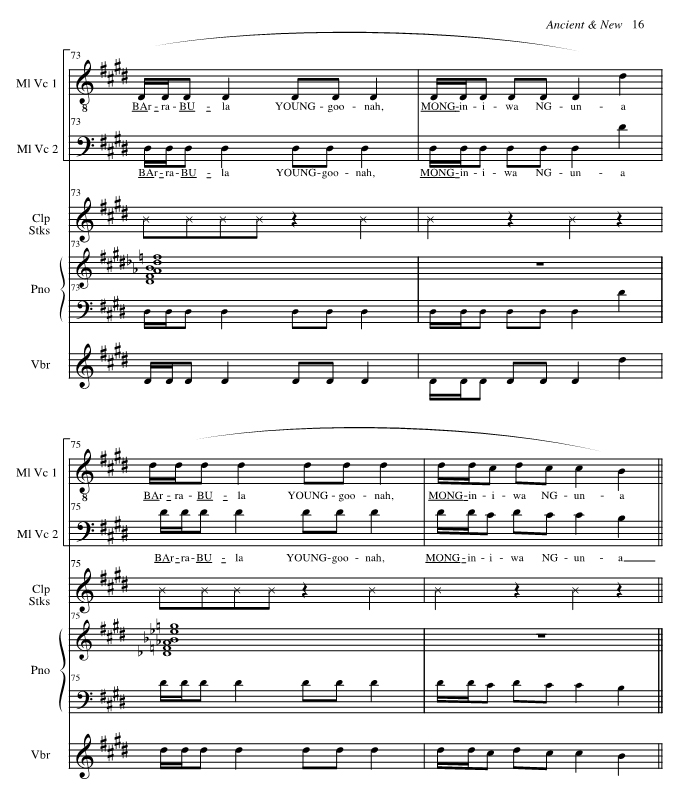
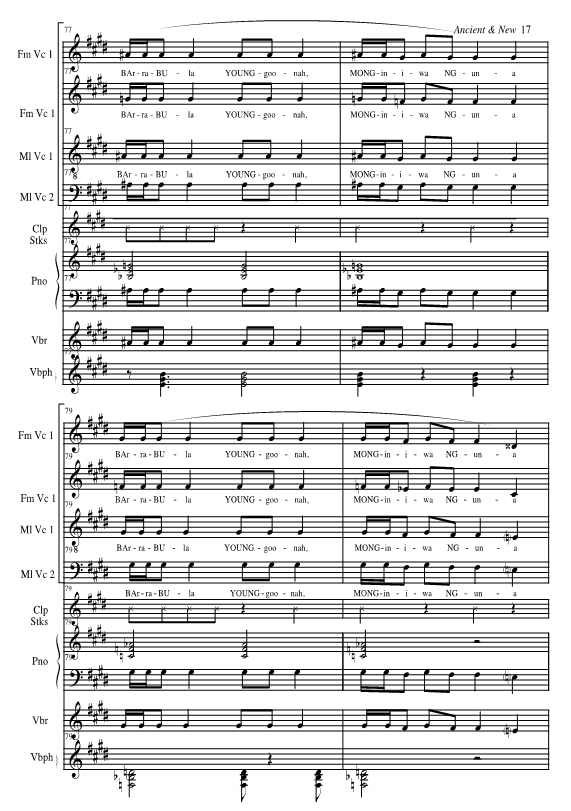
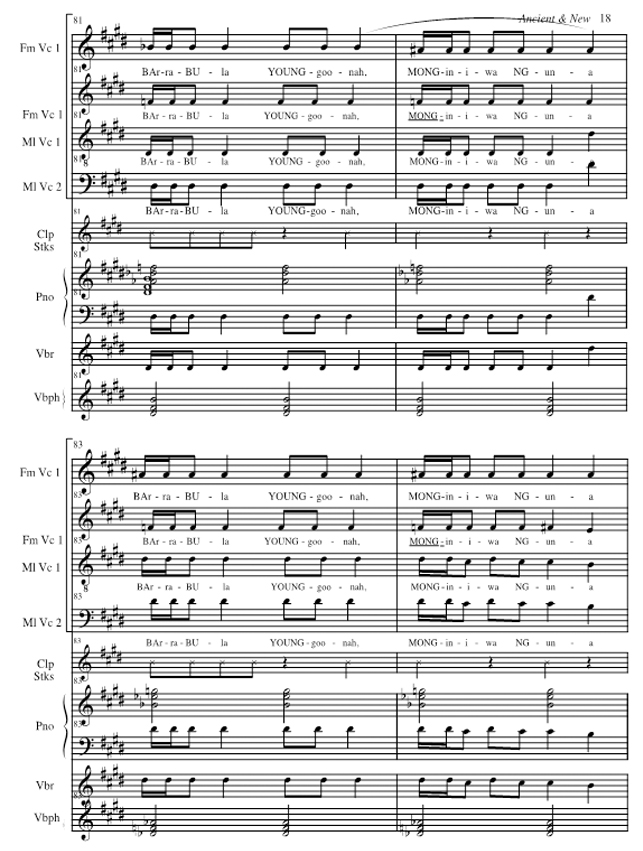
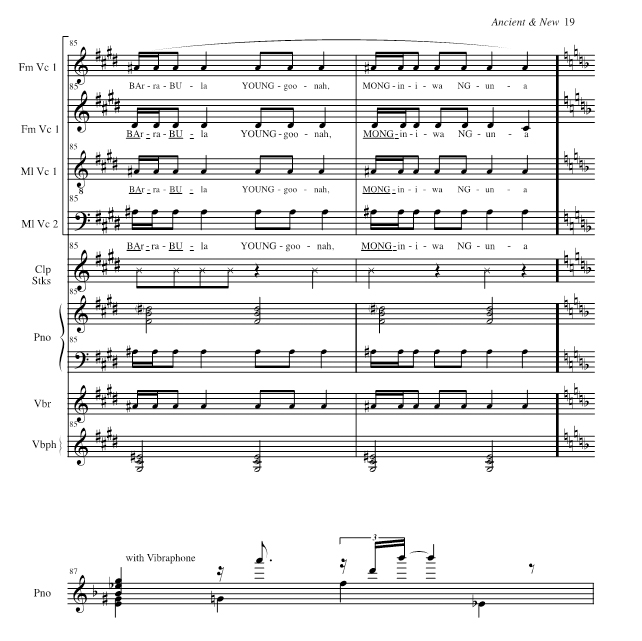
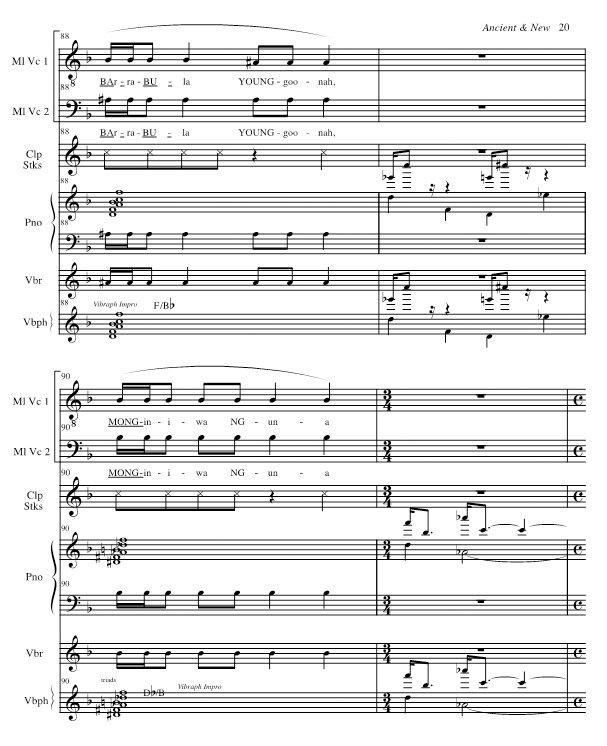
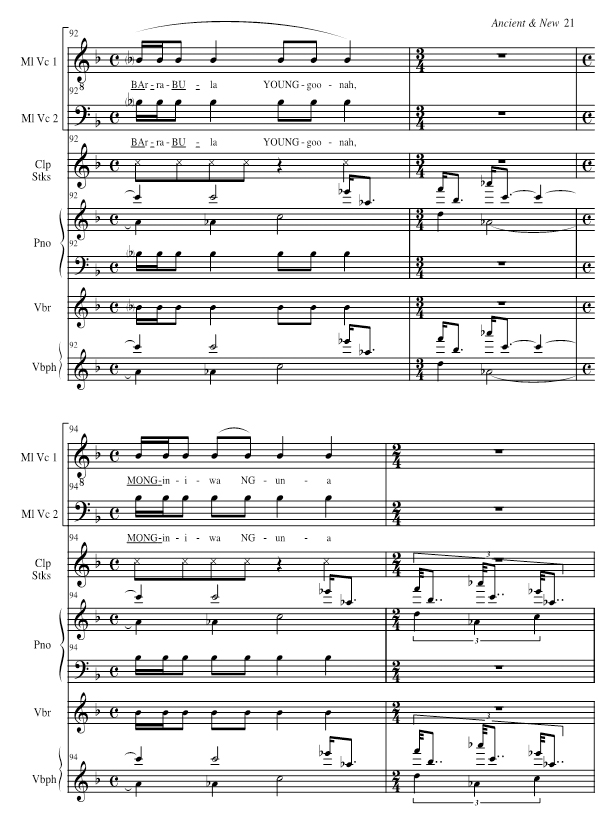
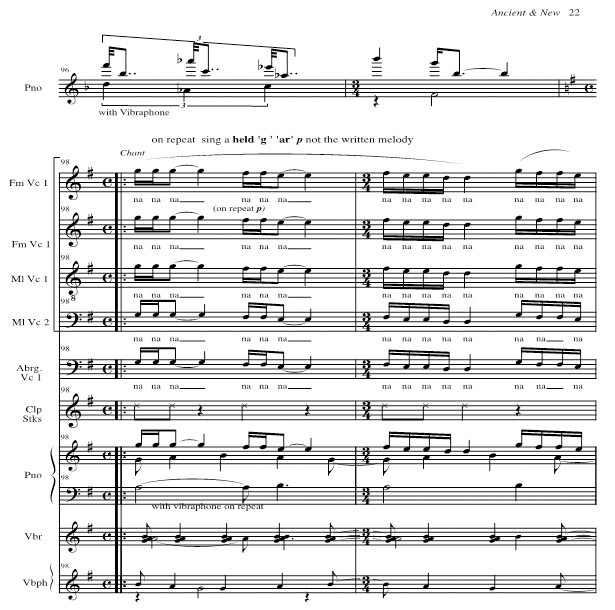
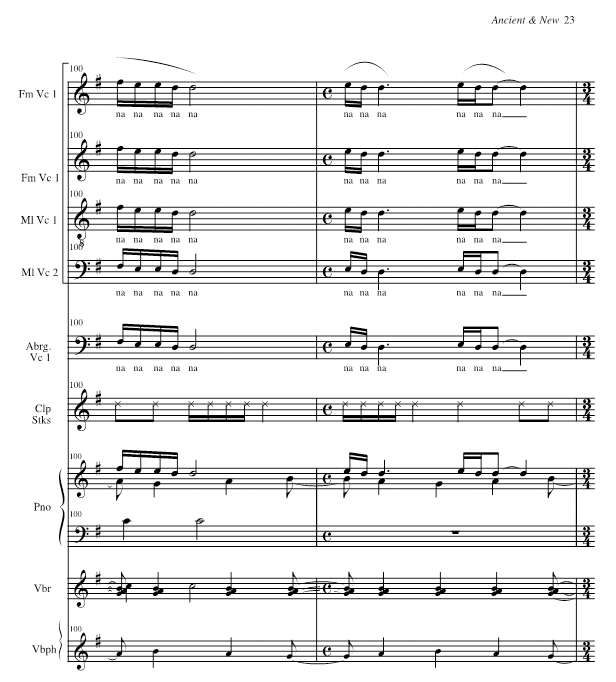

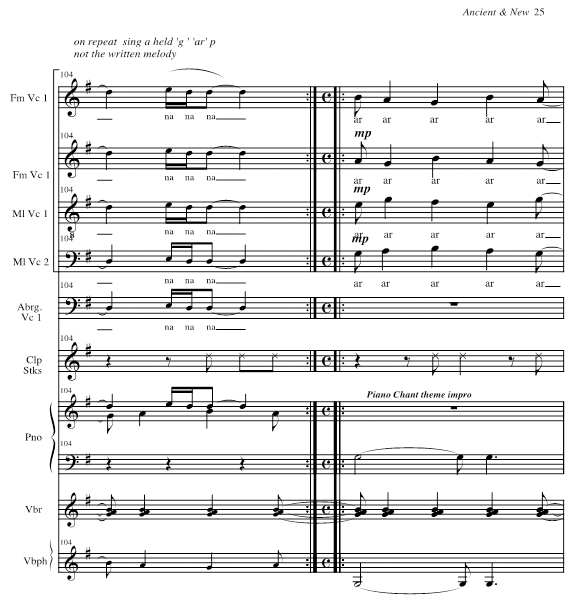
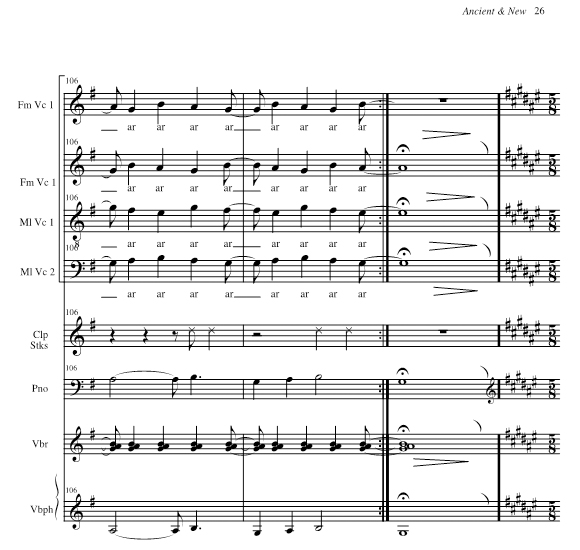

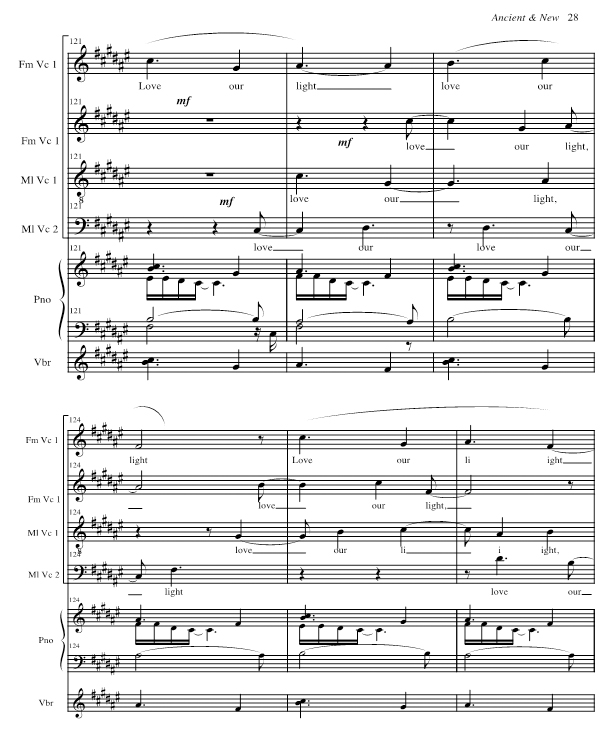
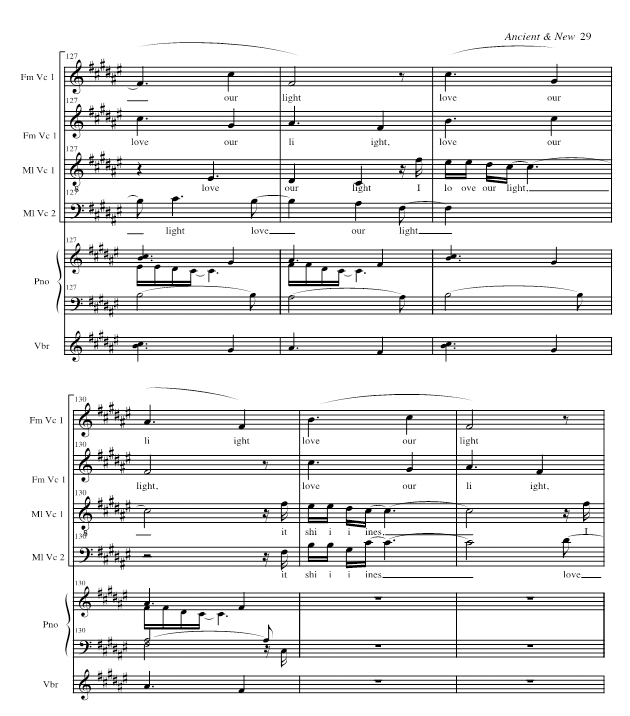




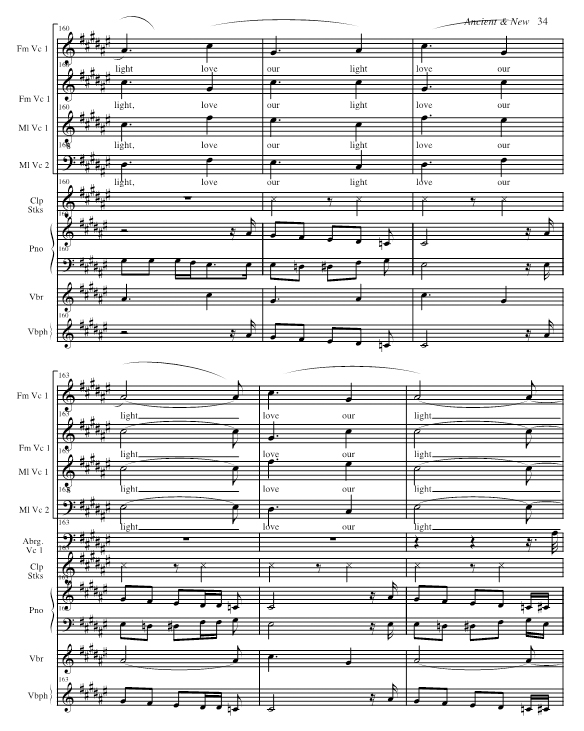


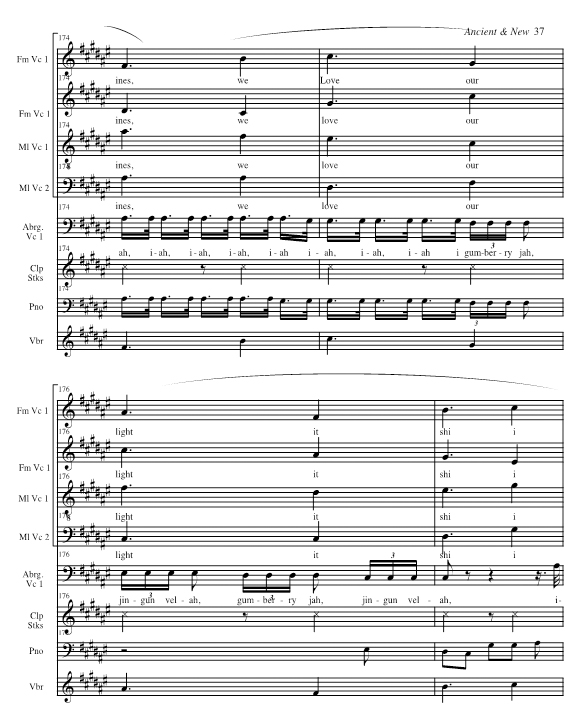
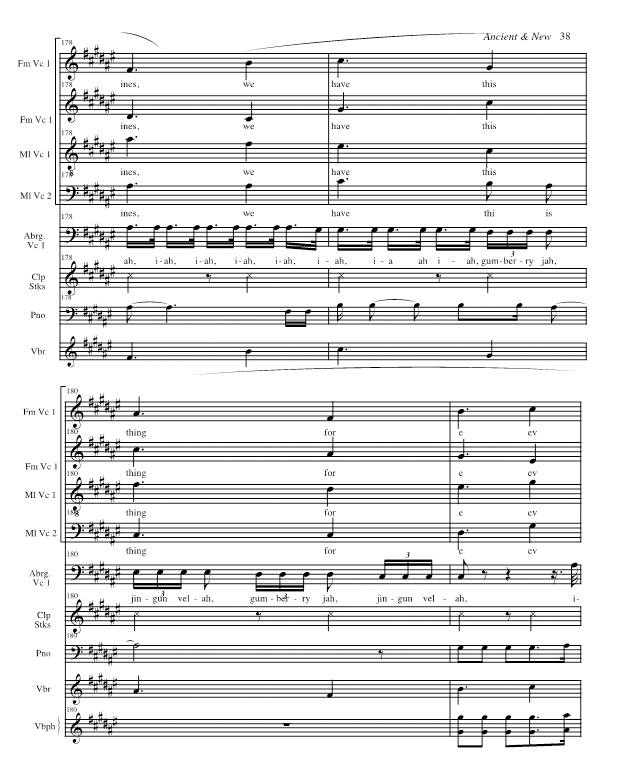
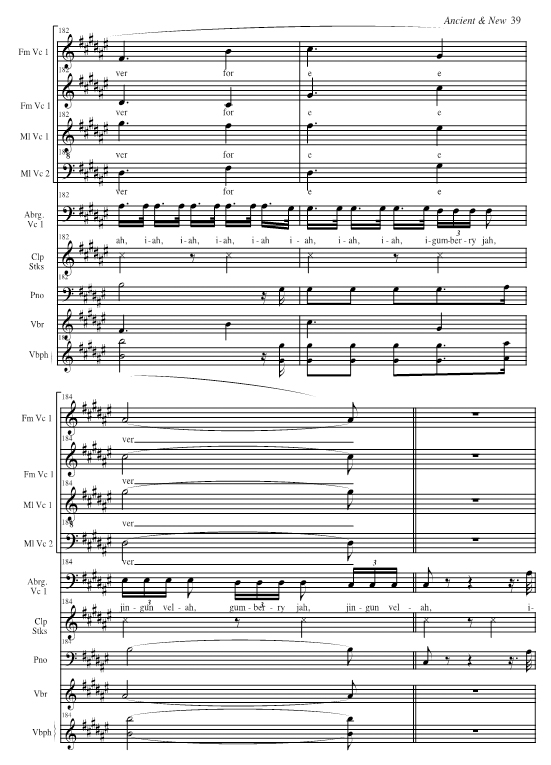
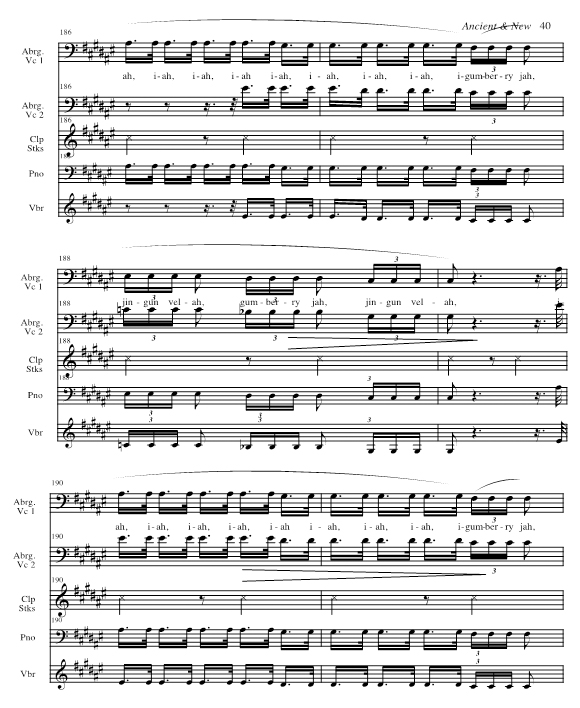



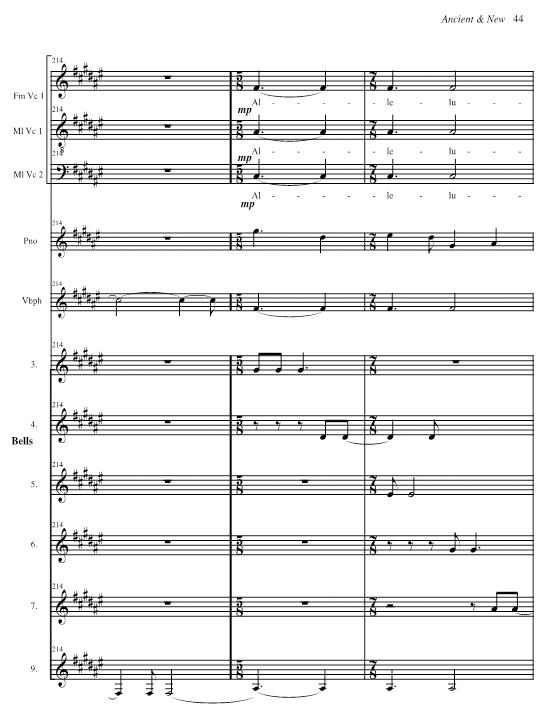
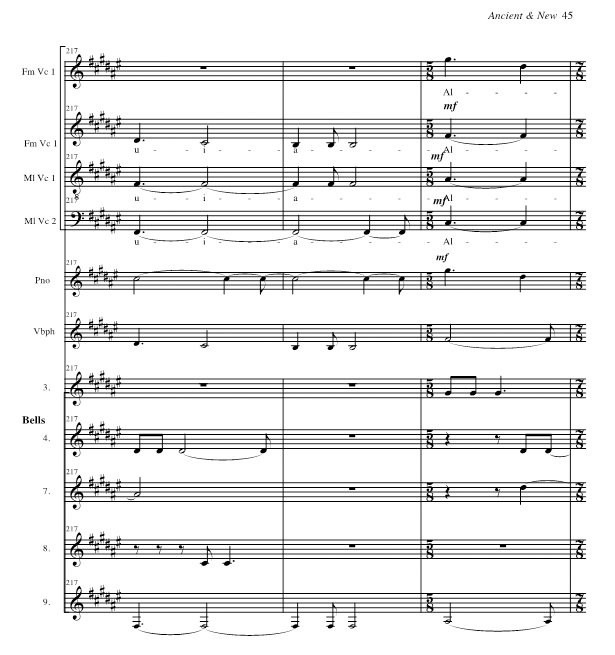
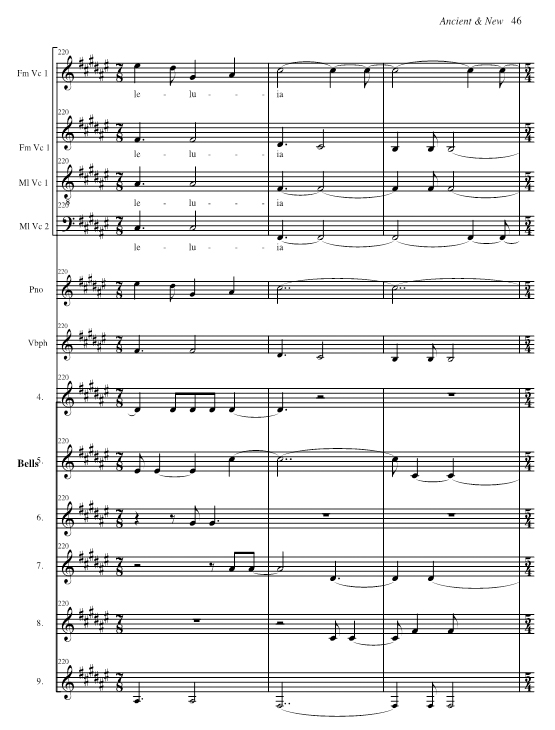
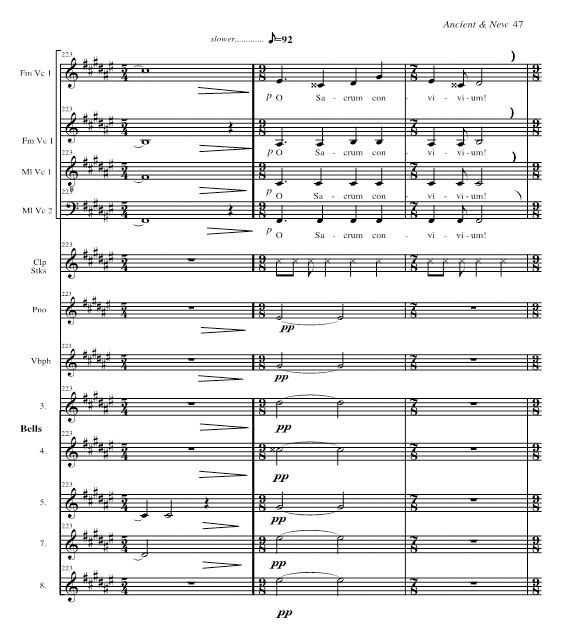
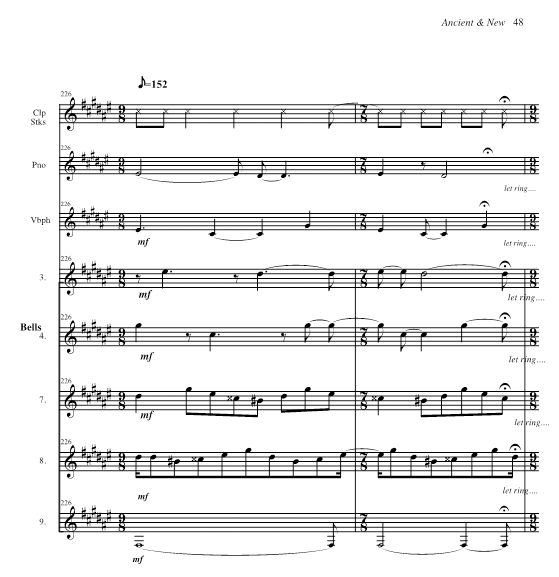
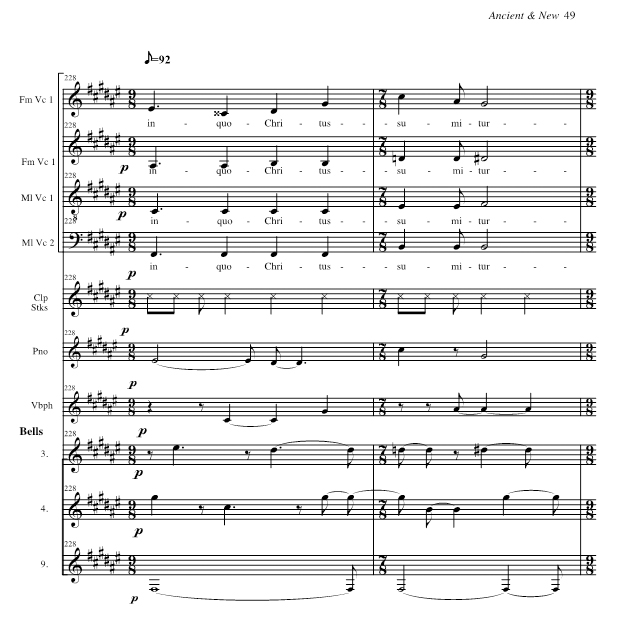
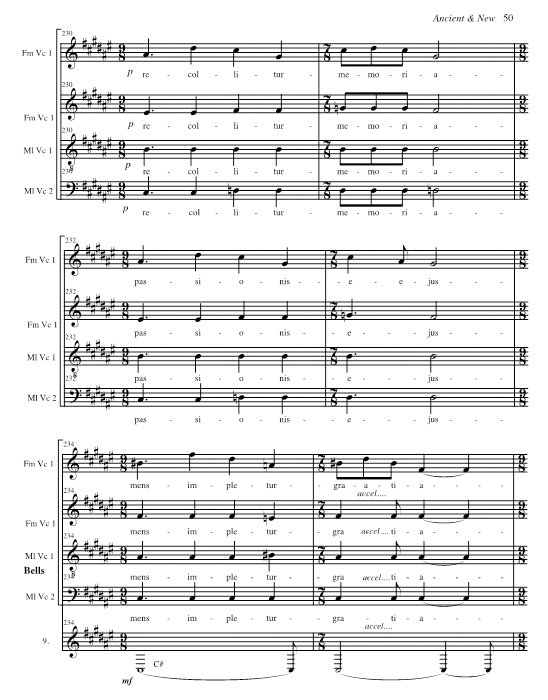
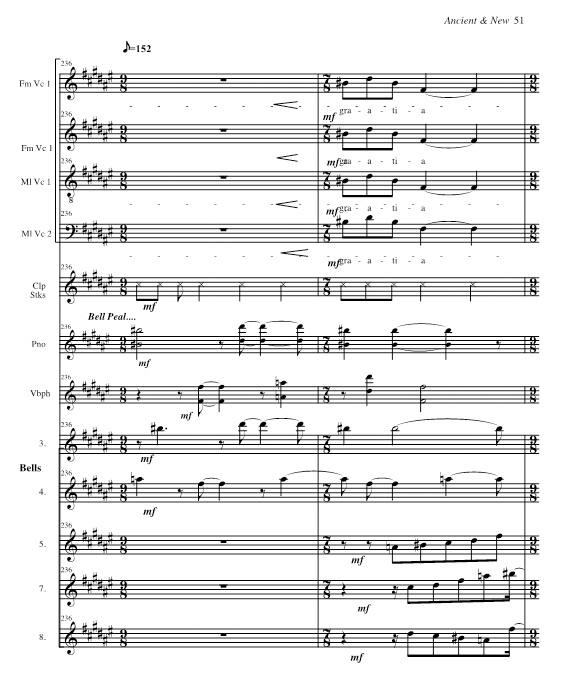
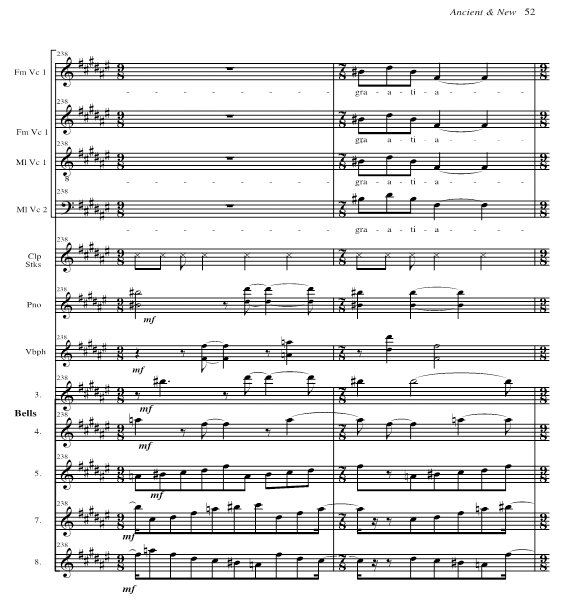

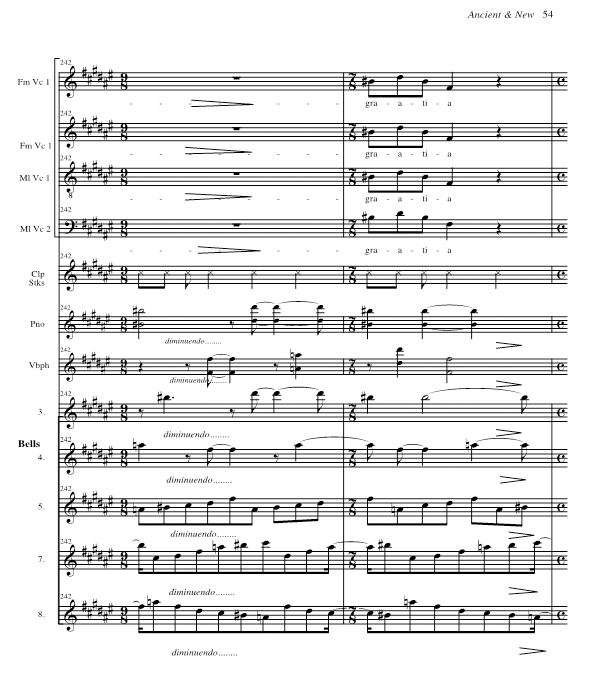
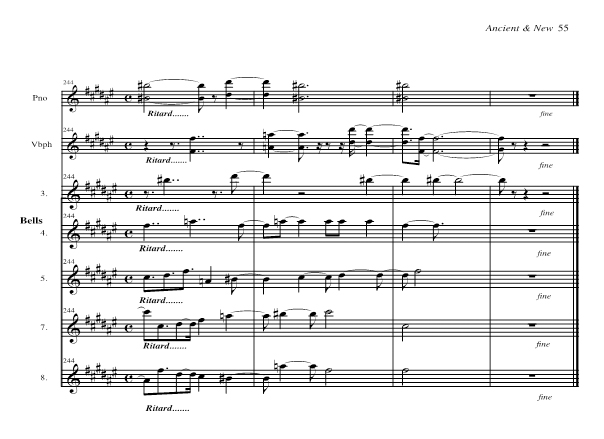
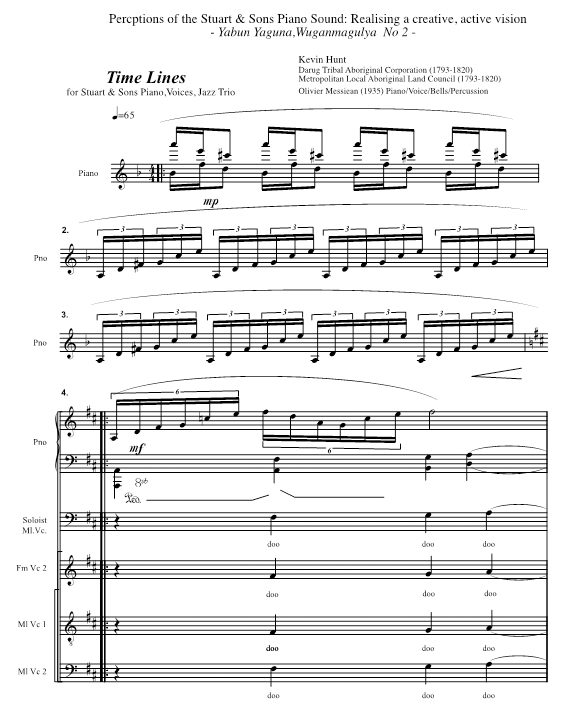
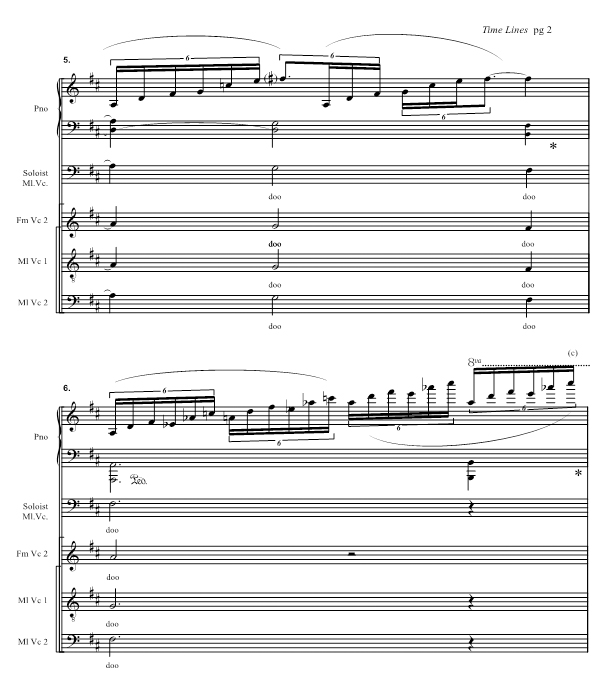
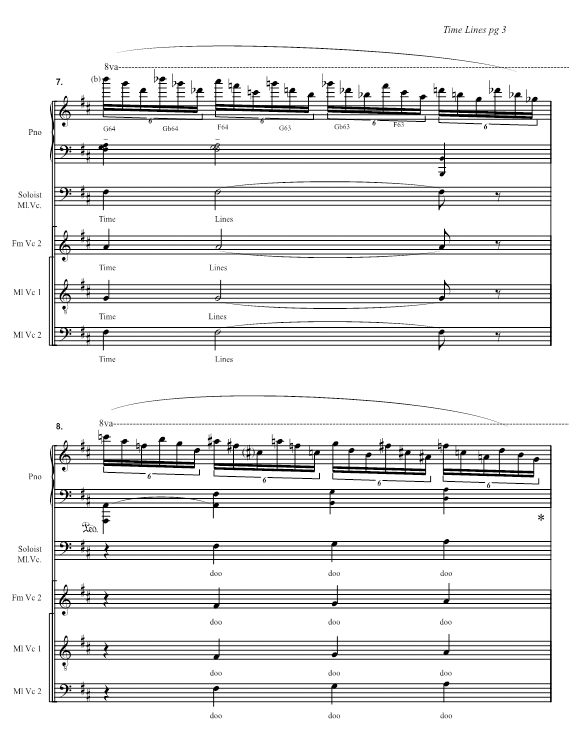
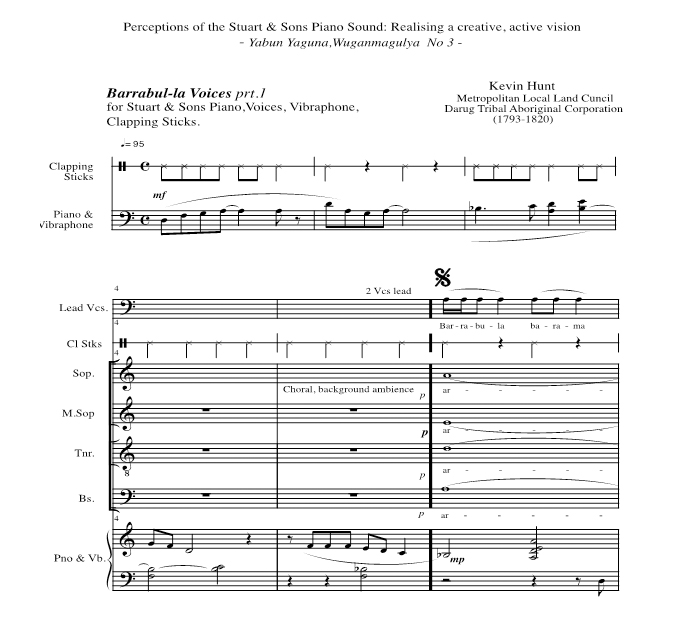
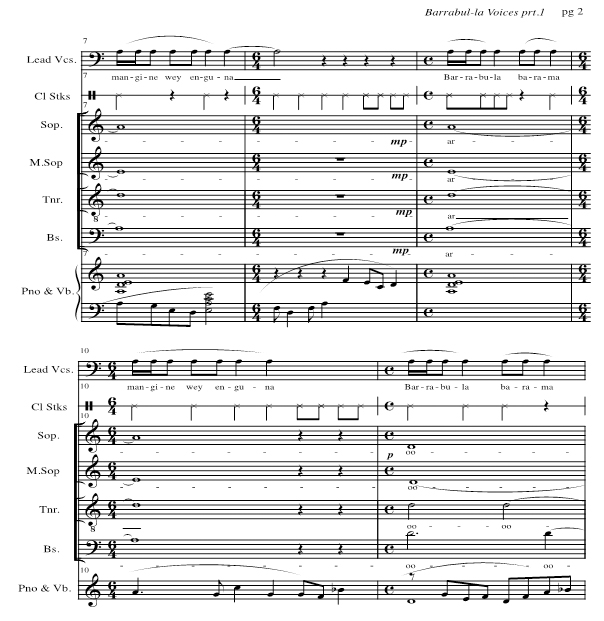
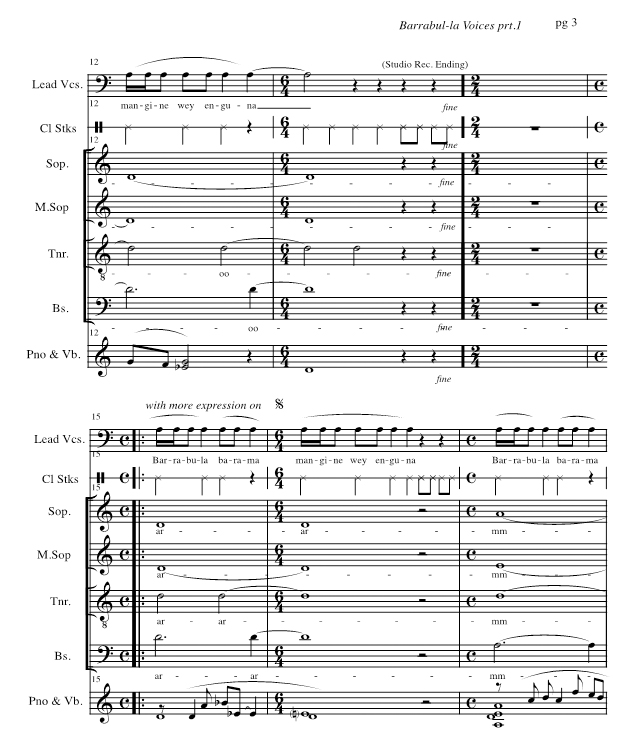
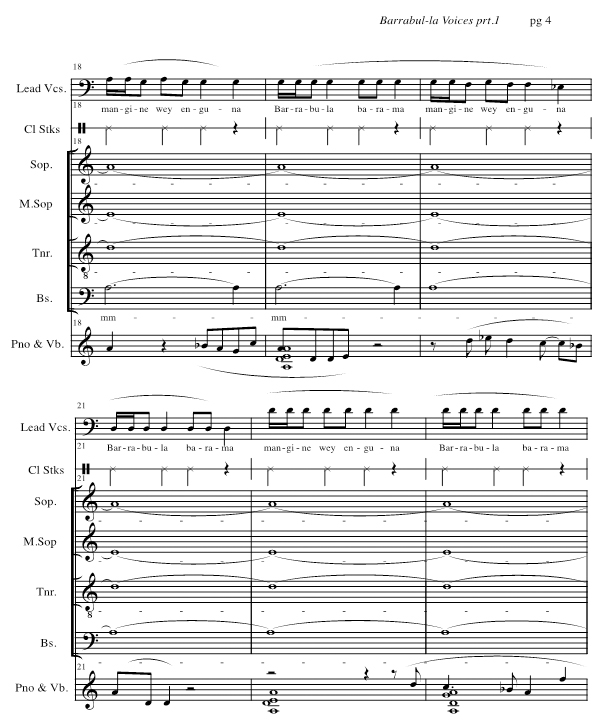
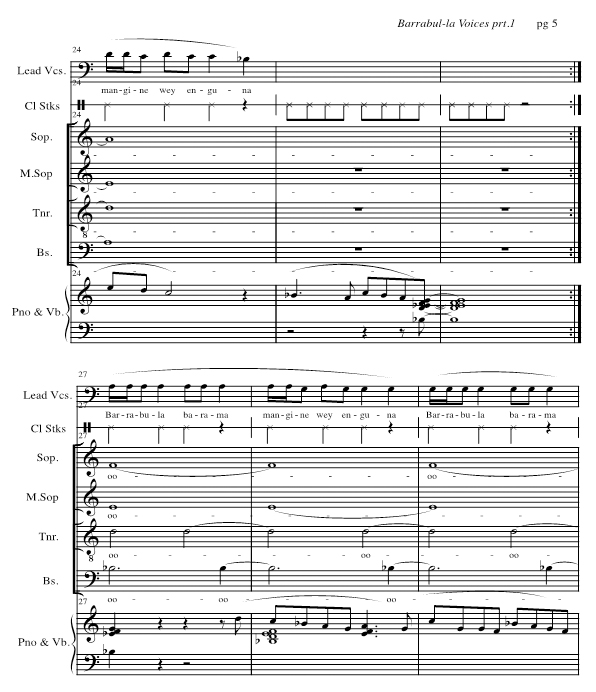

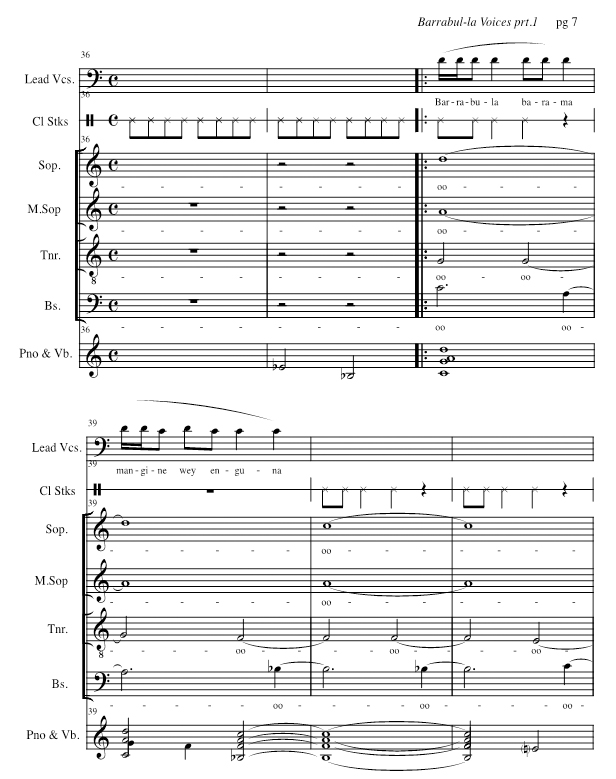
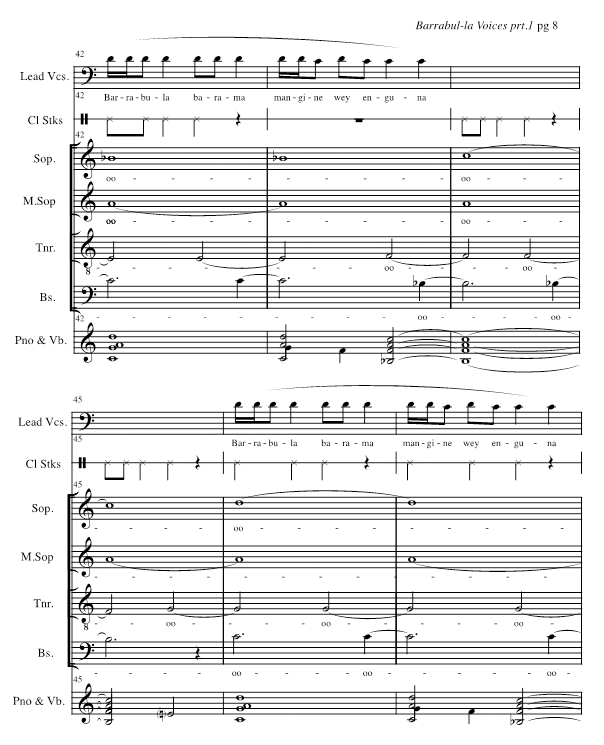

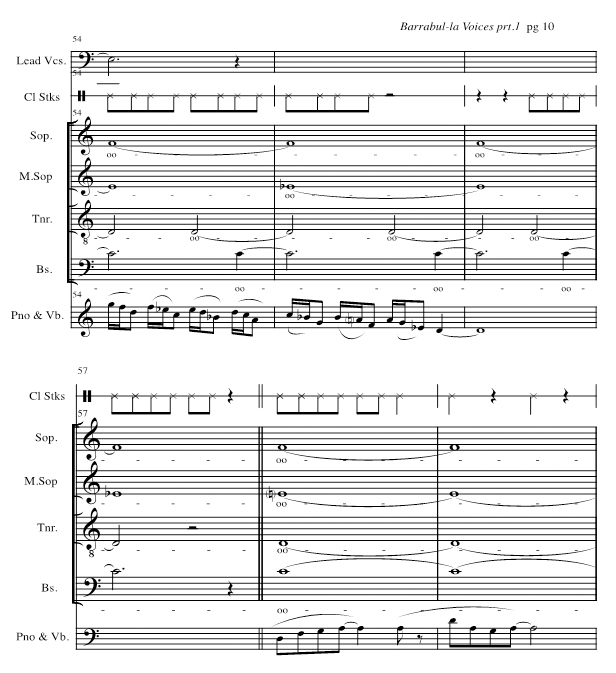
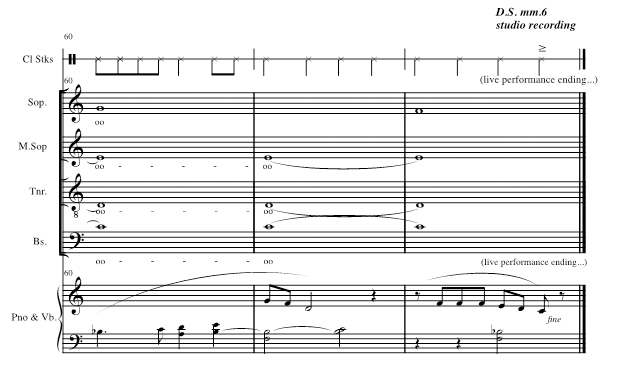
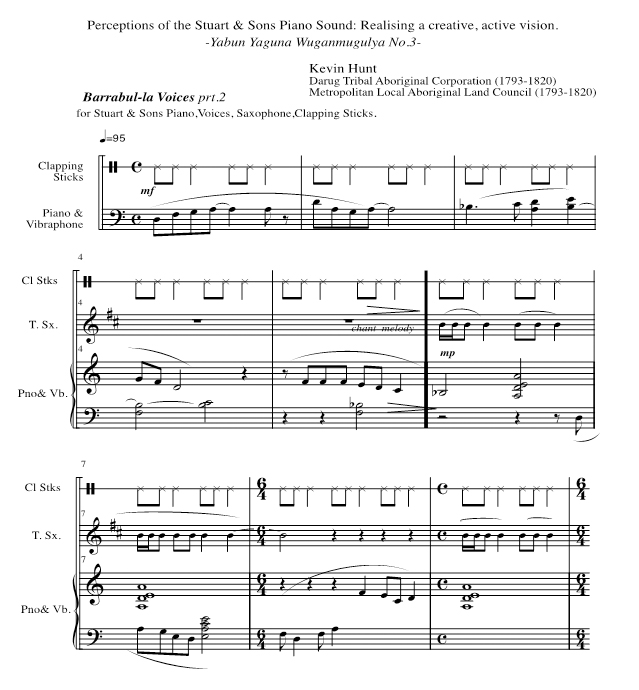
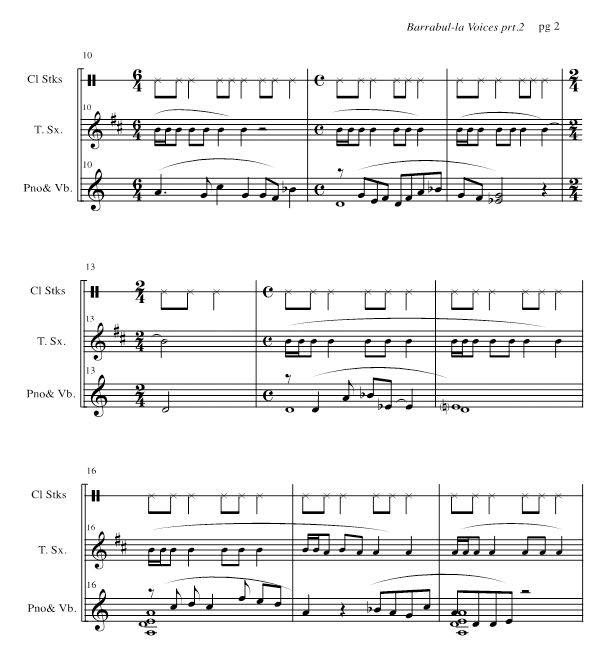
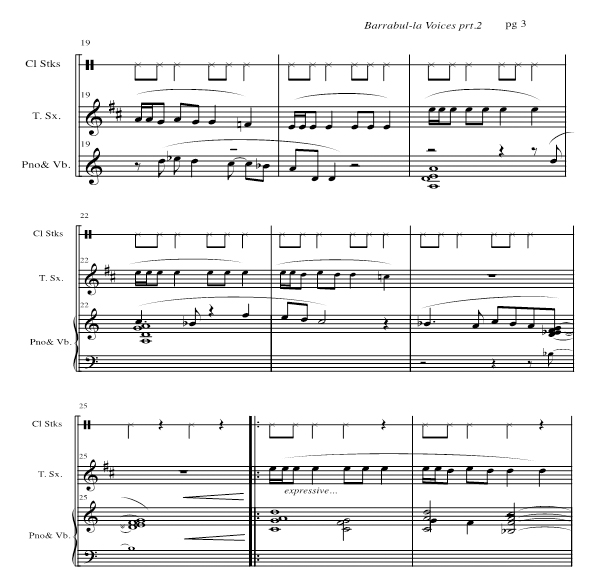

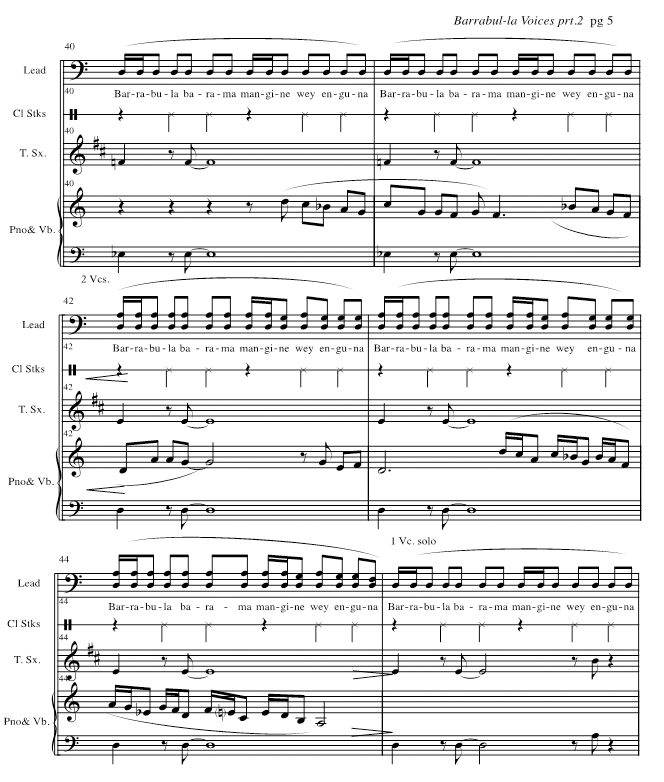
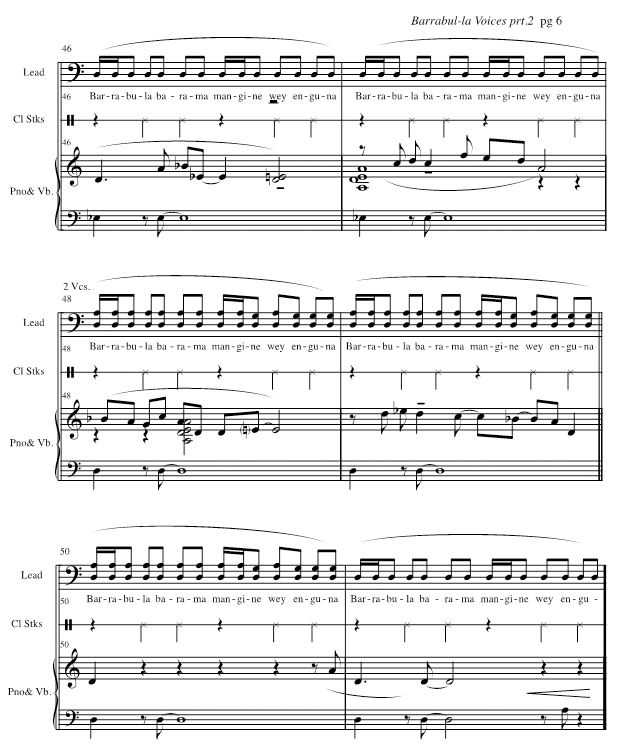
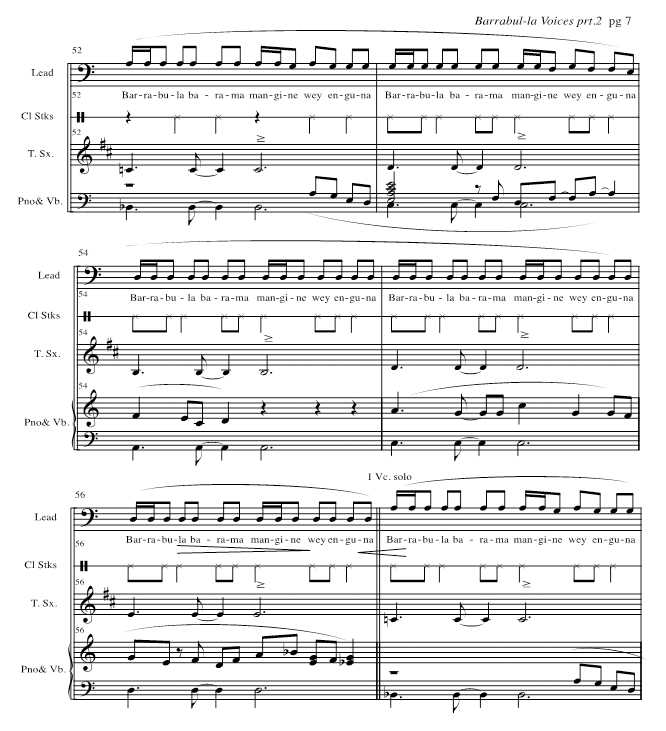
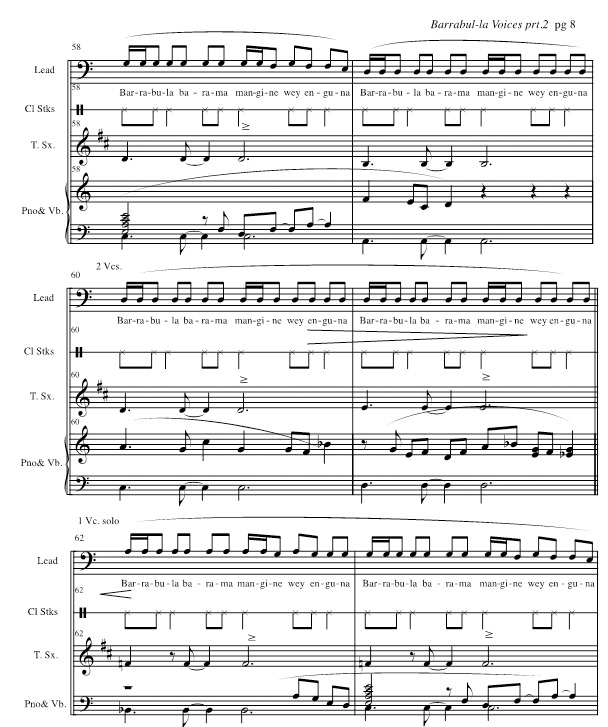
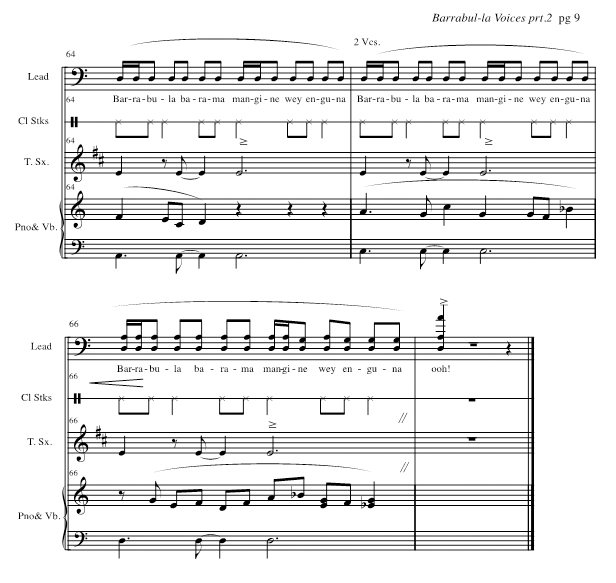


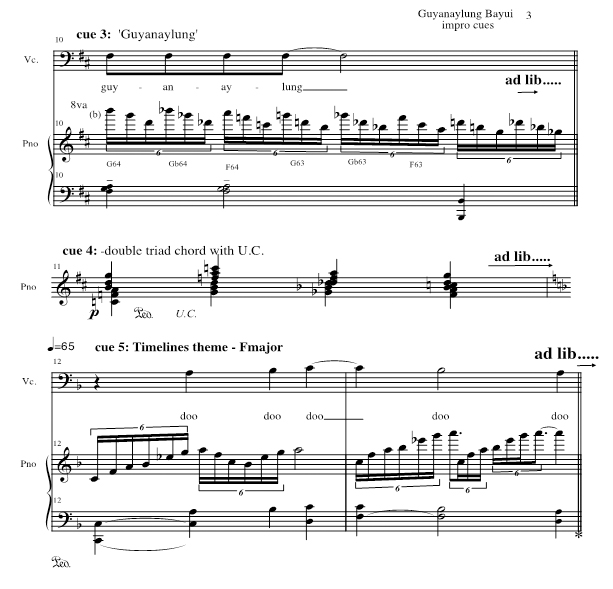

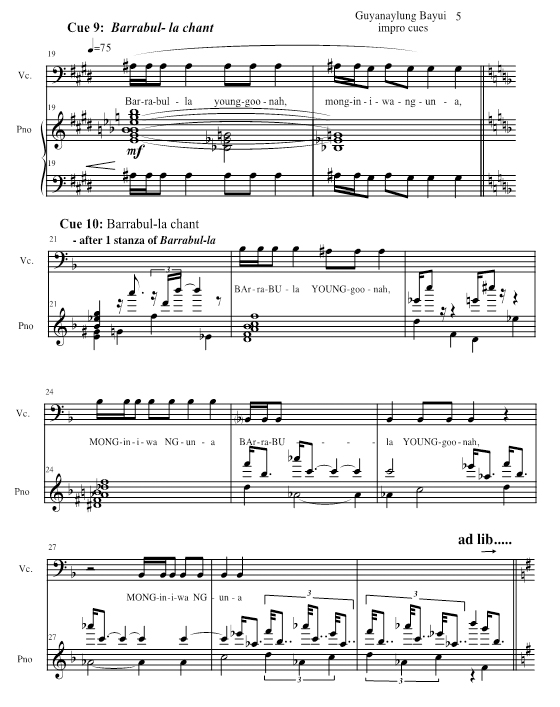
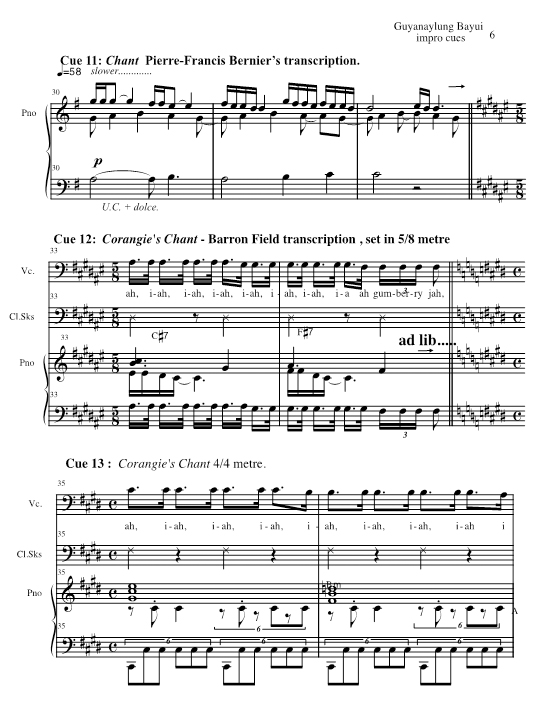
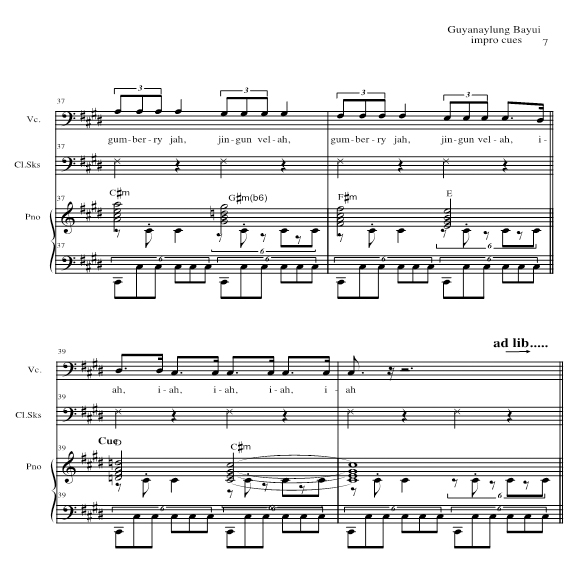
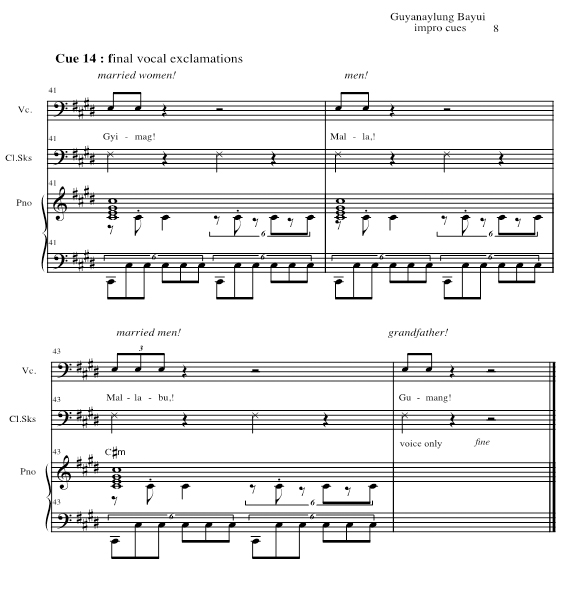
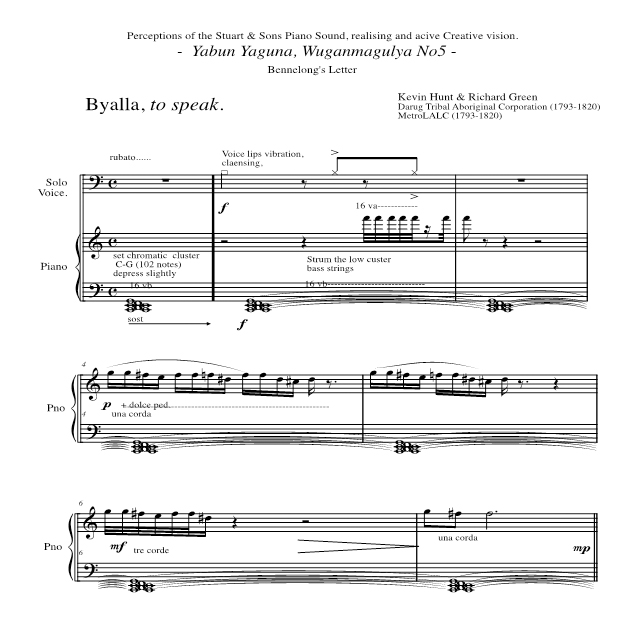


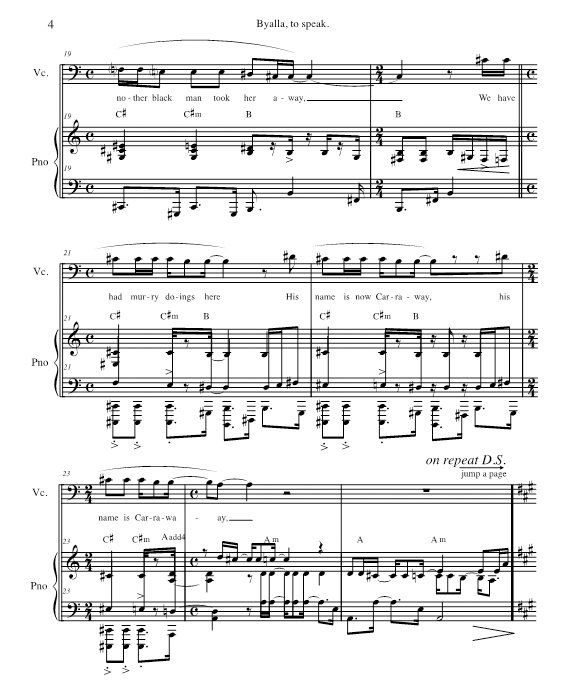
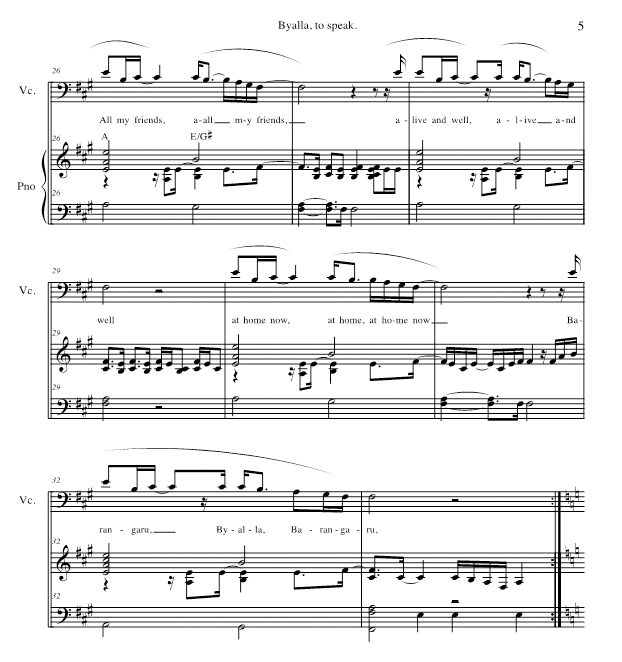
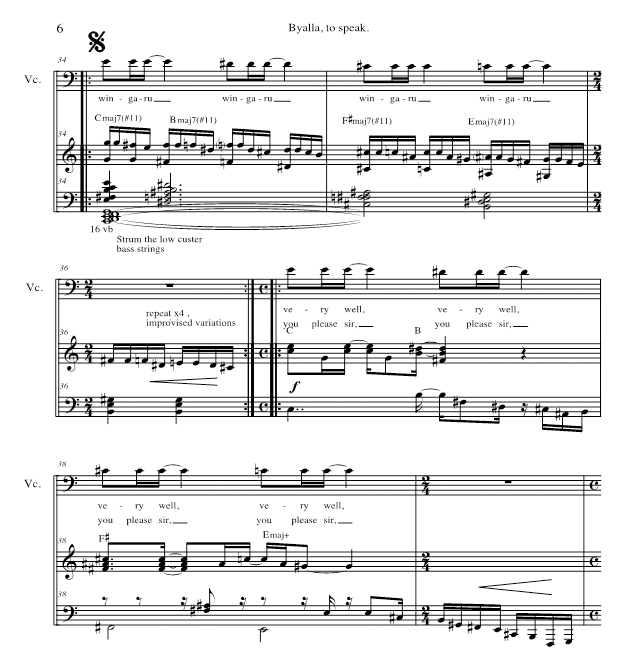

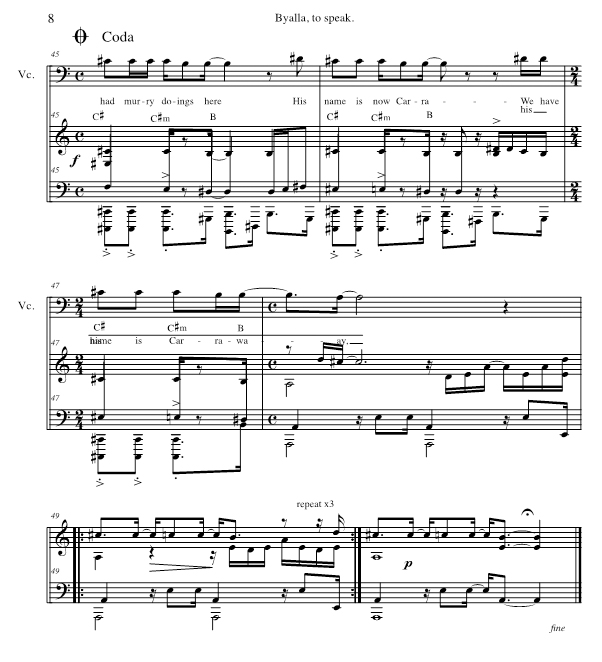
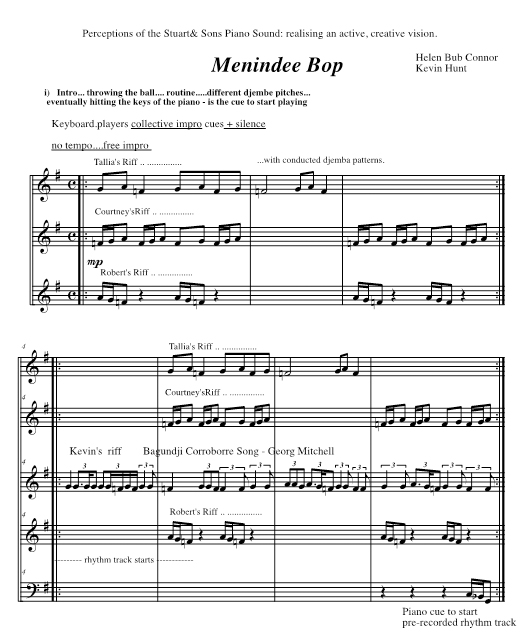
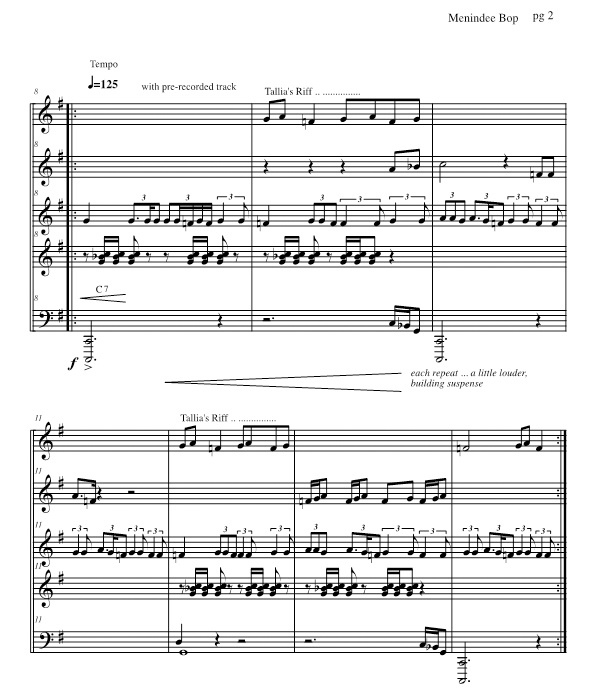
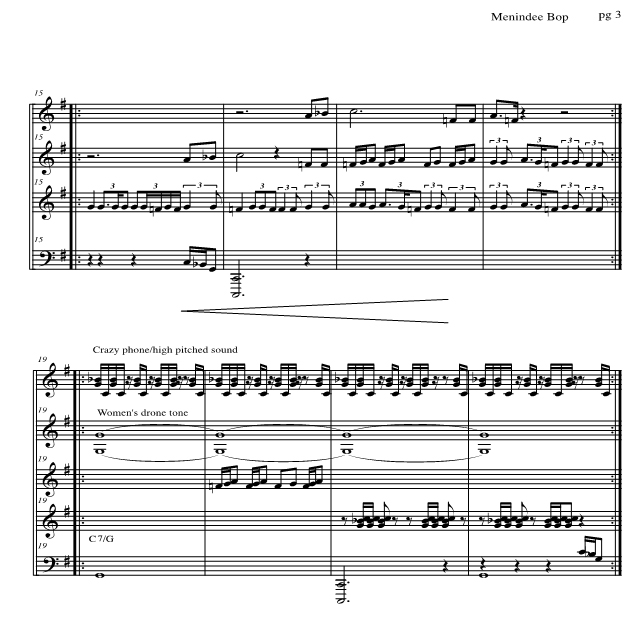
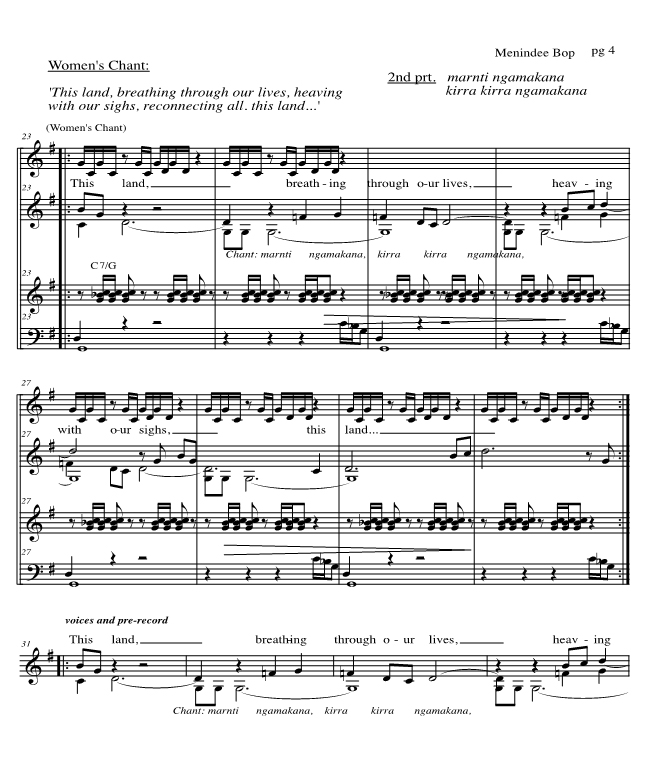
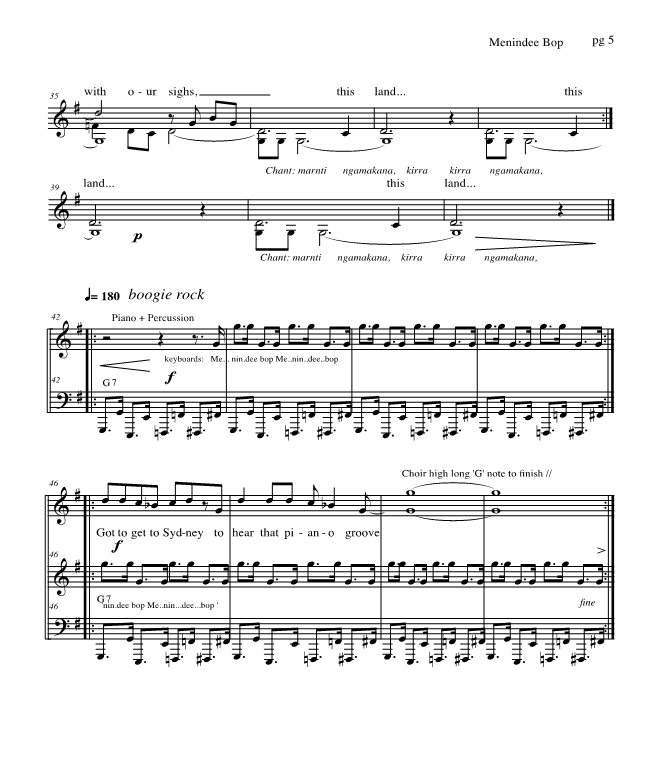

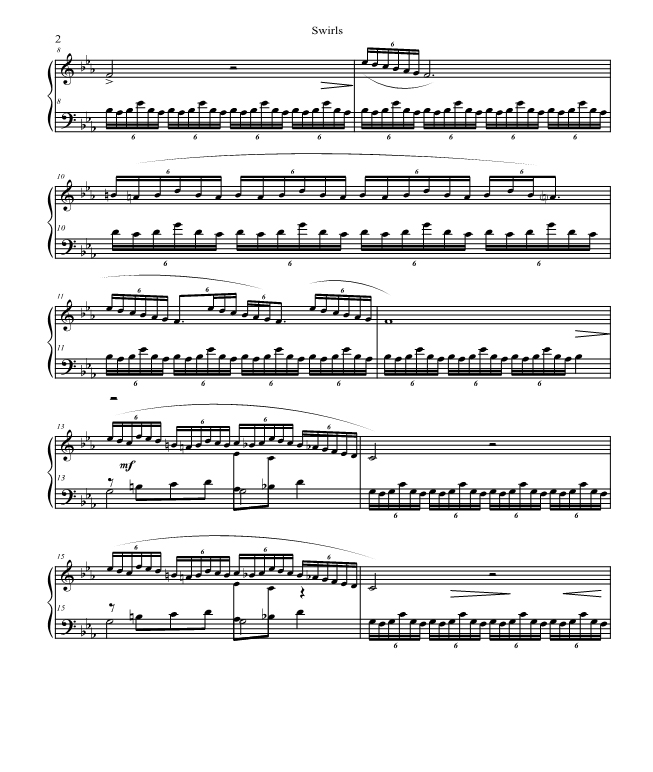
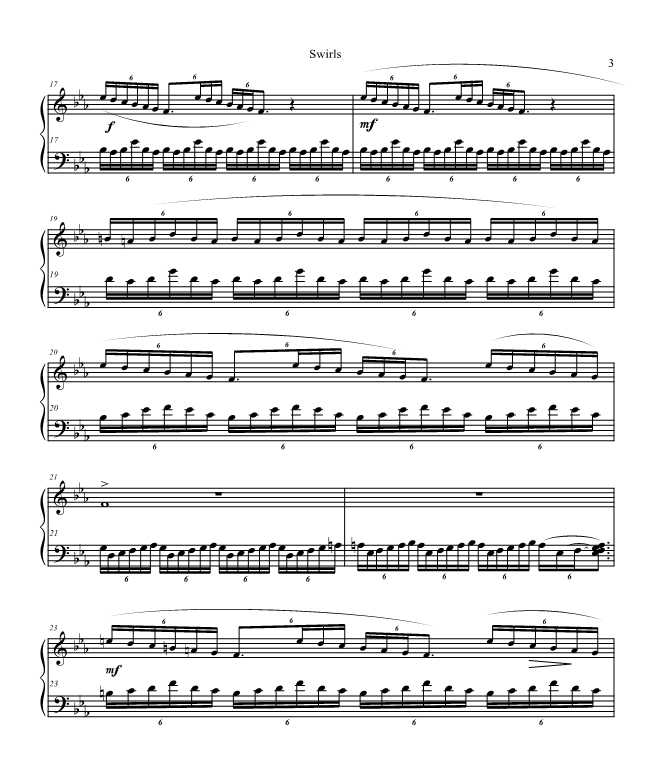
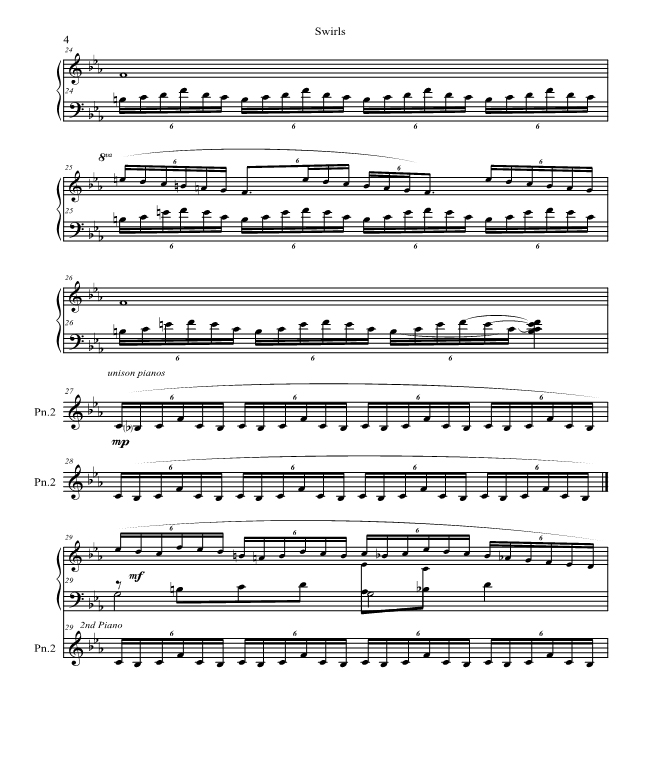

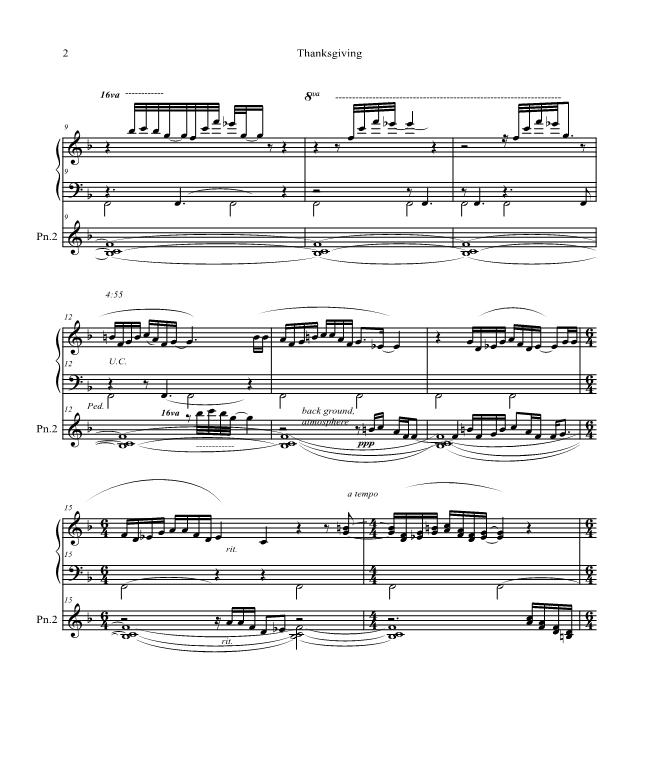
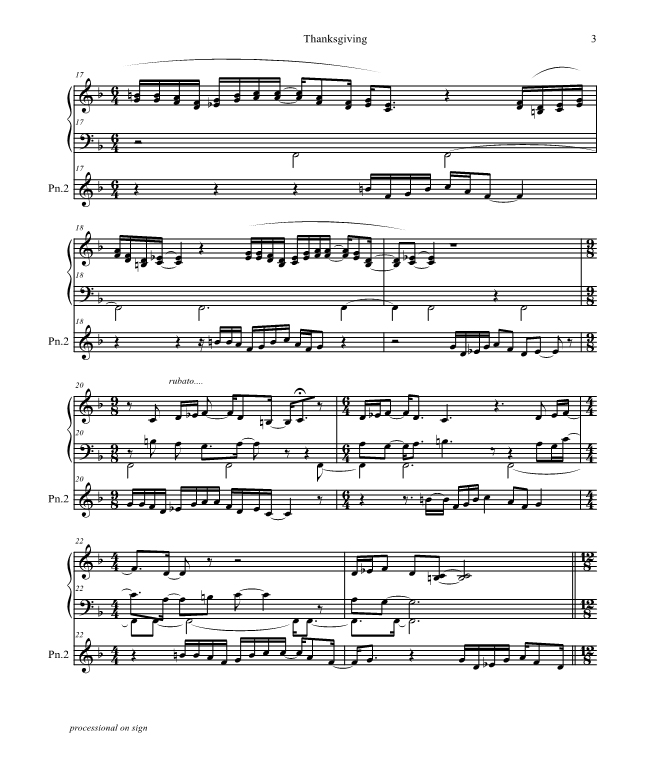
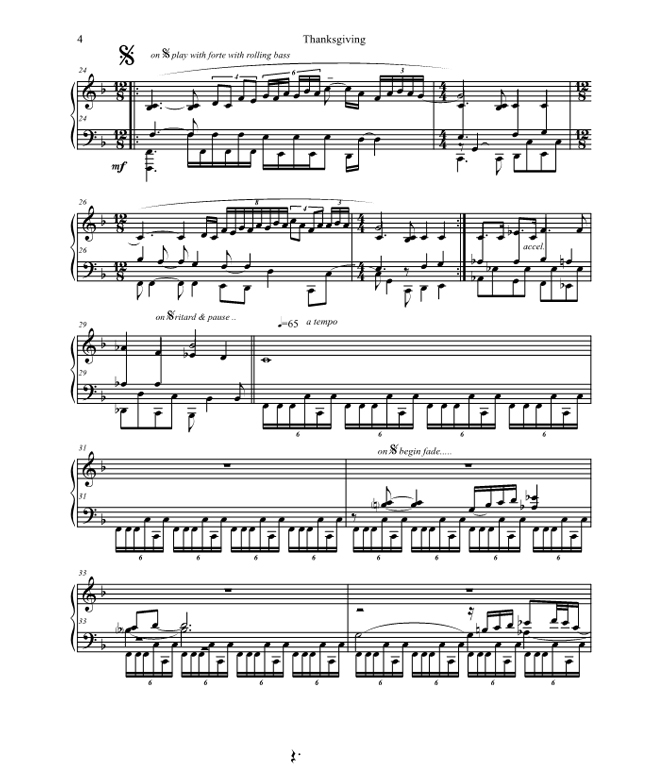
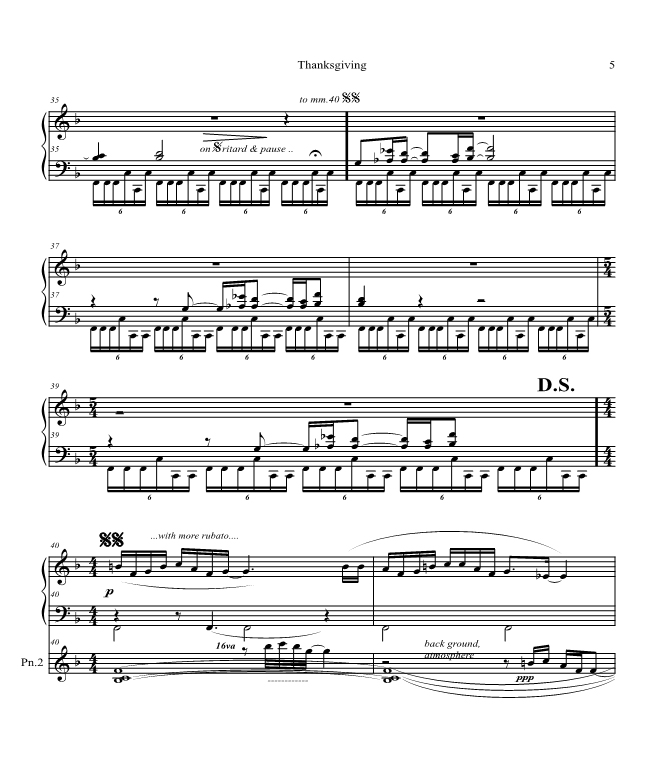
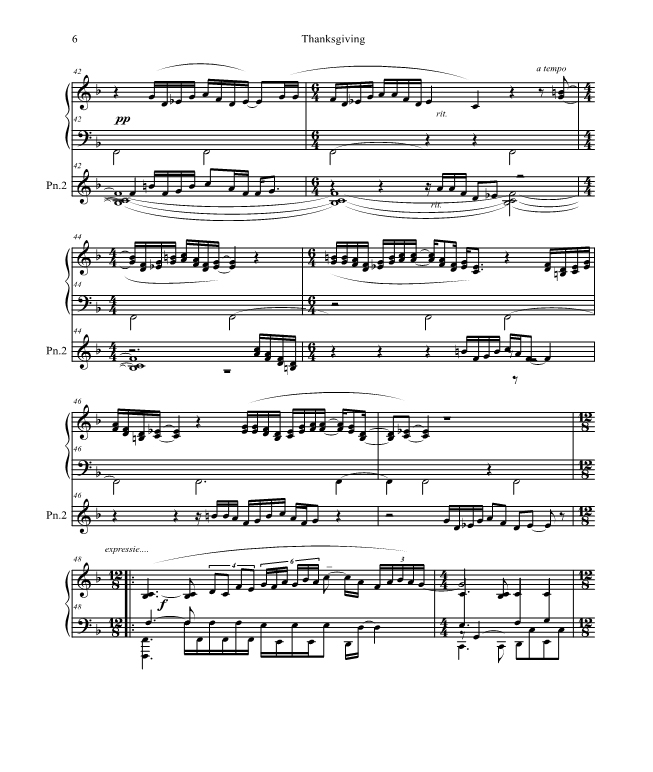
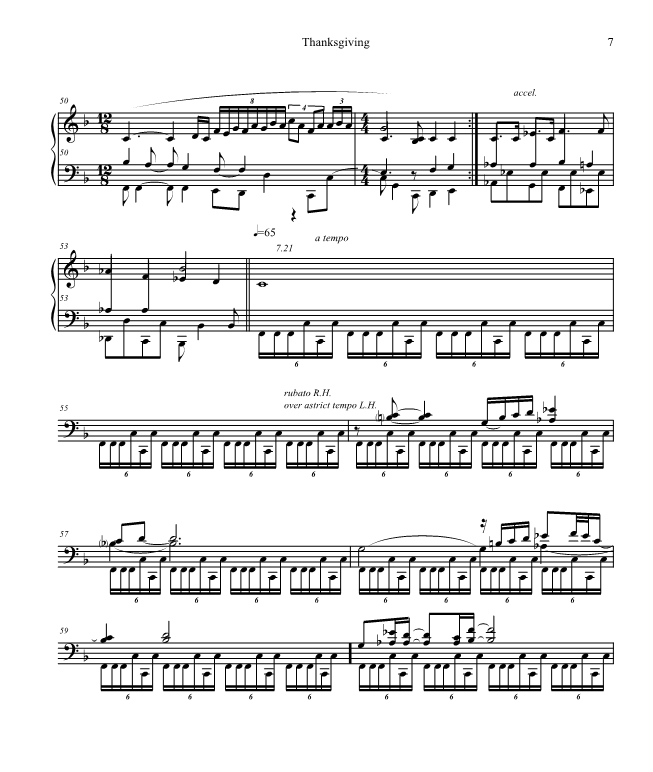

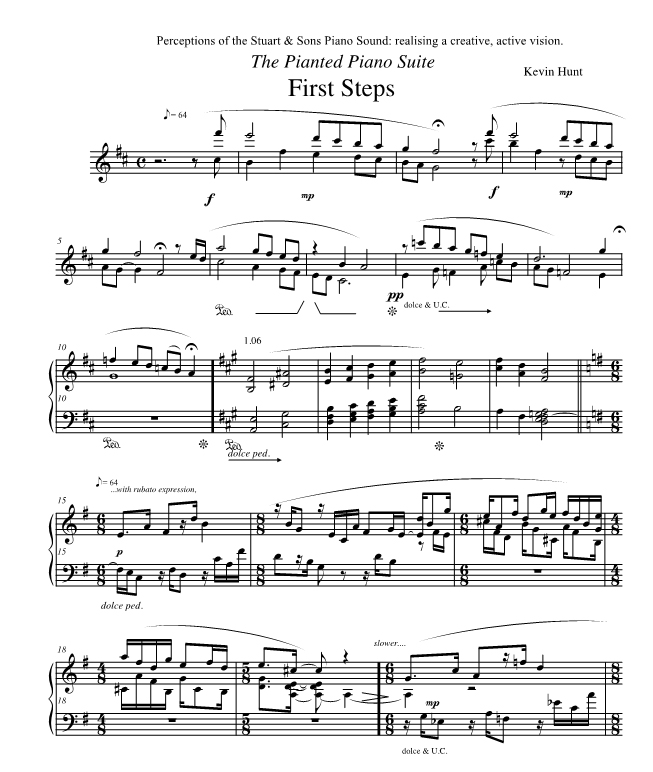

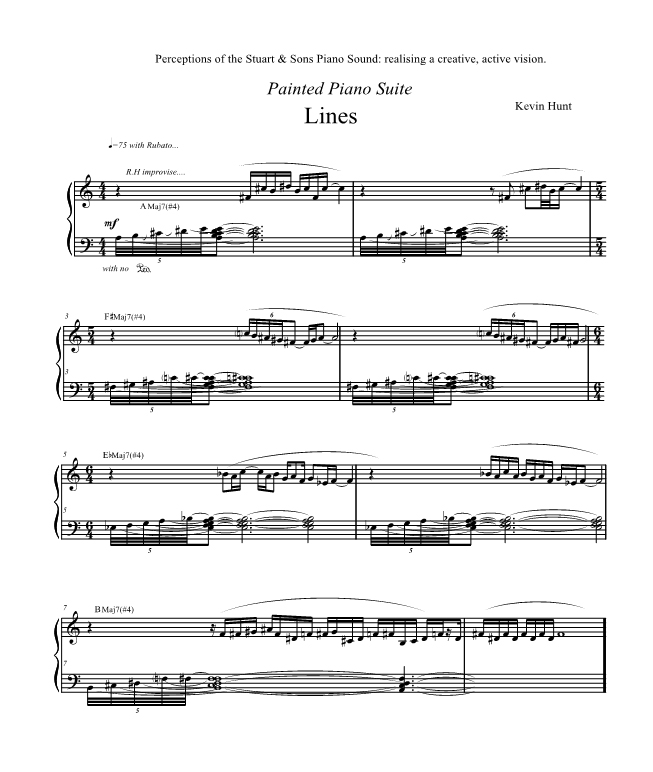
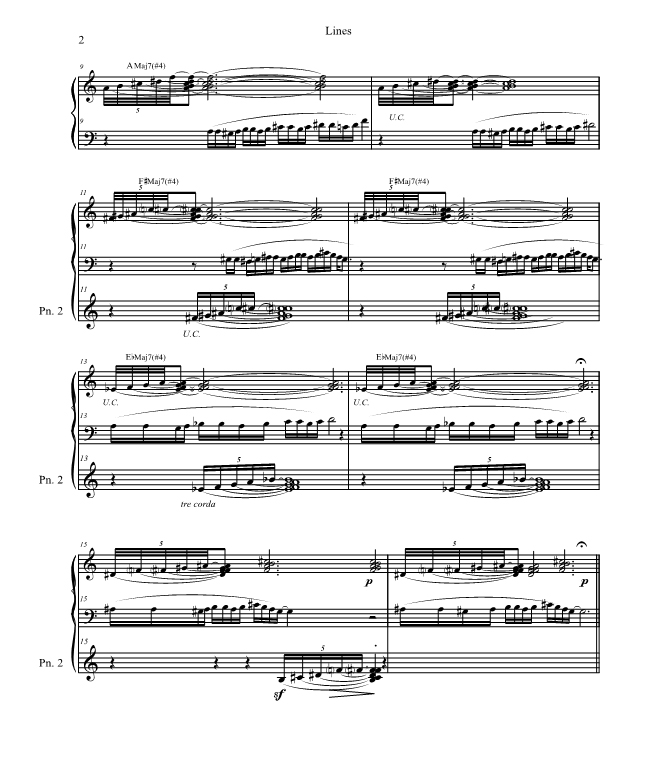
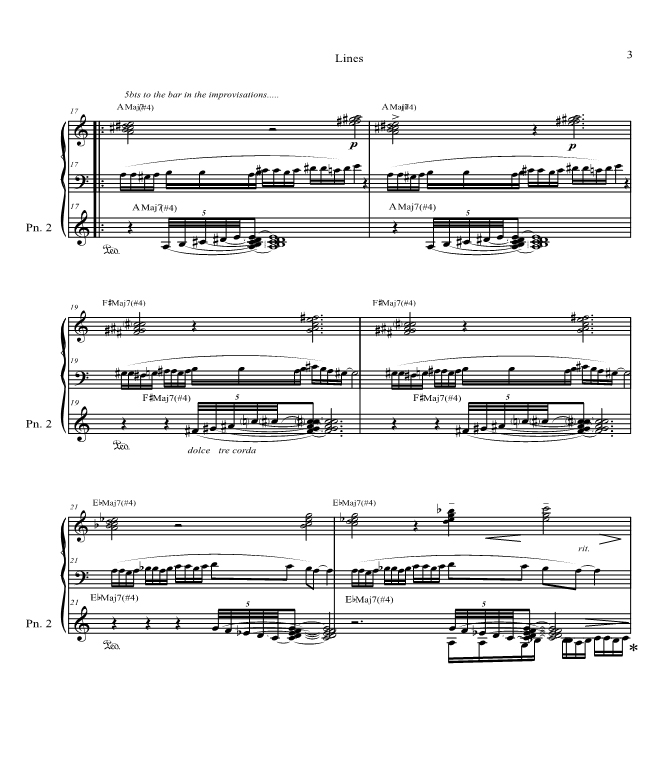
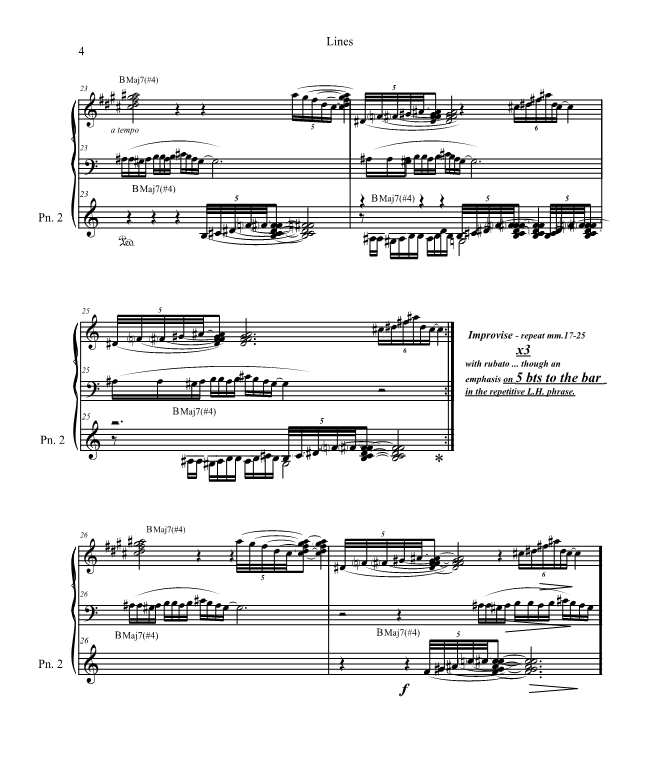
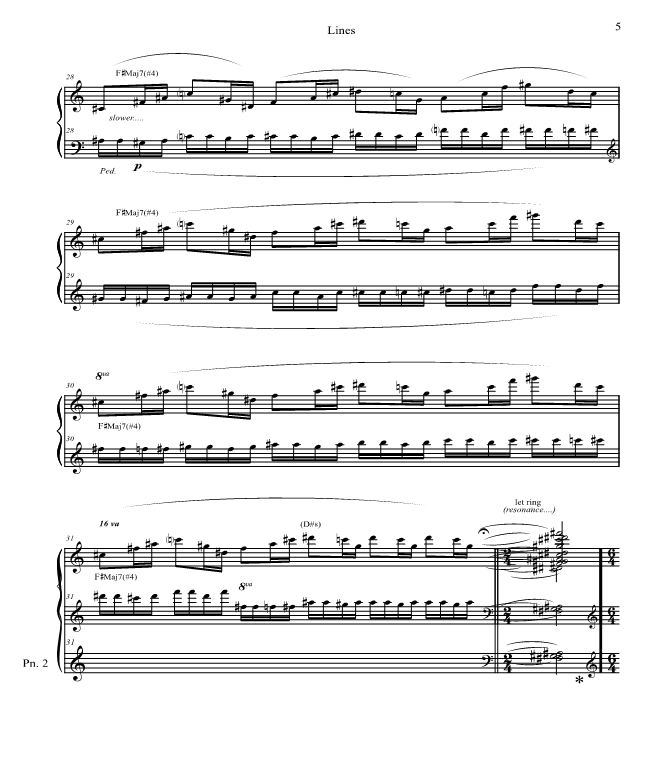


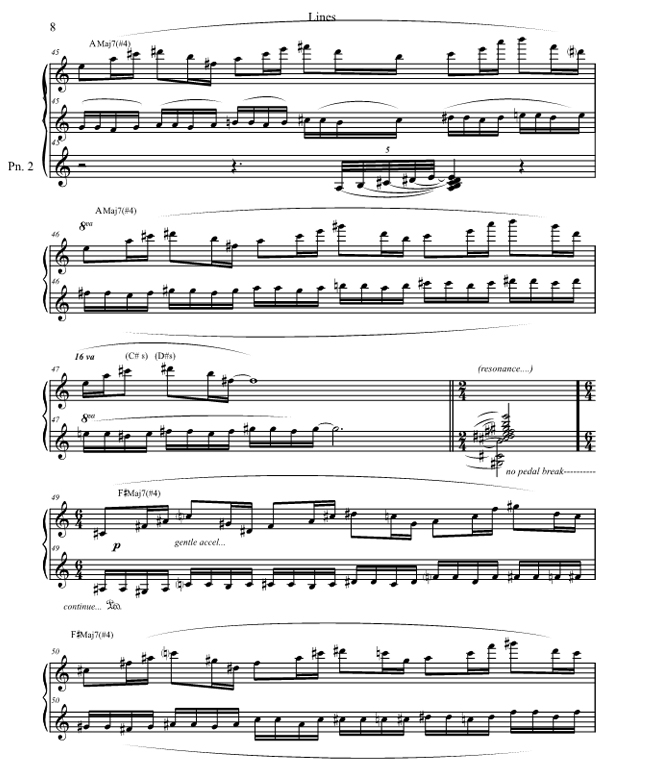
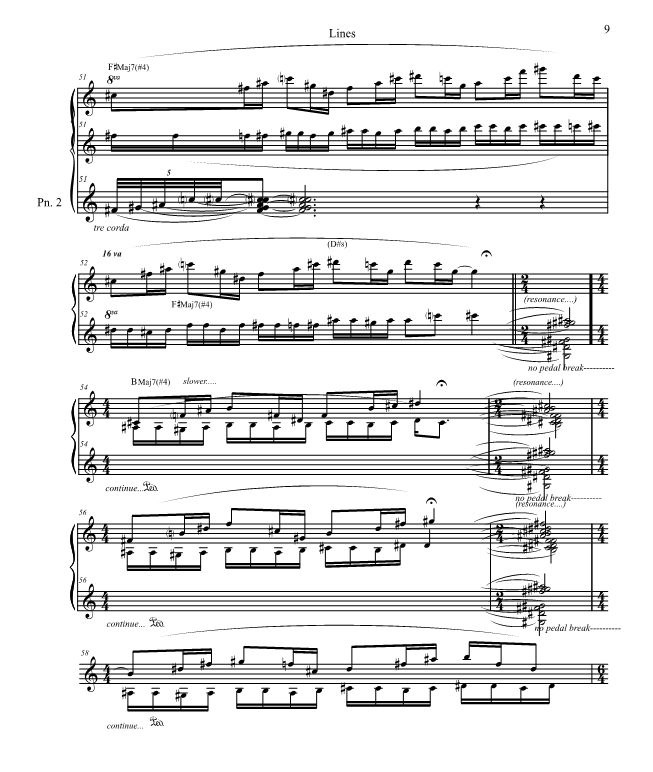
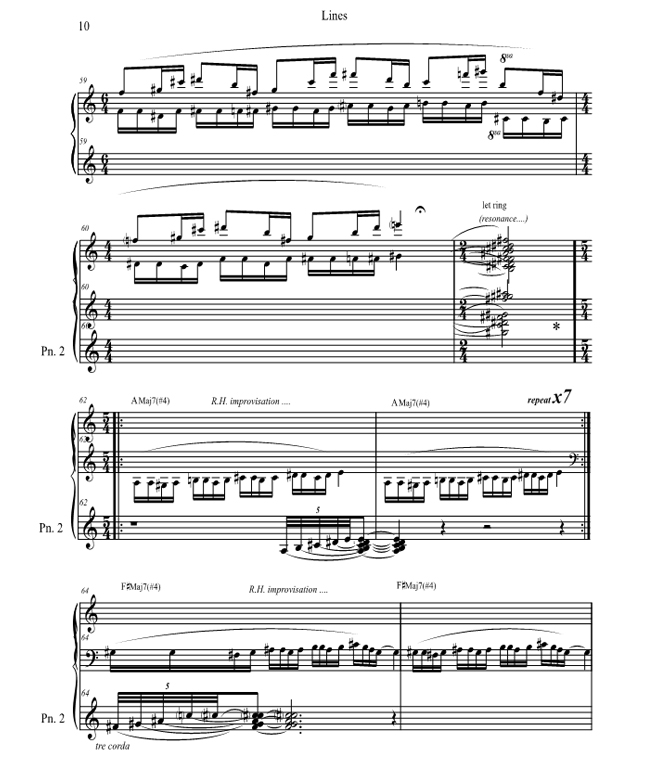
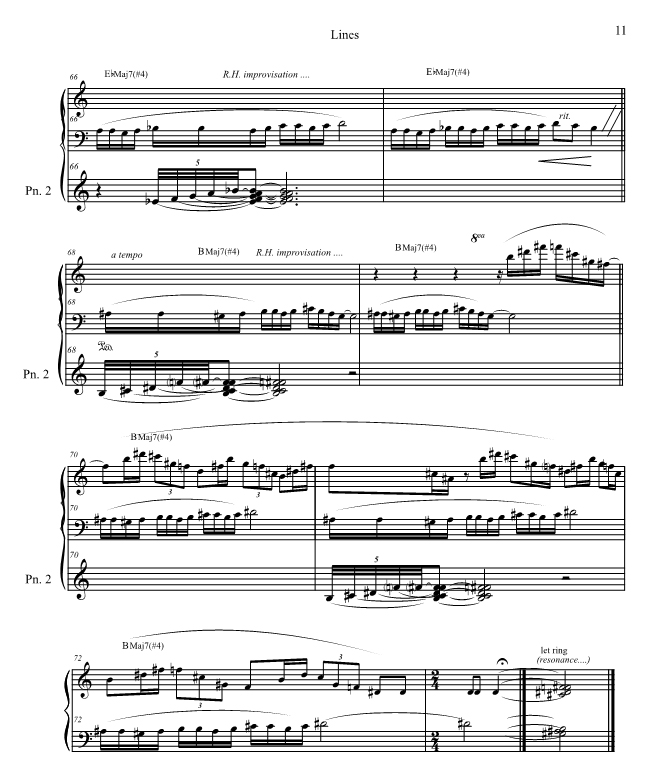
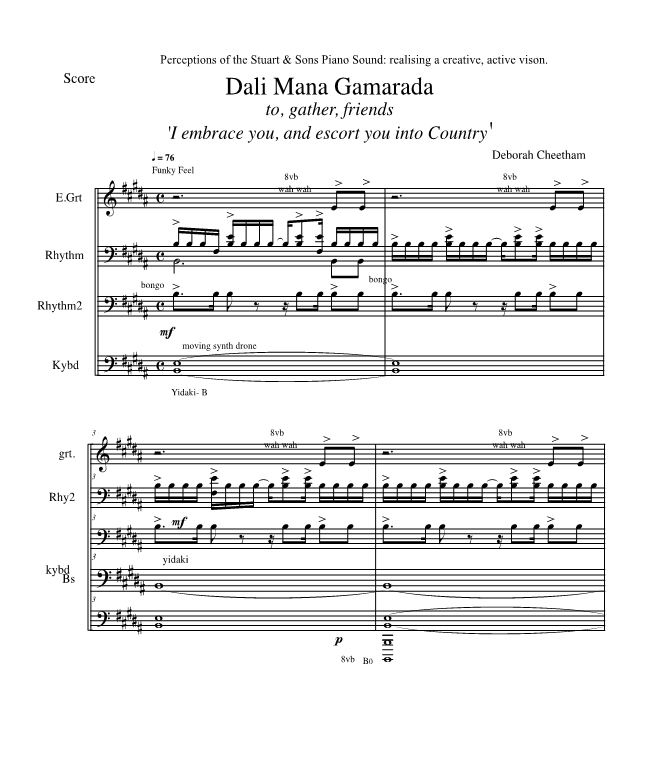
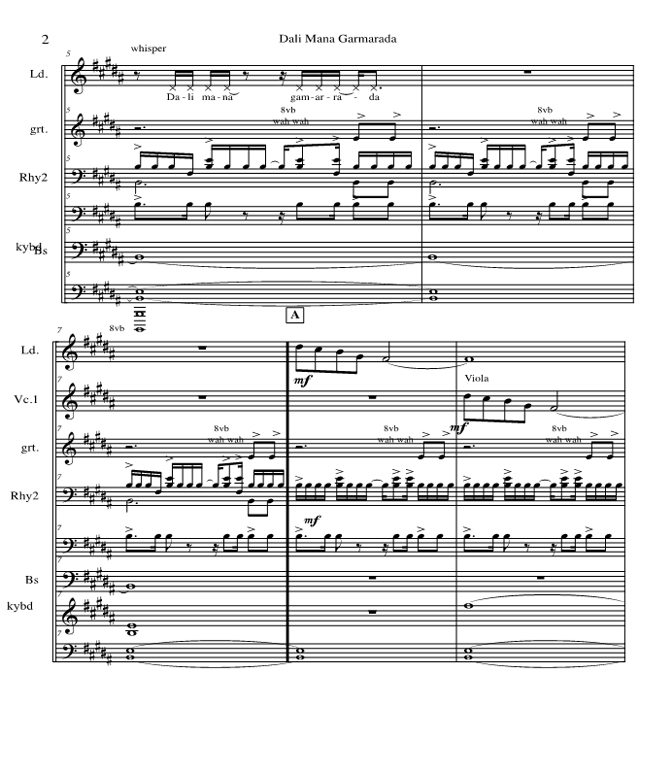
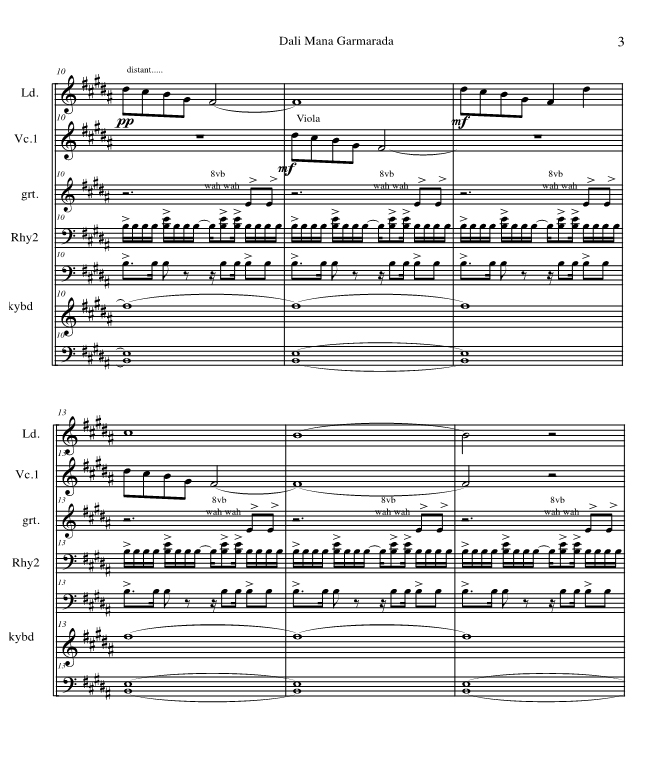
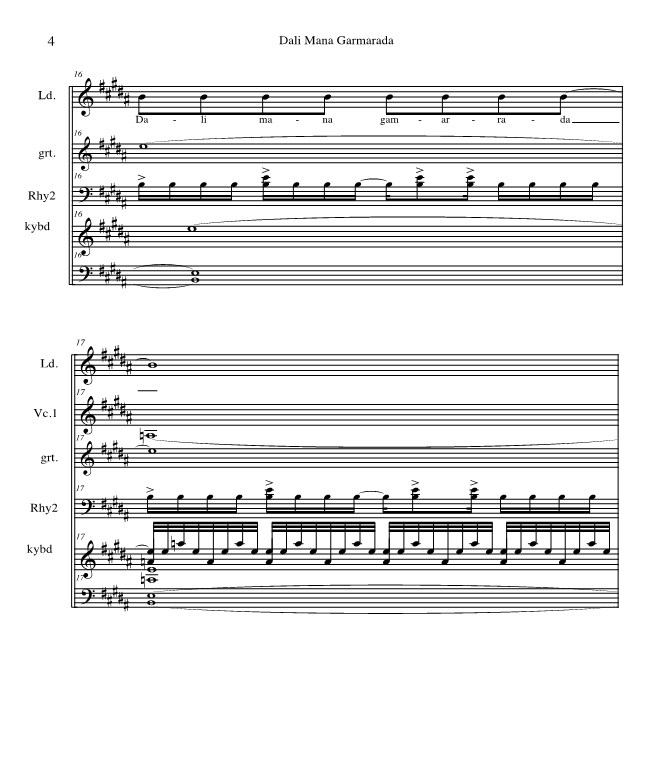
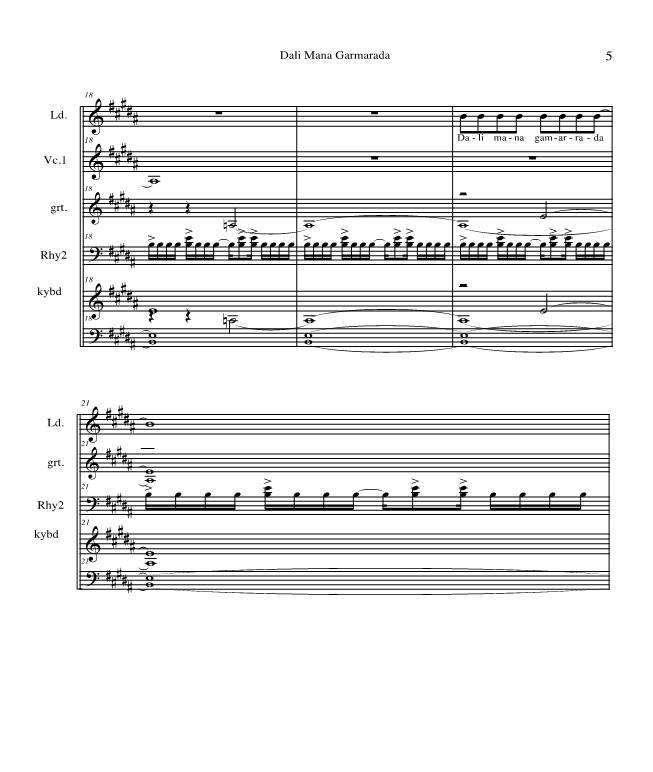
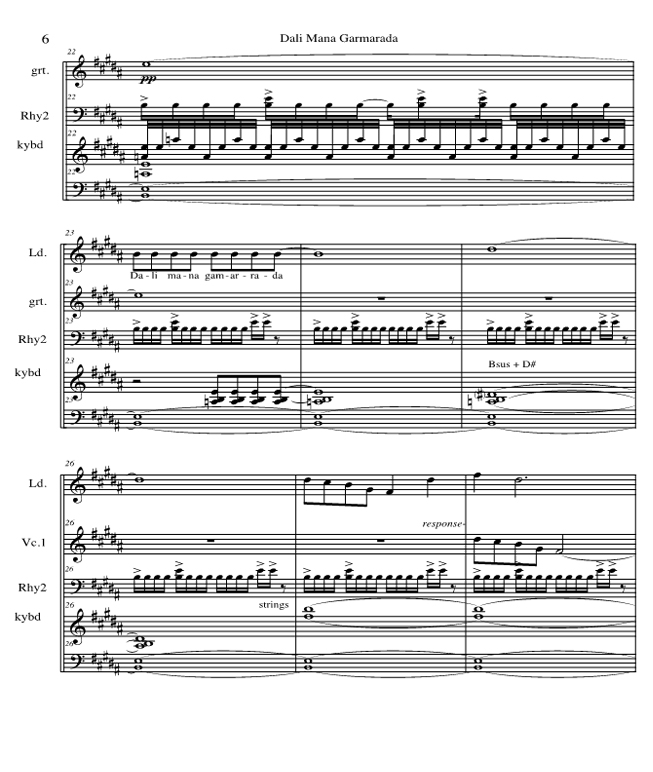
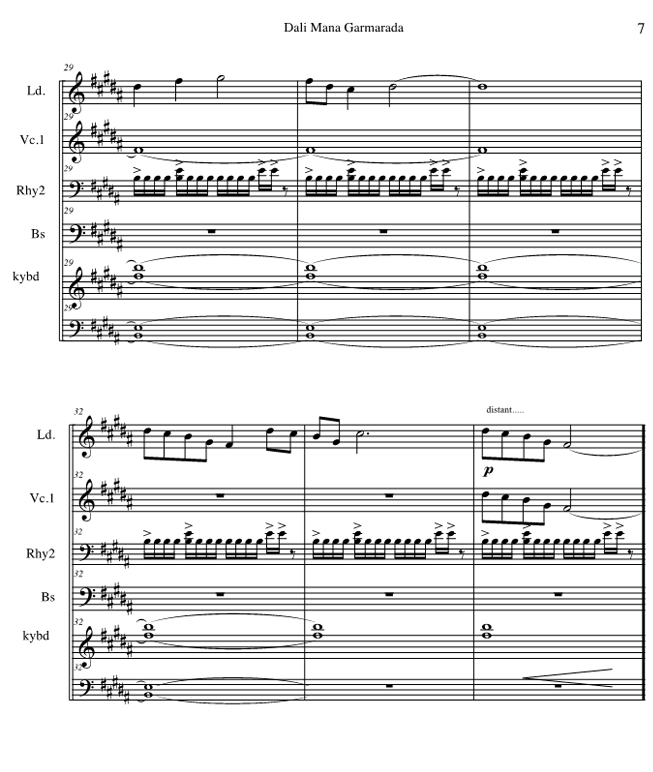
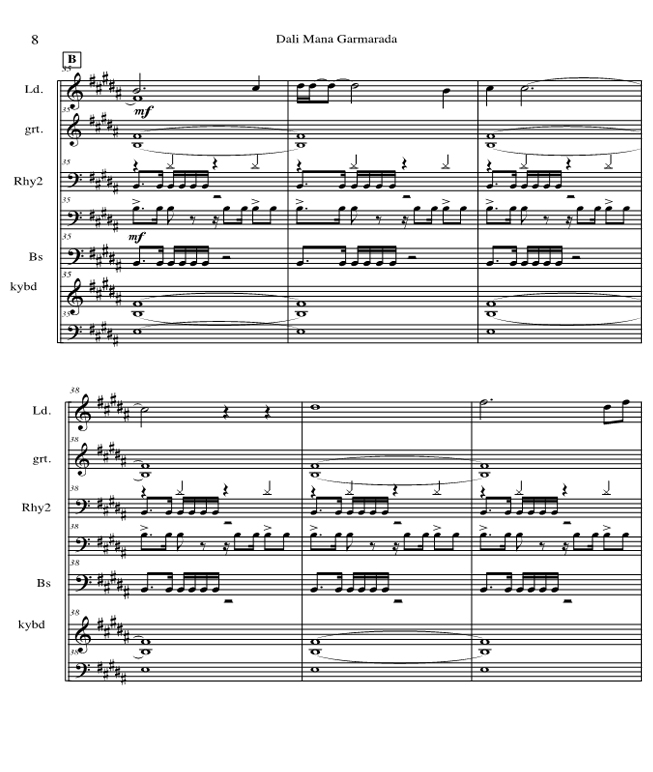
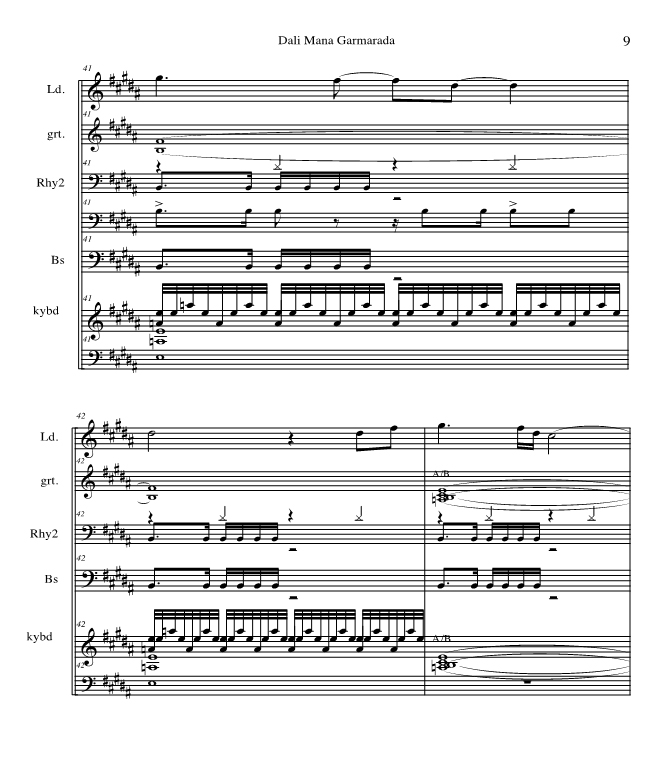
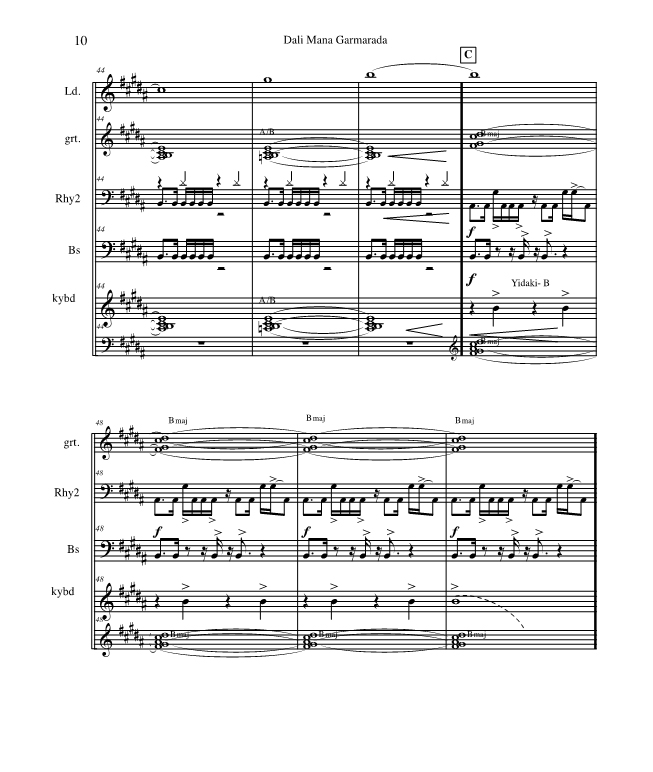
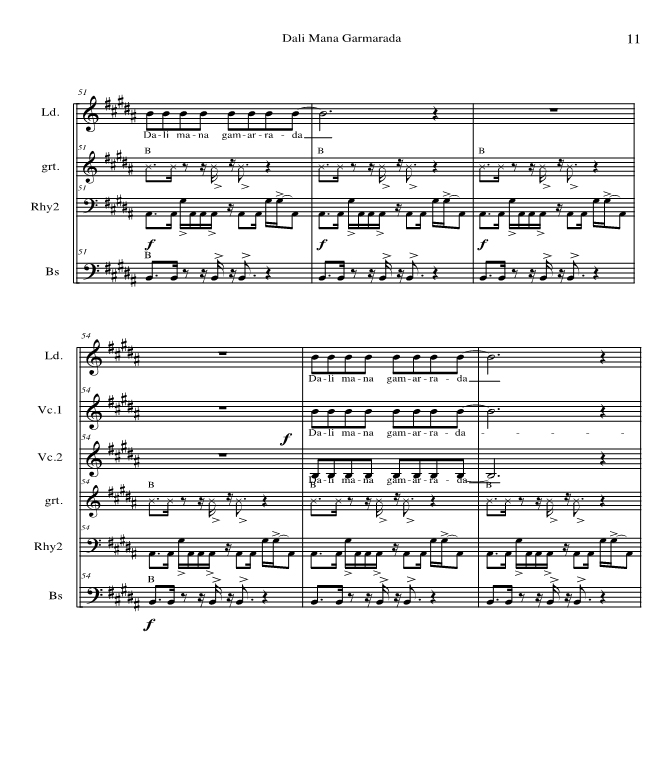
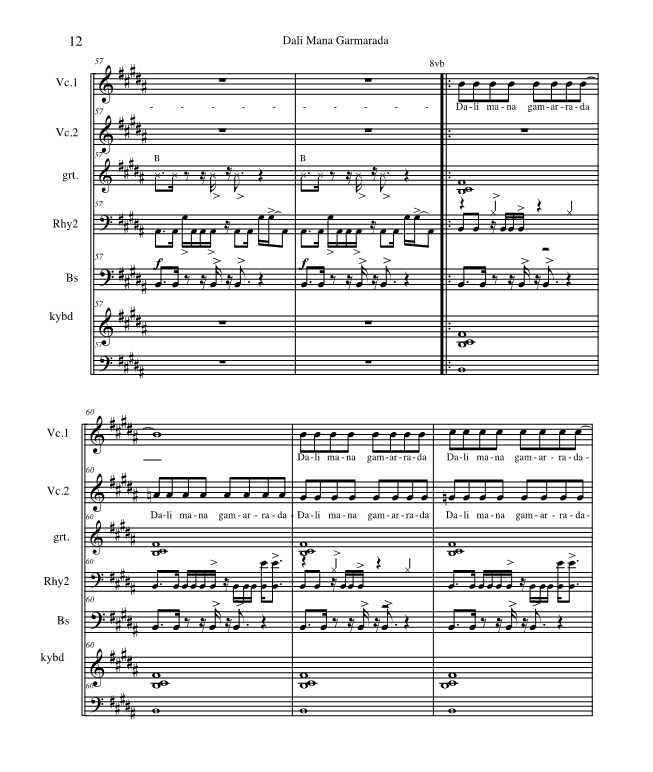
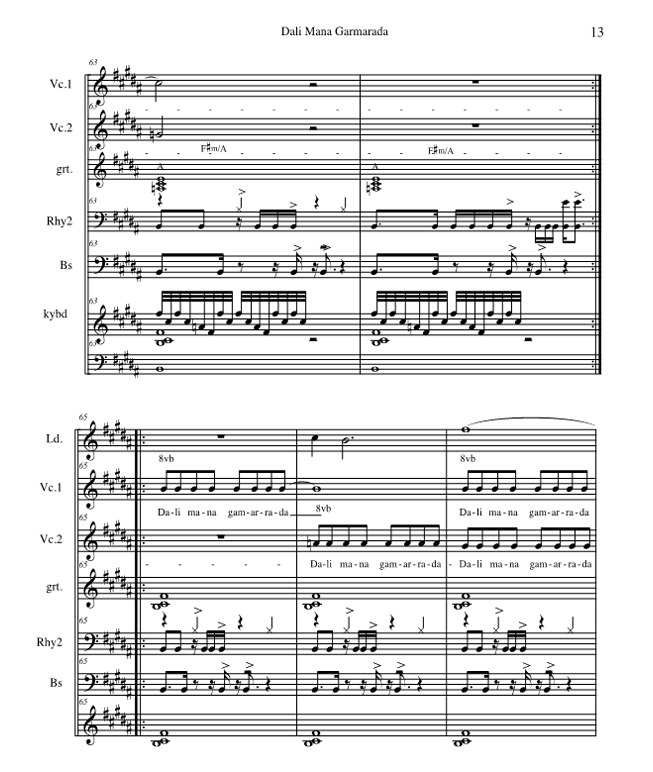
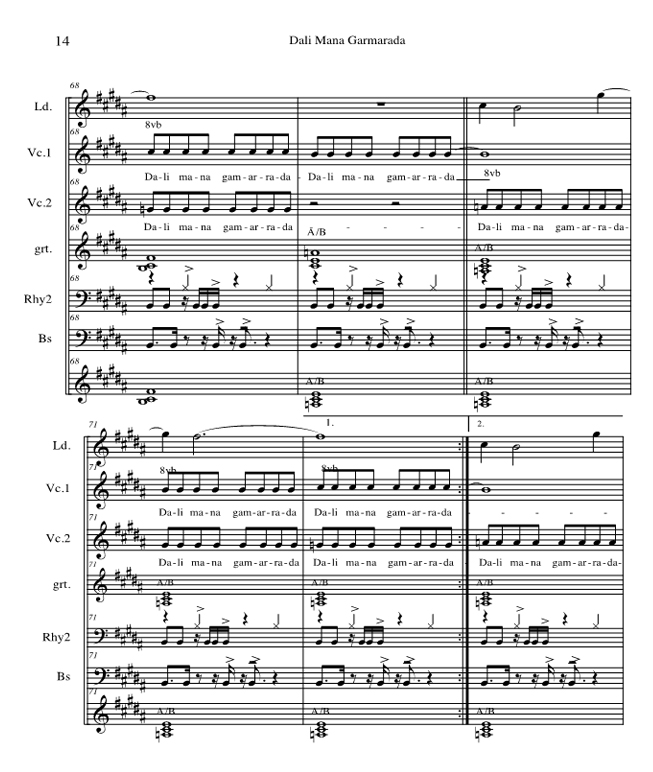
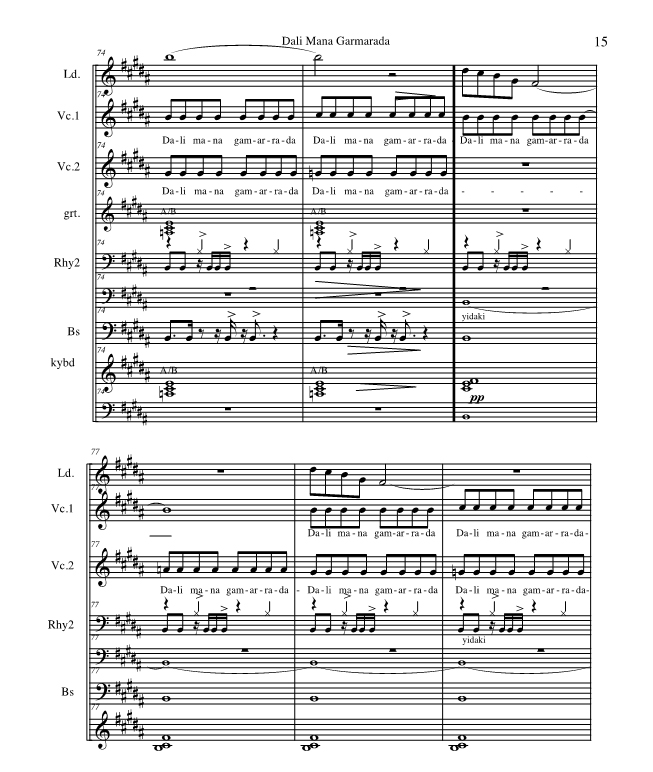

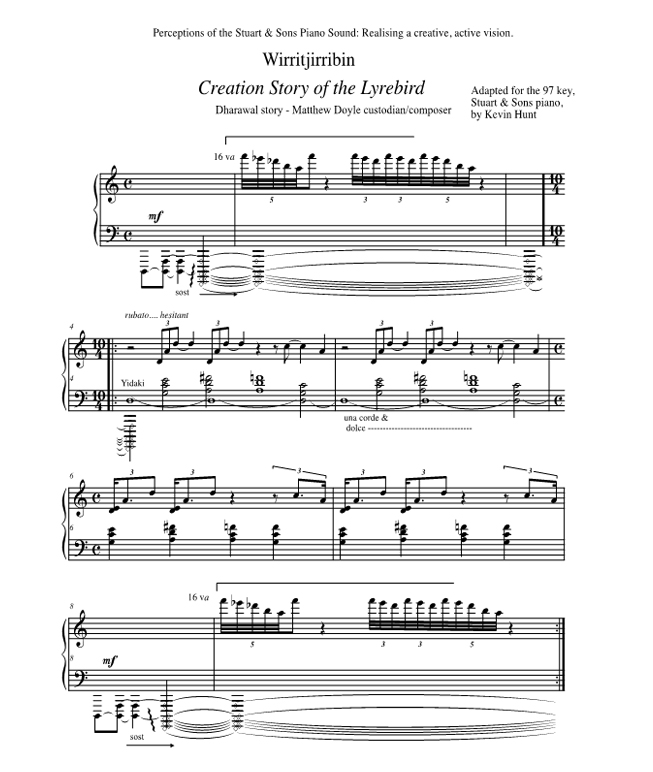

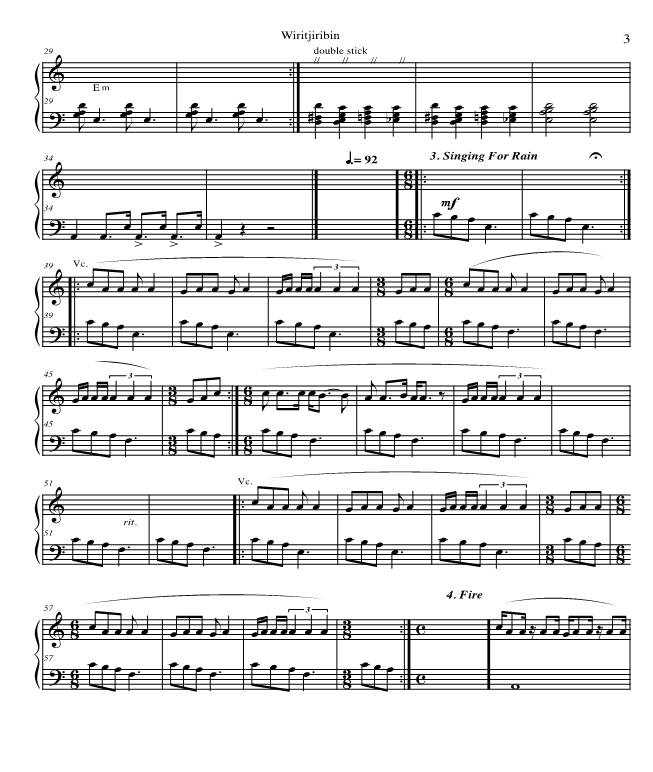

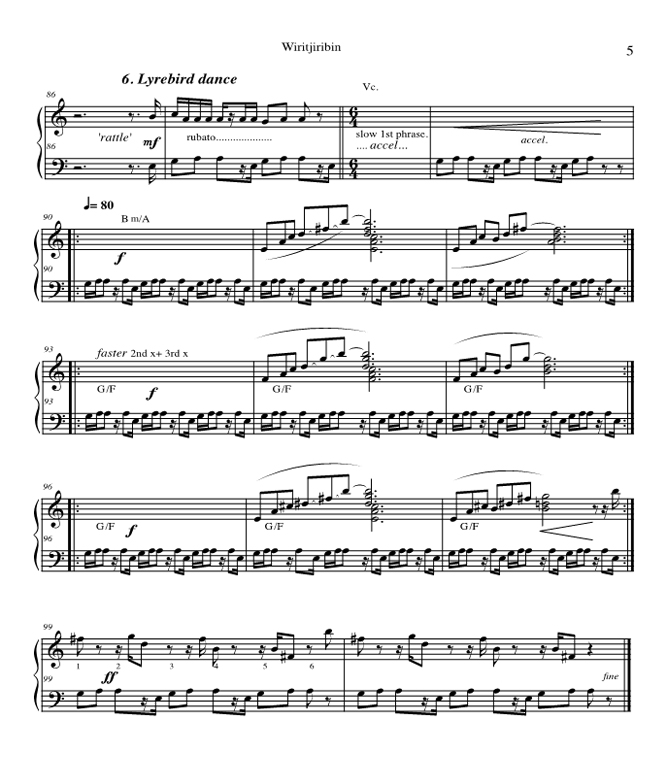
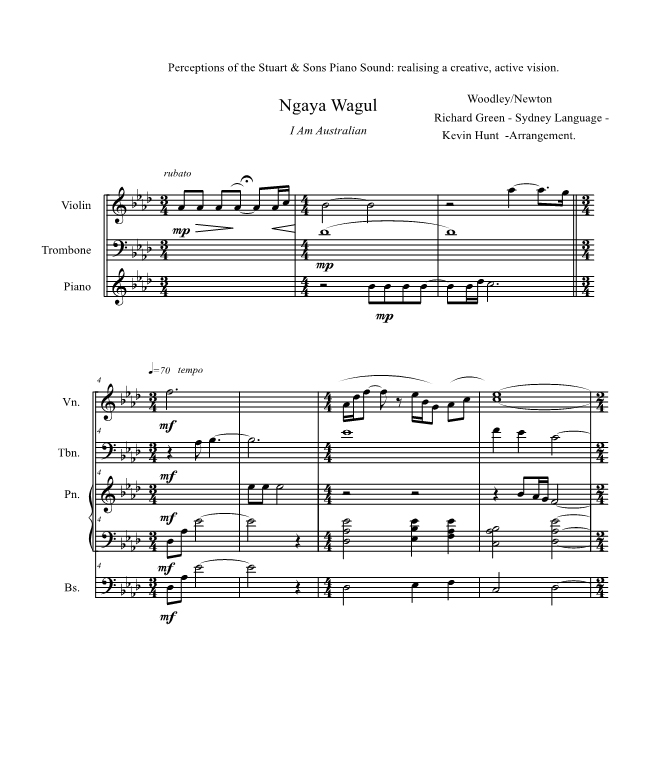

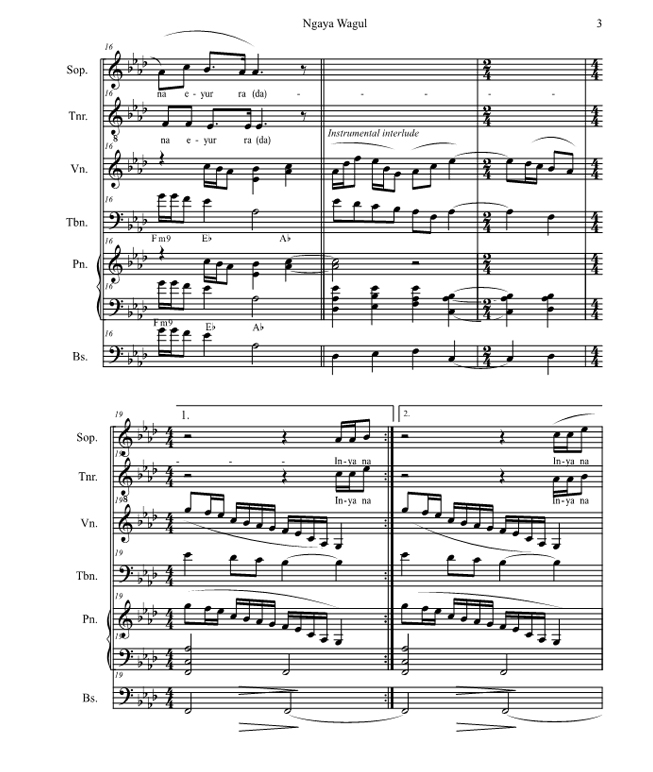
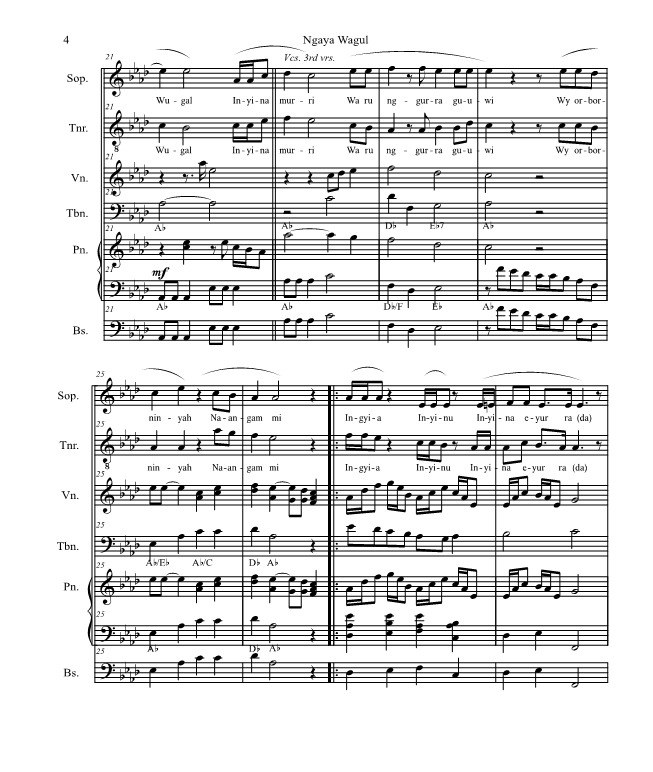
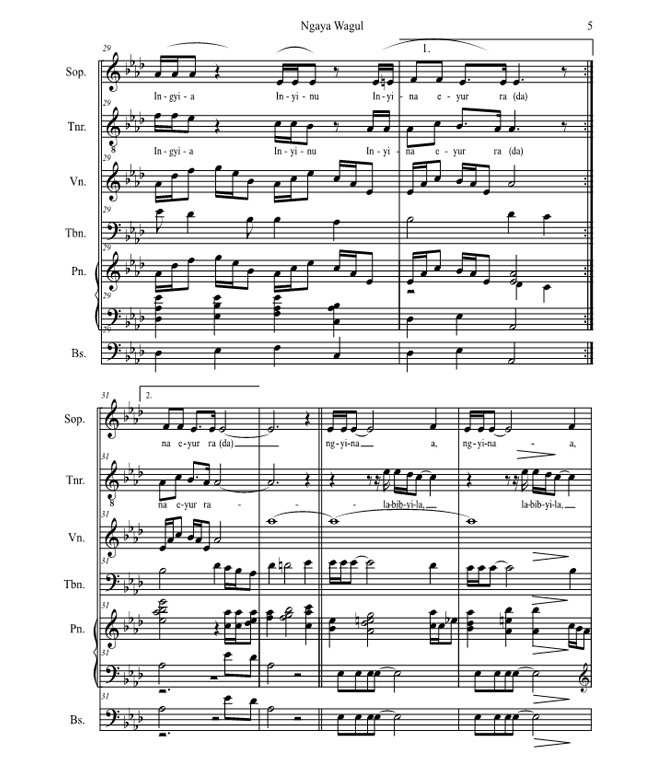
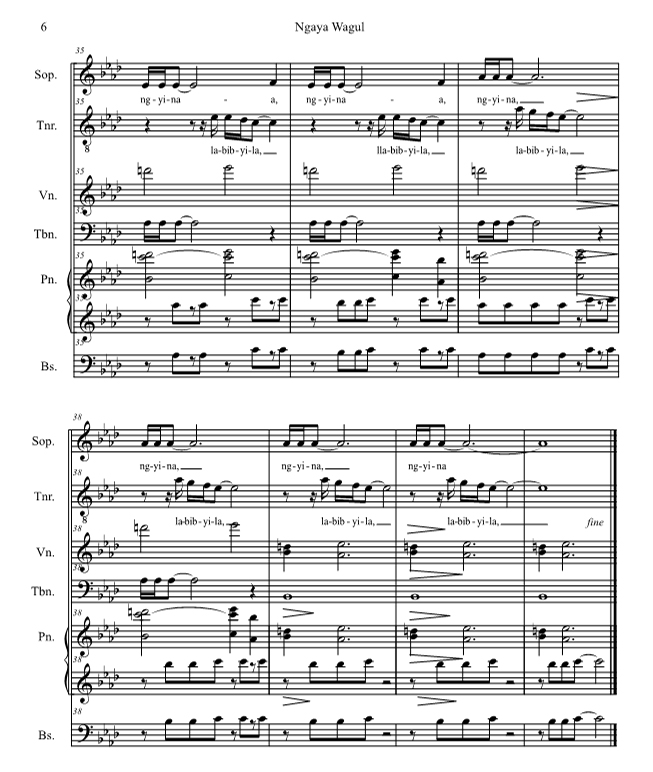











 Touring SoundCircle : front row – Jenna Lewis, Crystal Wang, Charlotte Gaal;
Touring SoundCircle : front row – Jenna Lewis, Crystal Wang, Charlotte Gaal; Creation grounds – Narran Lakes- Crystal Wang
Creation grounds – Narran Lakes- Crystal Wang